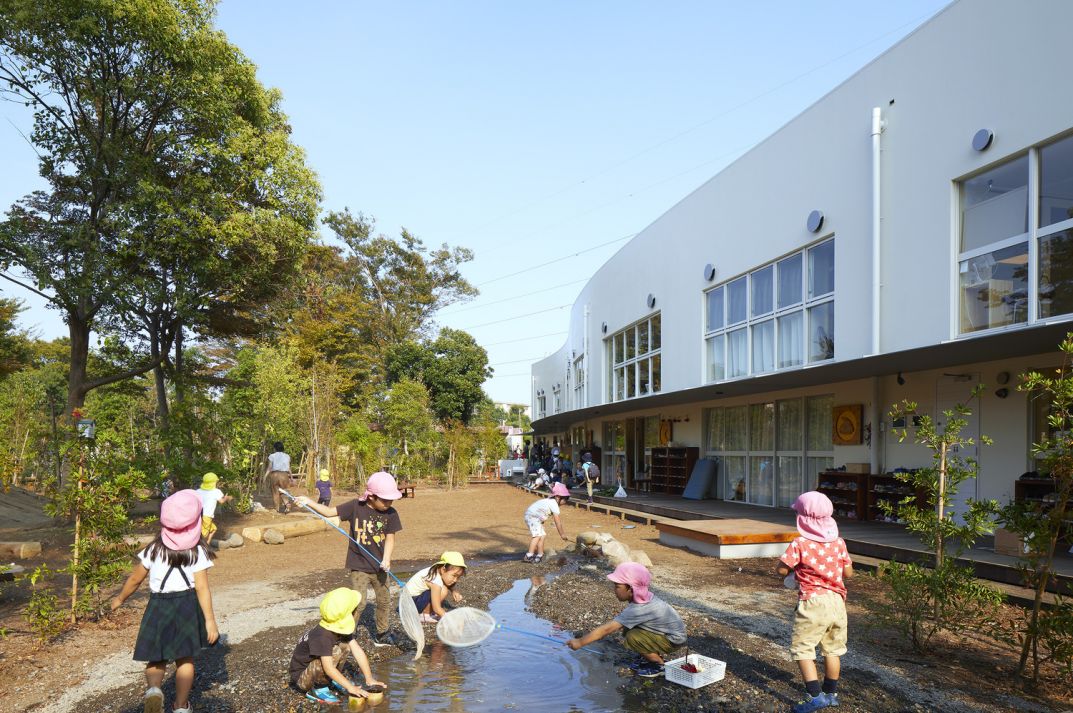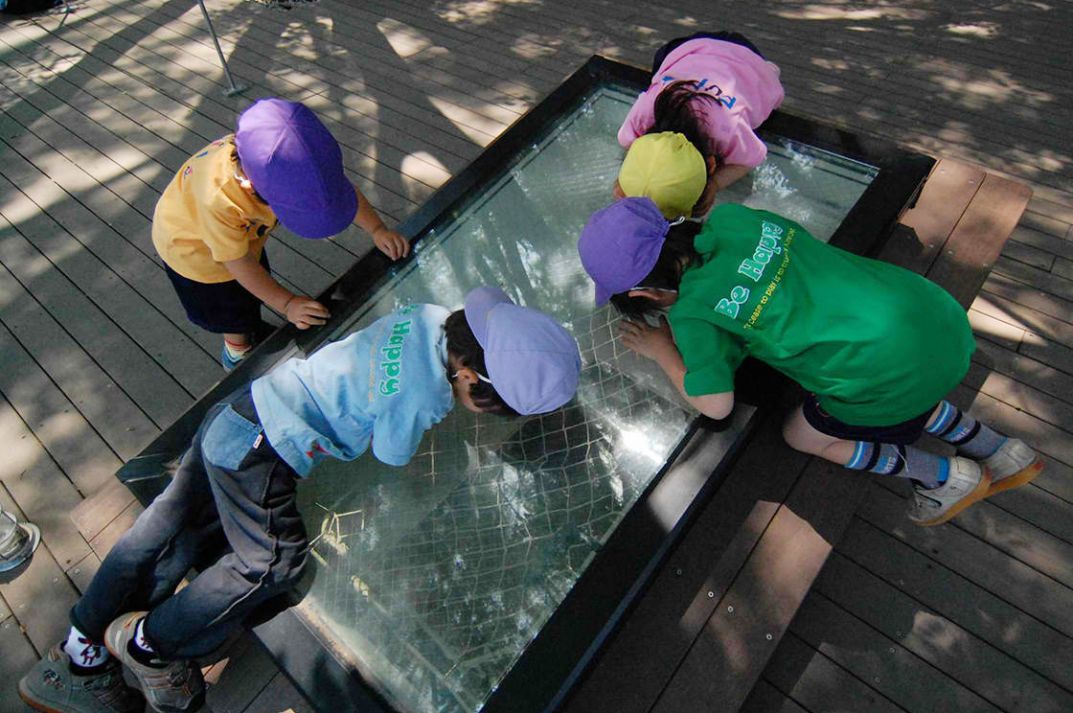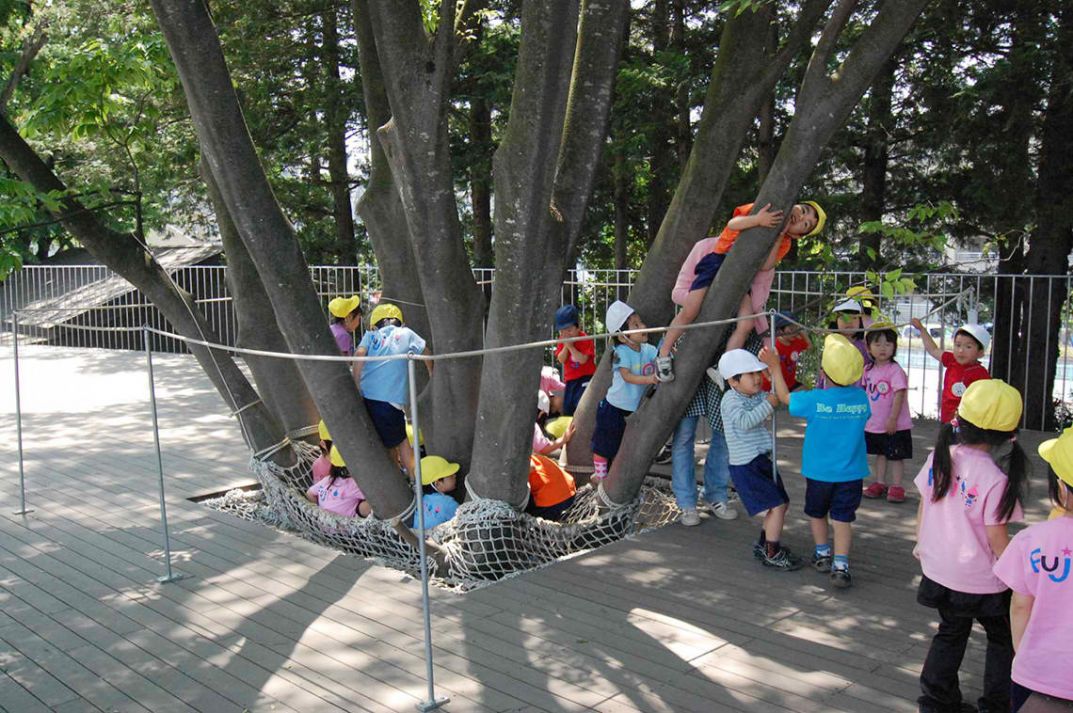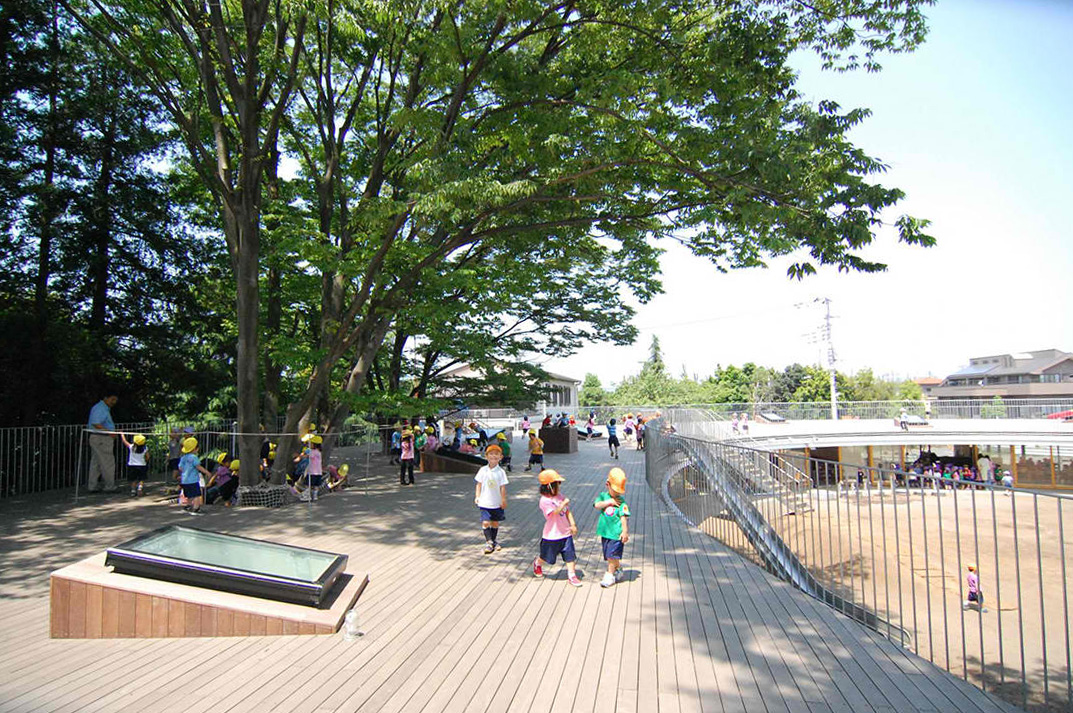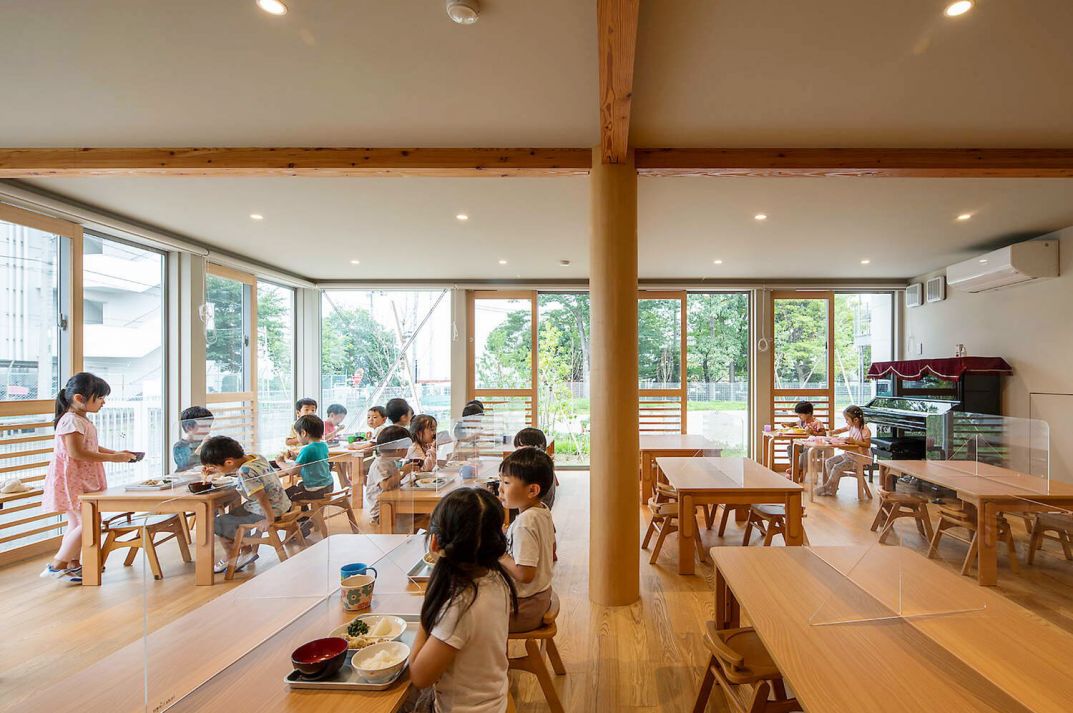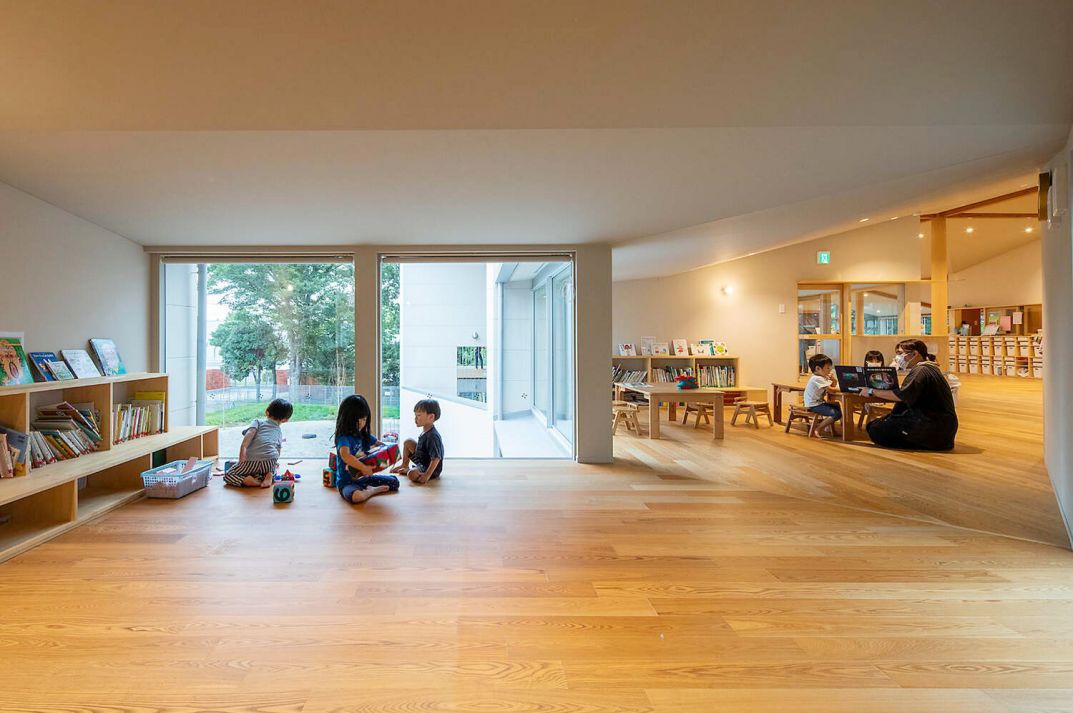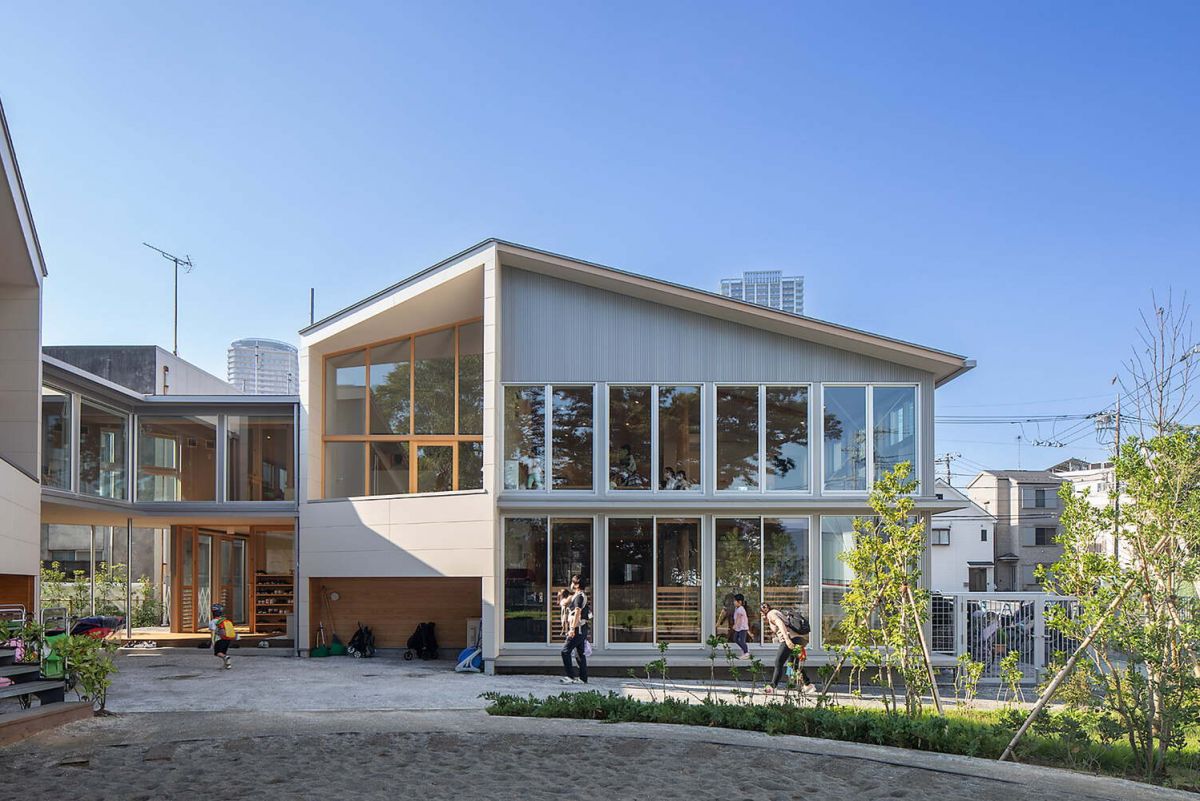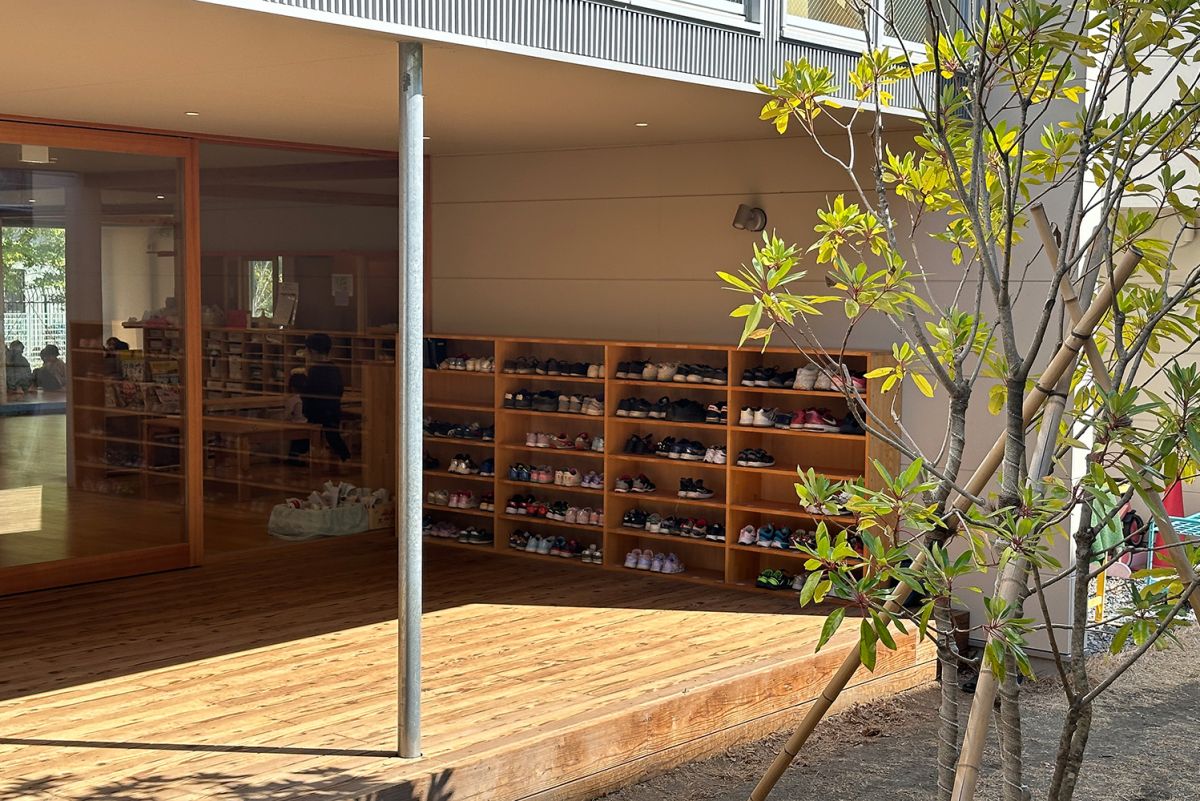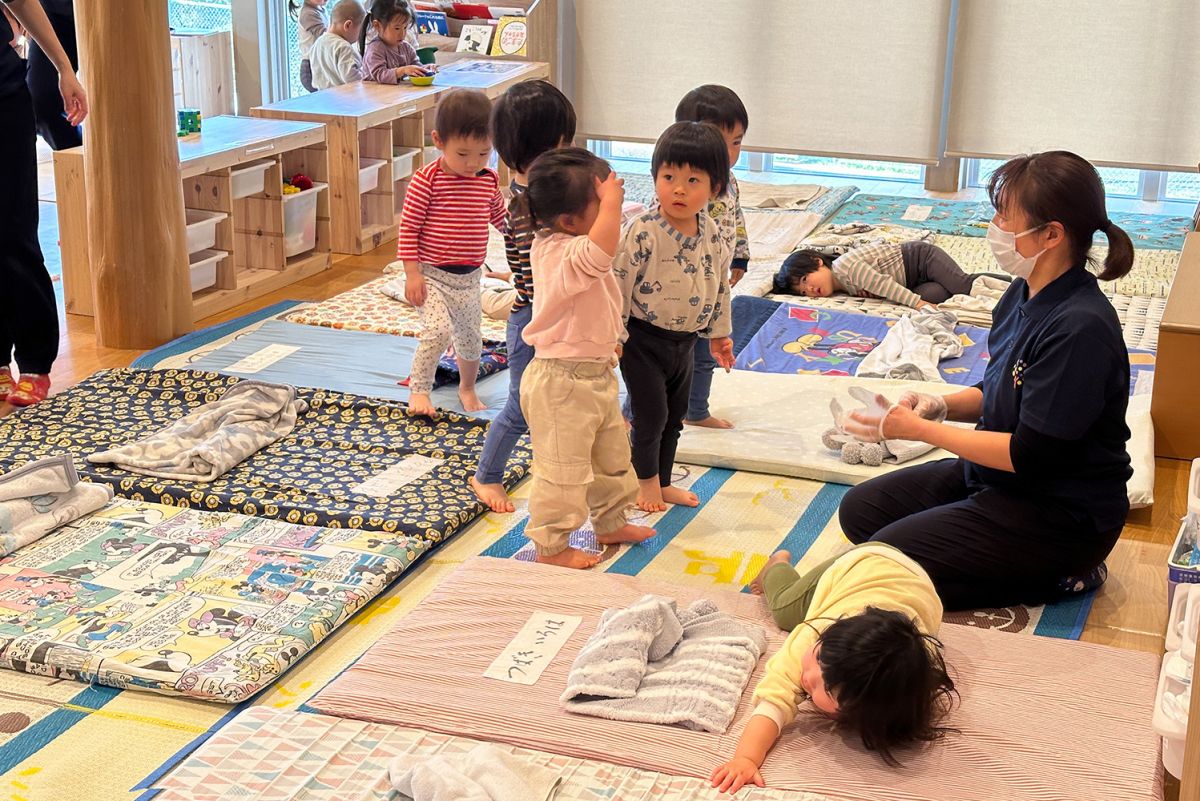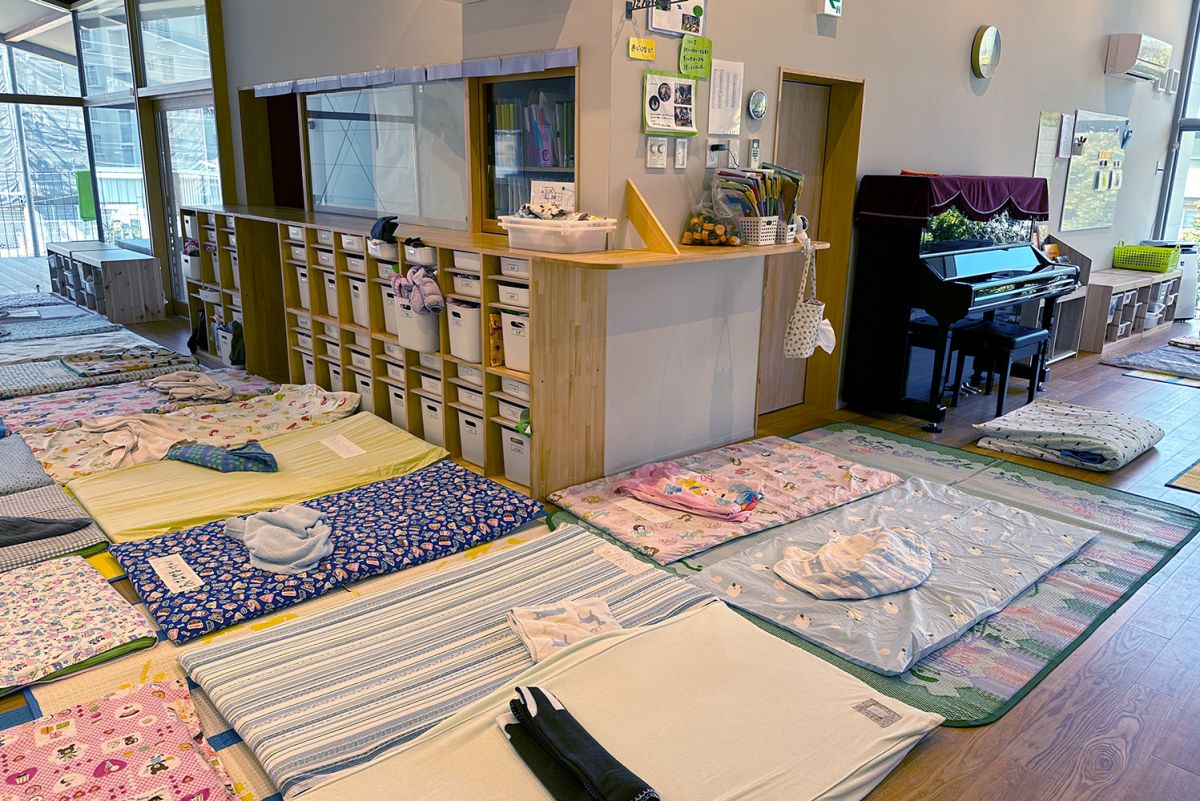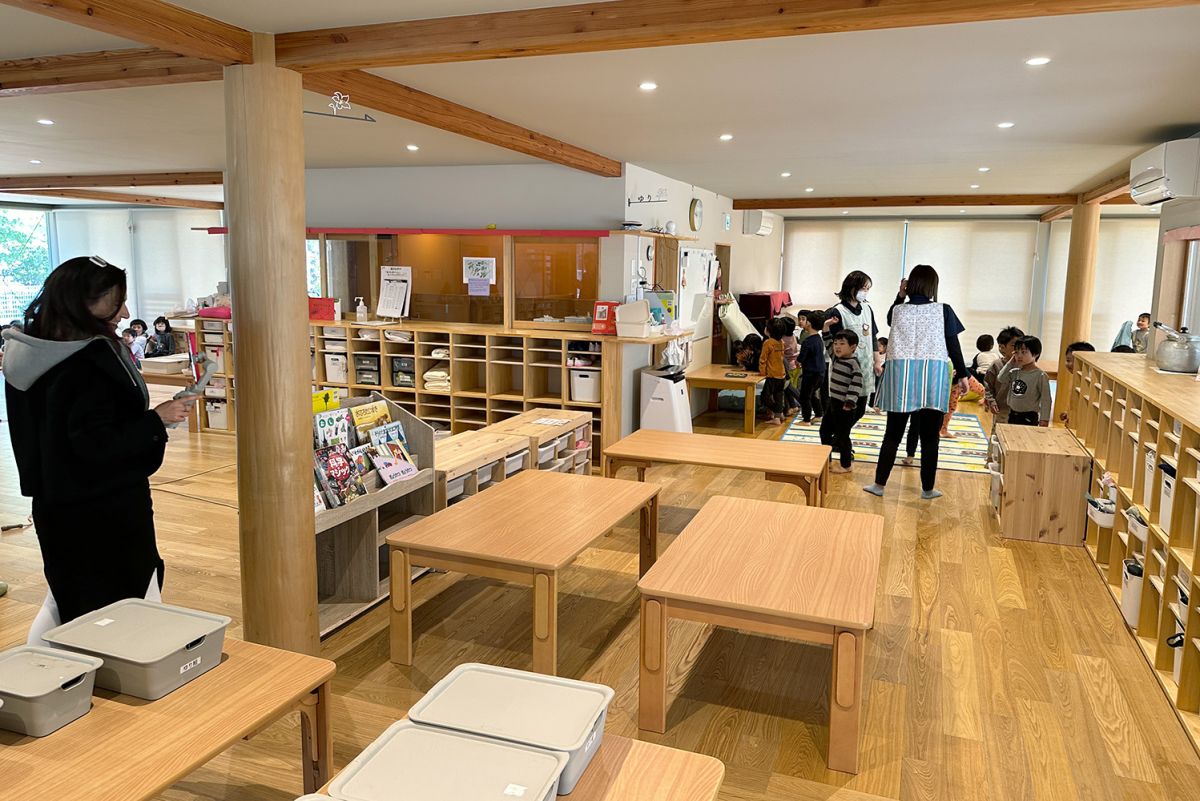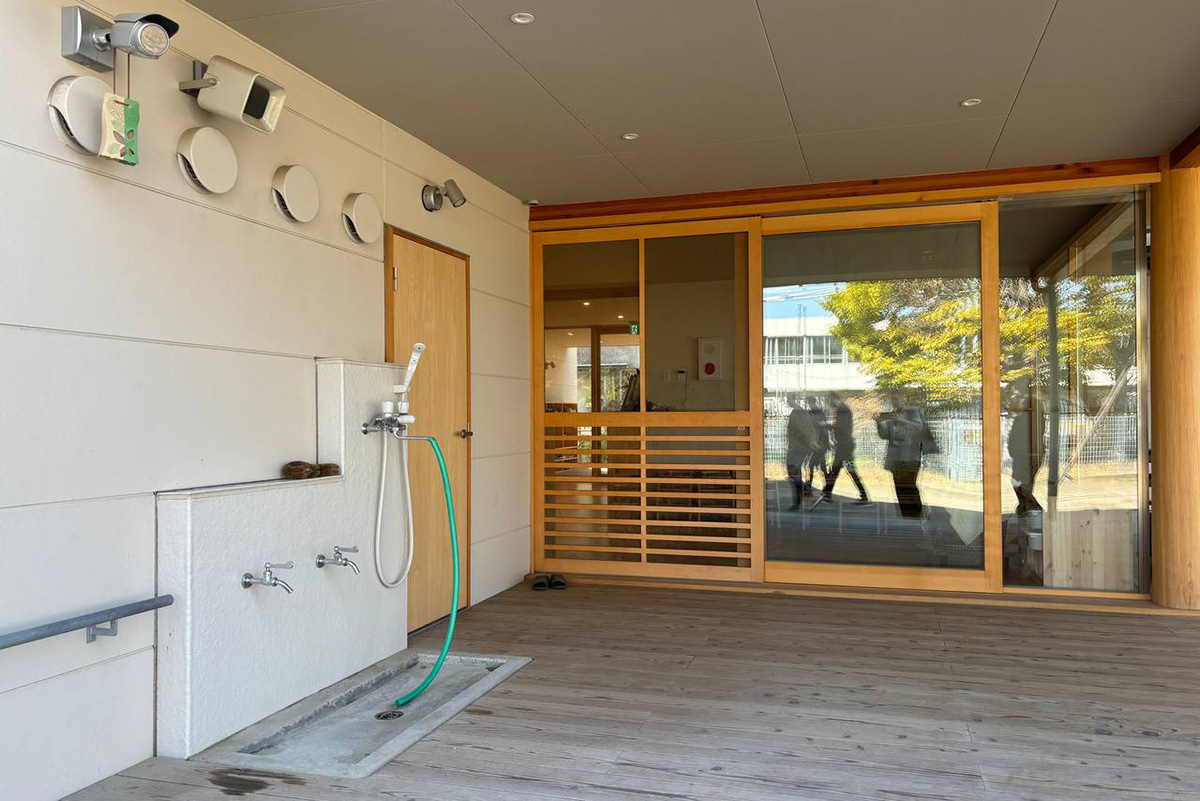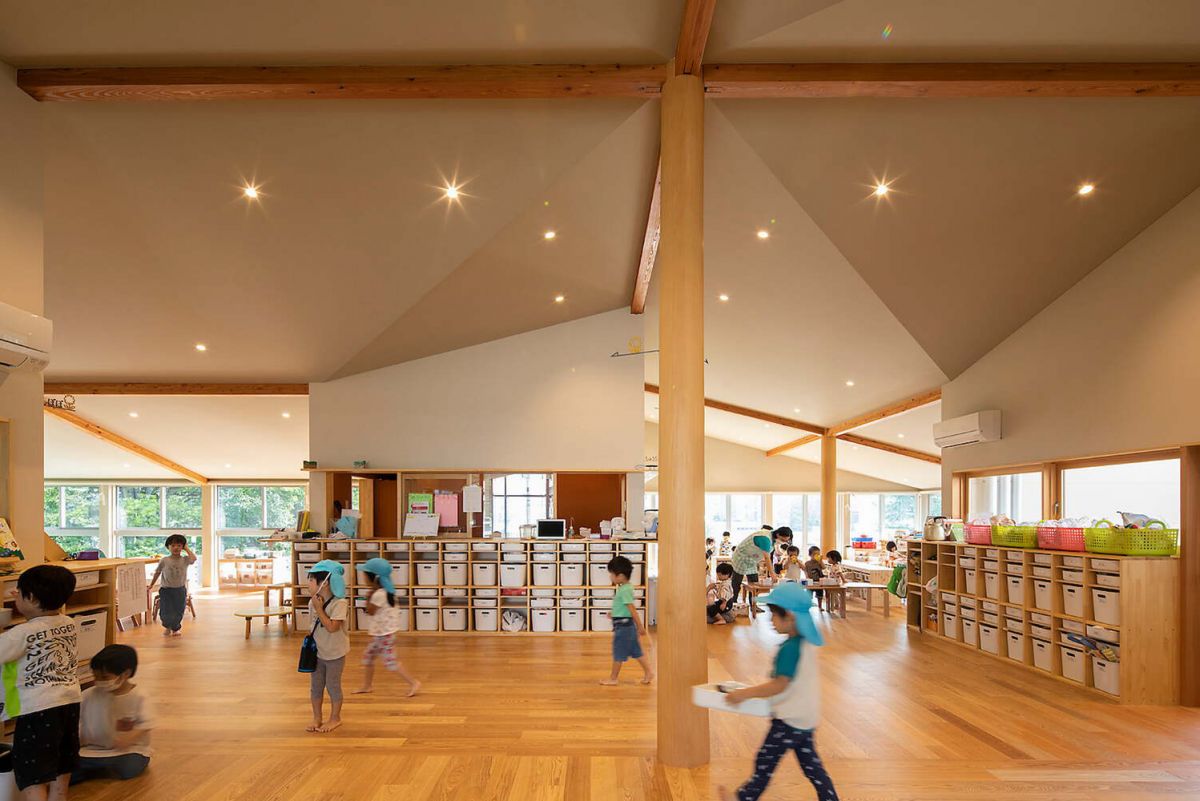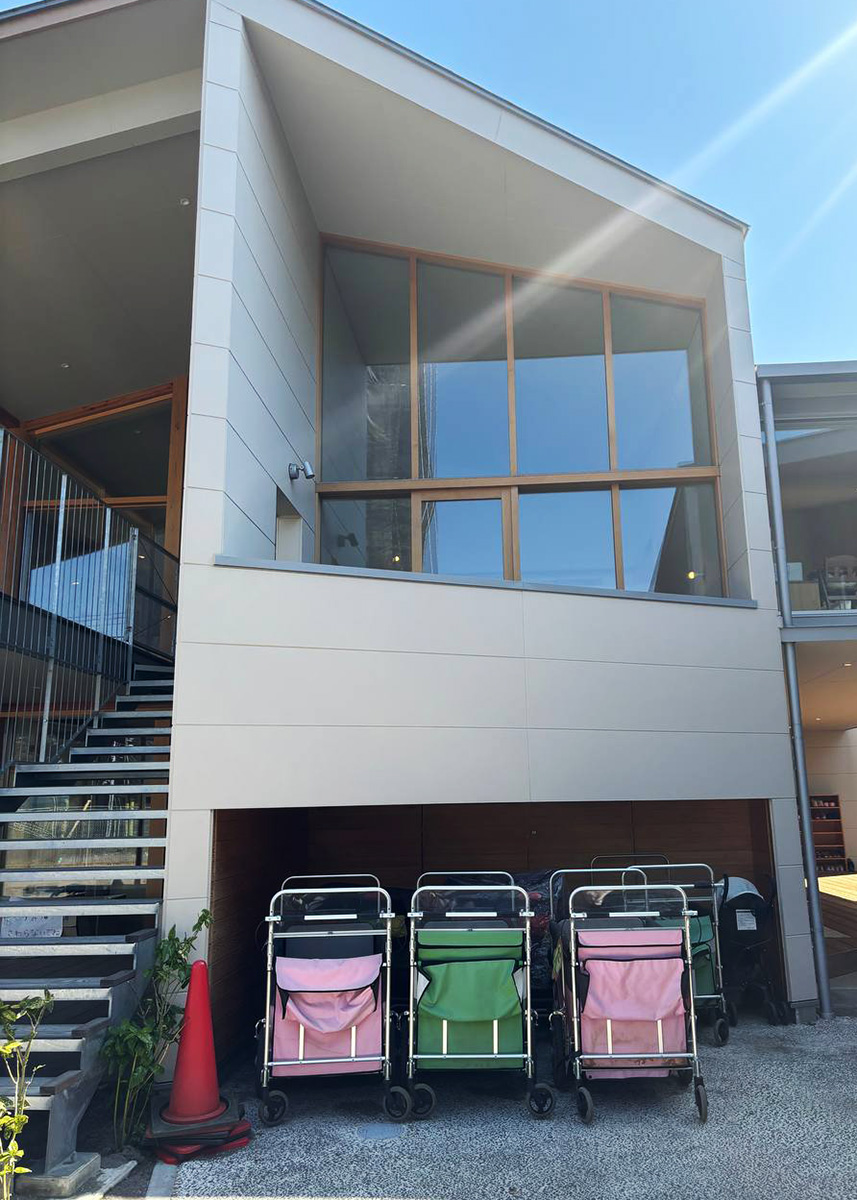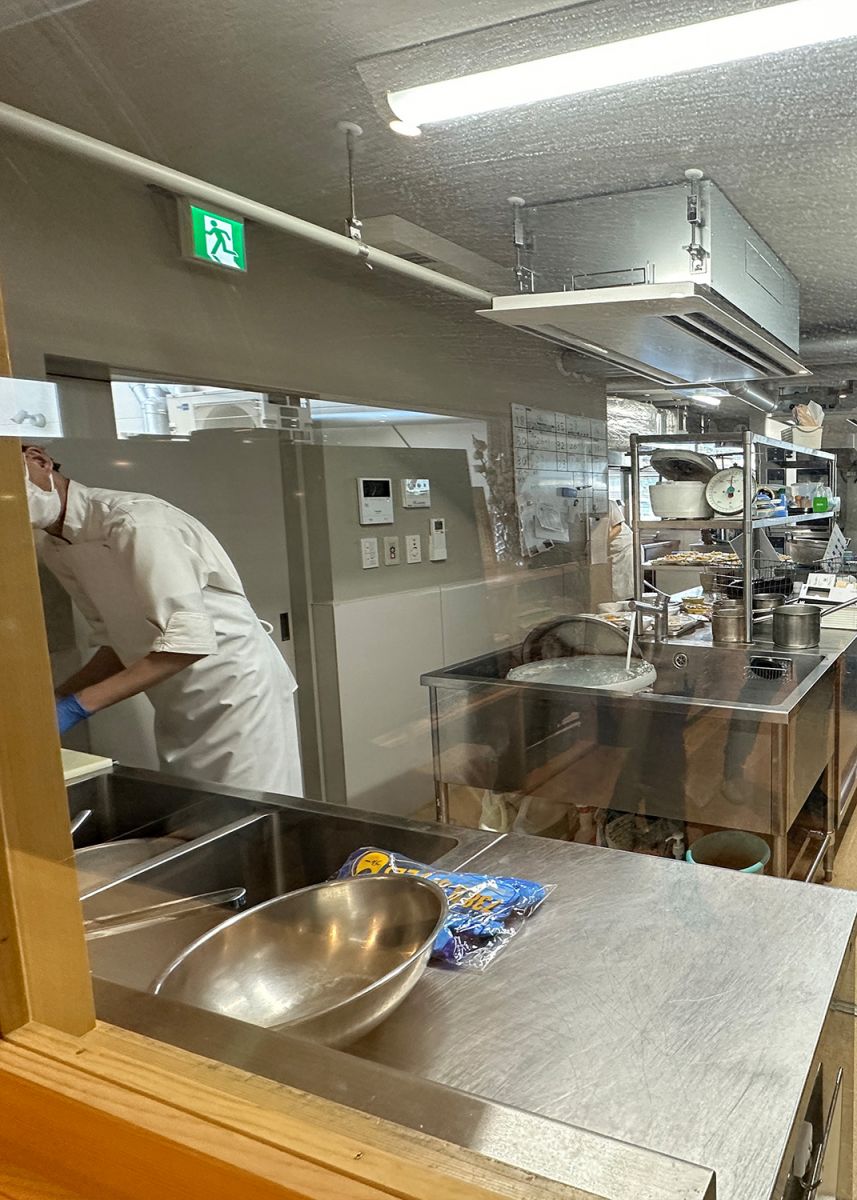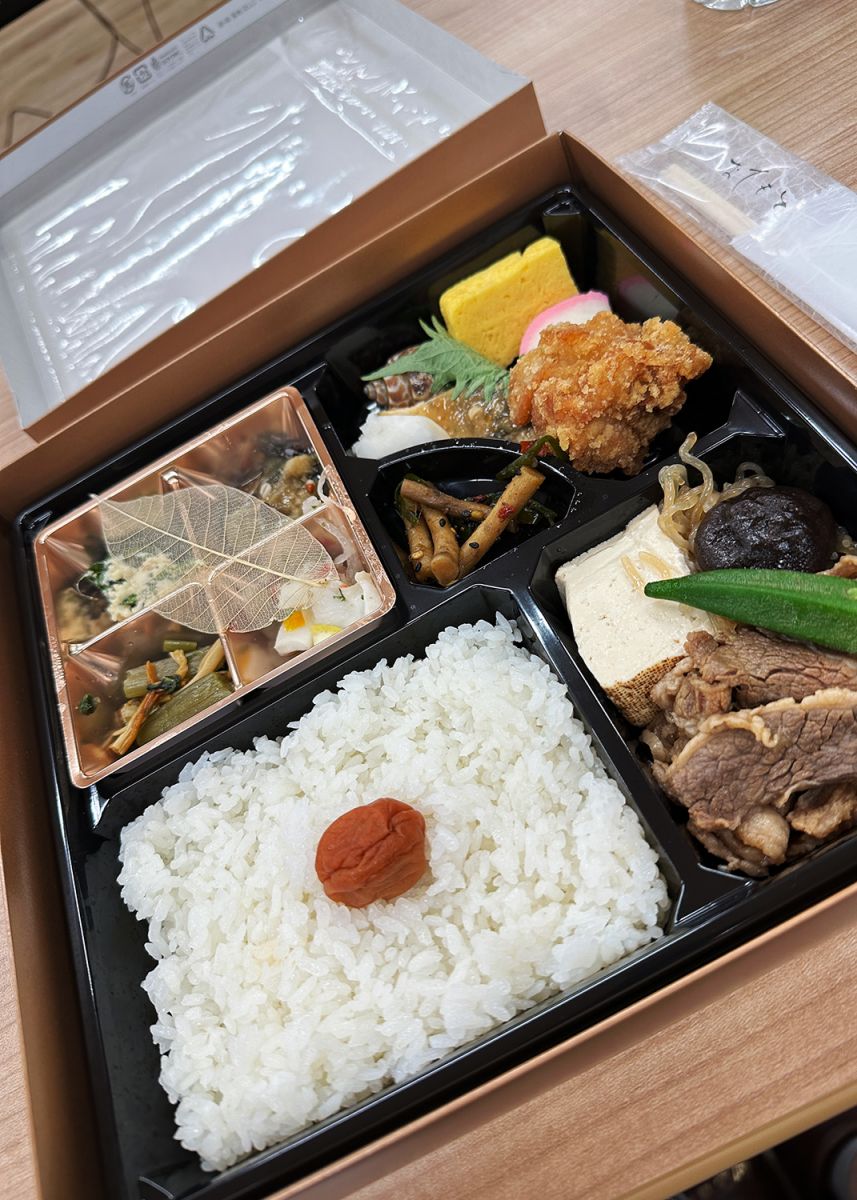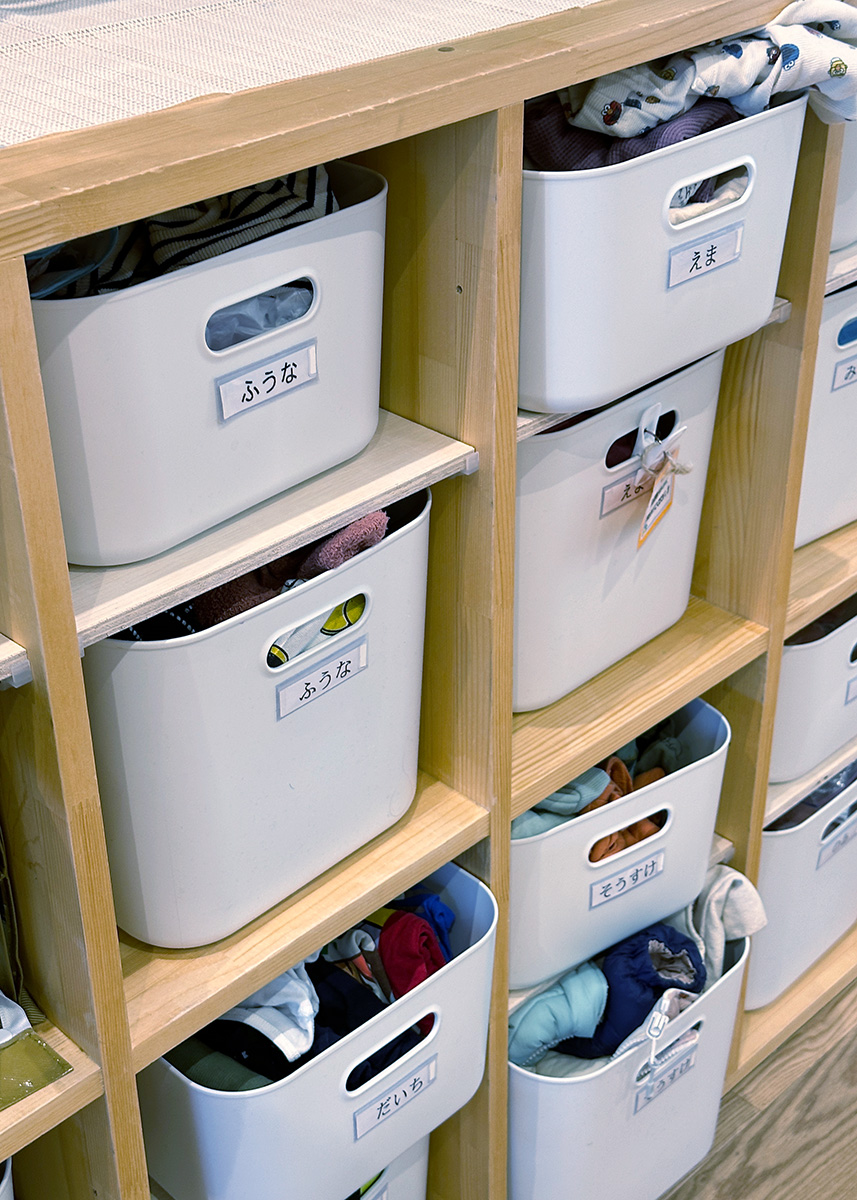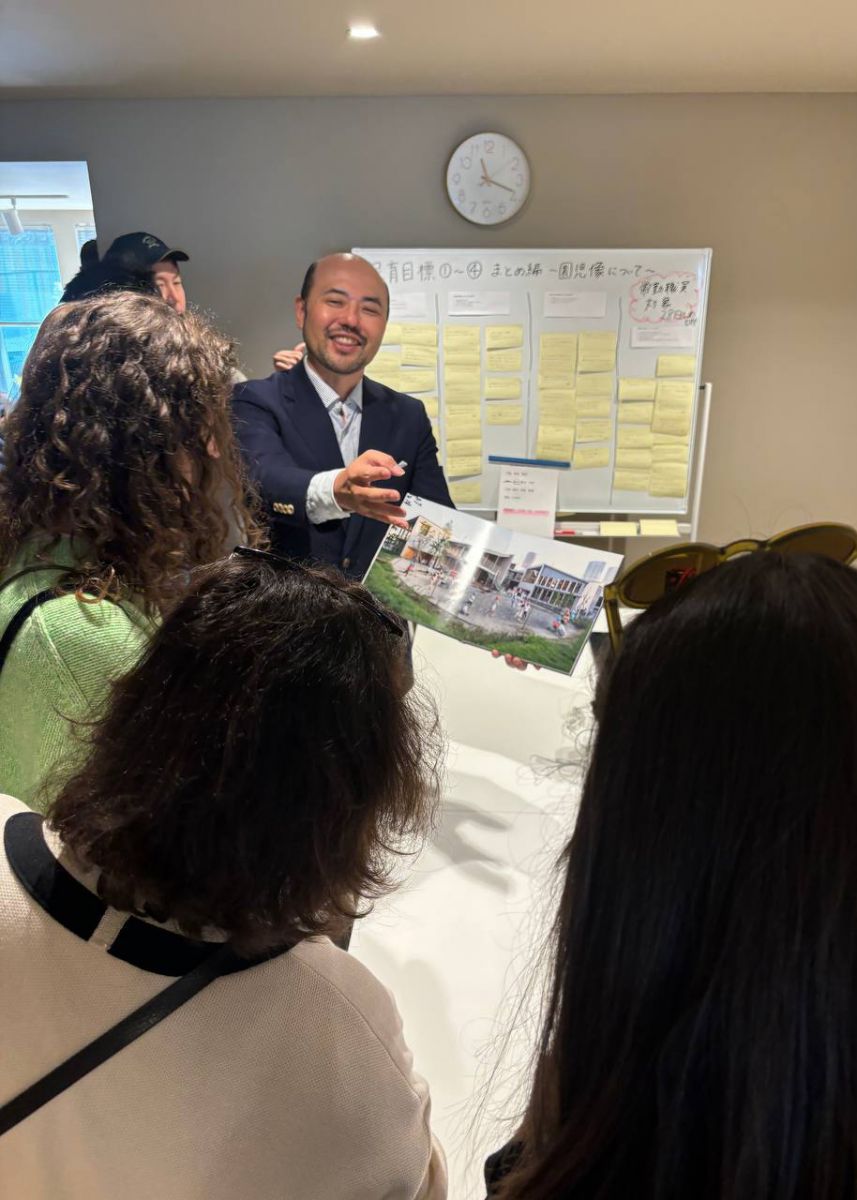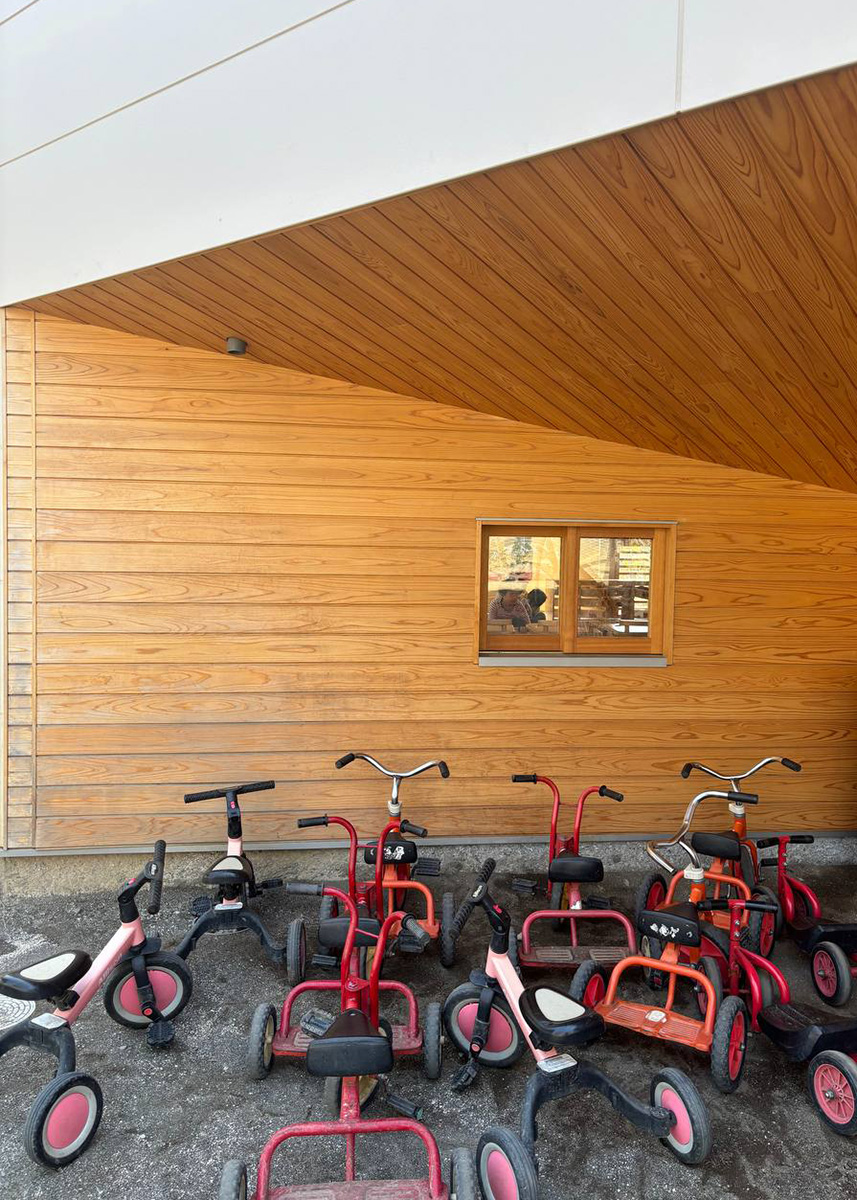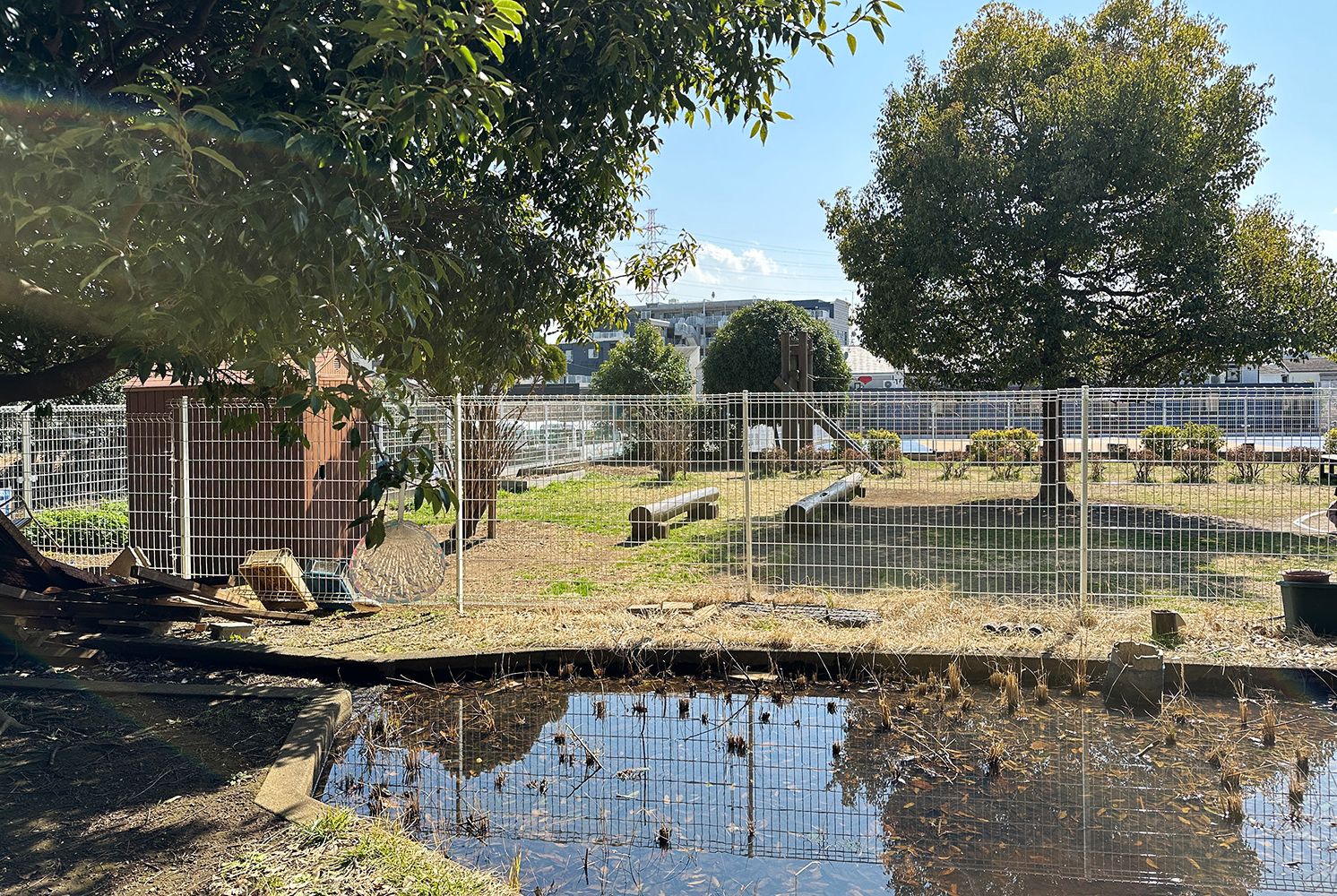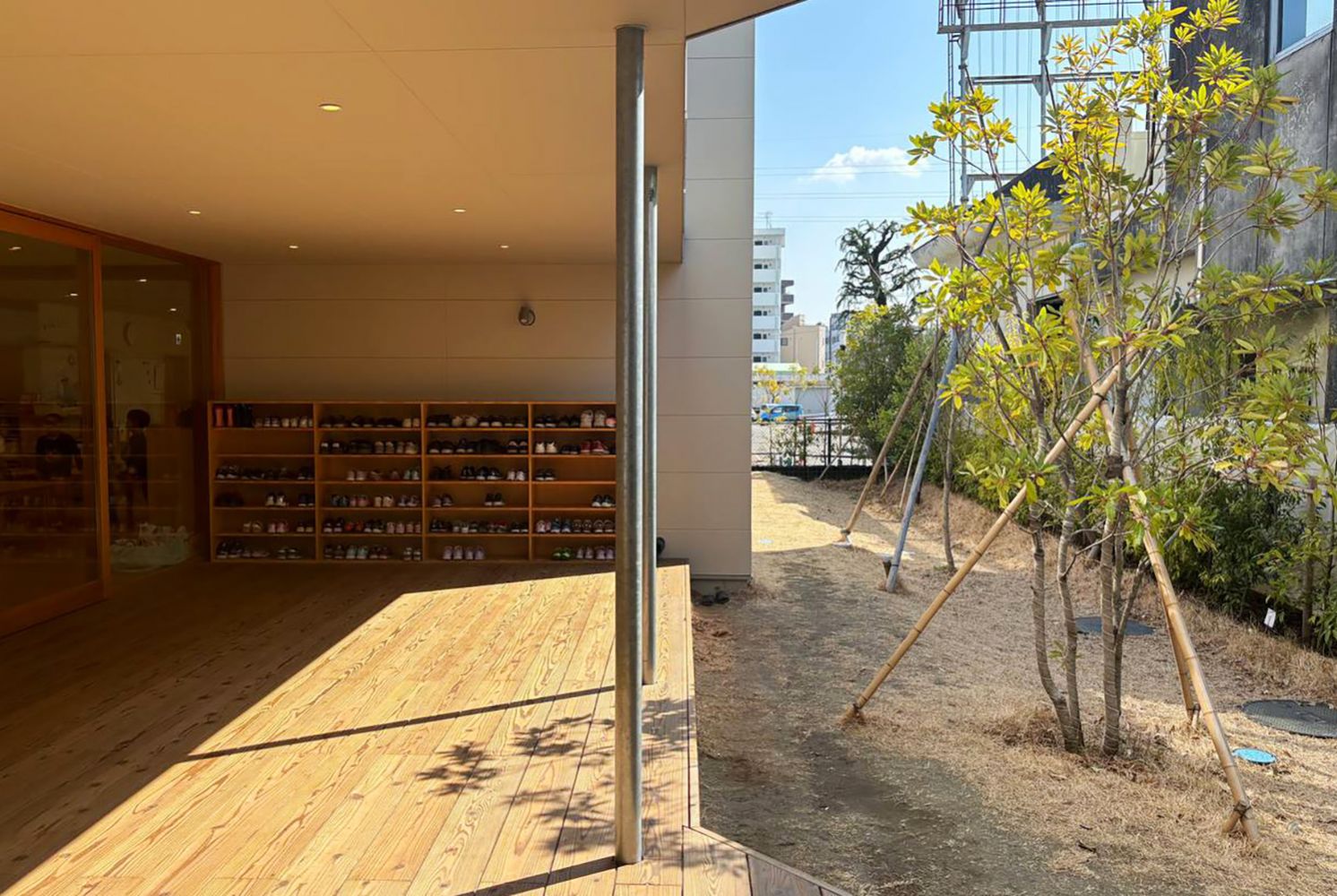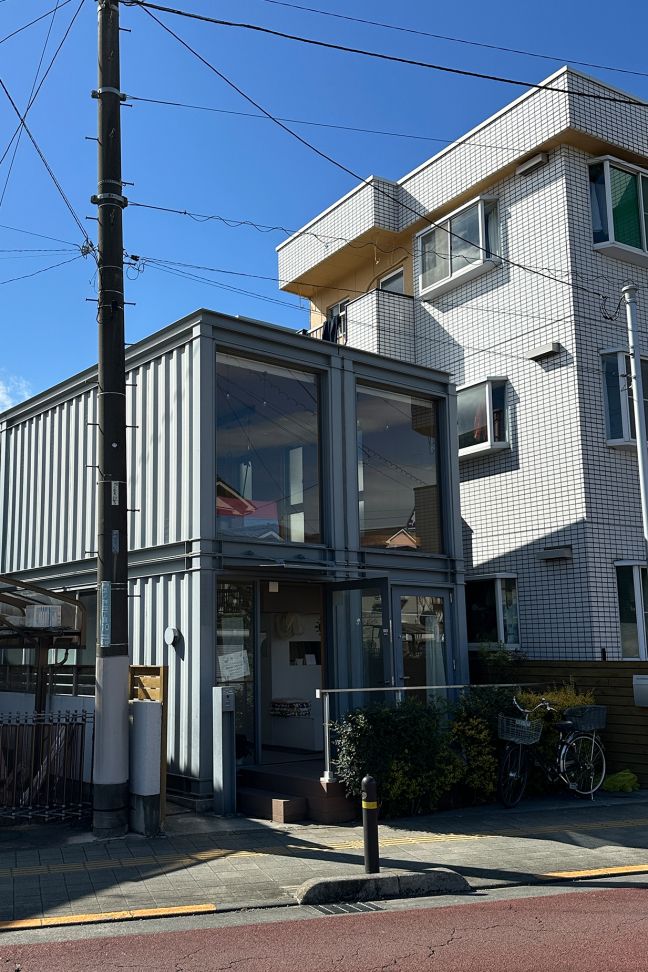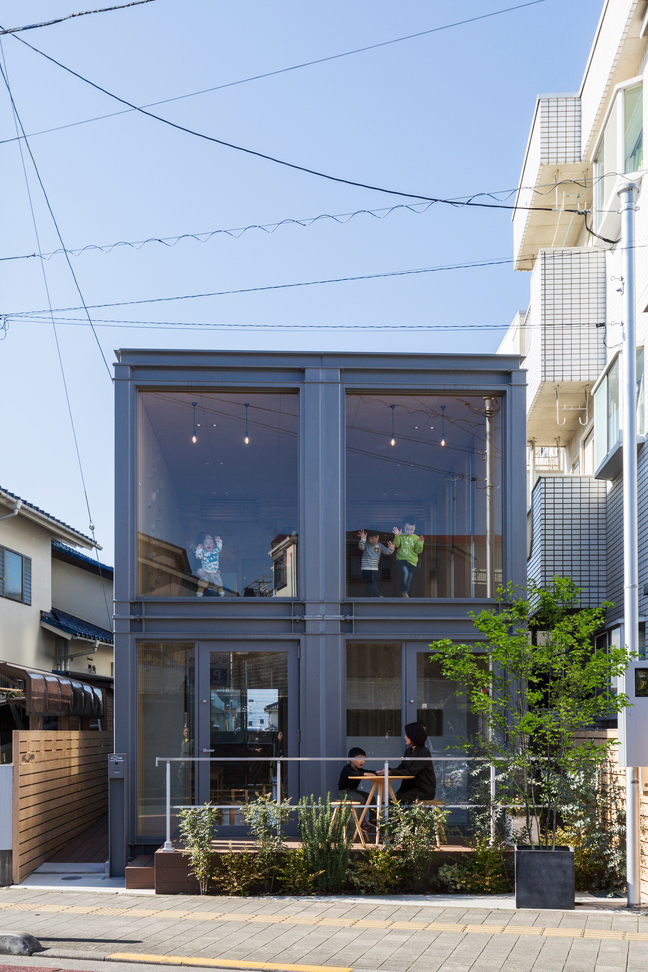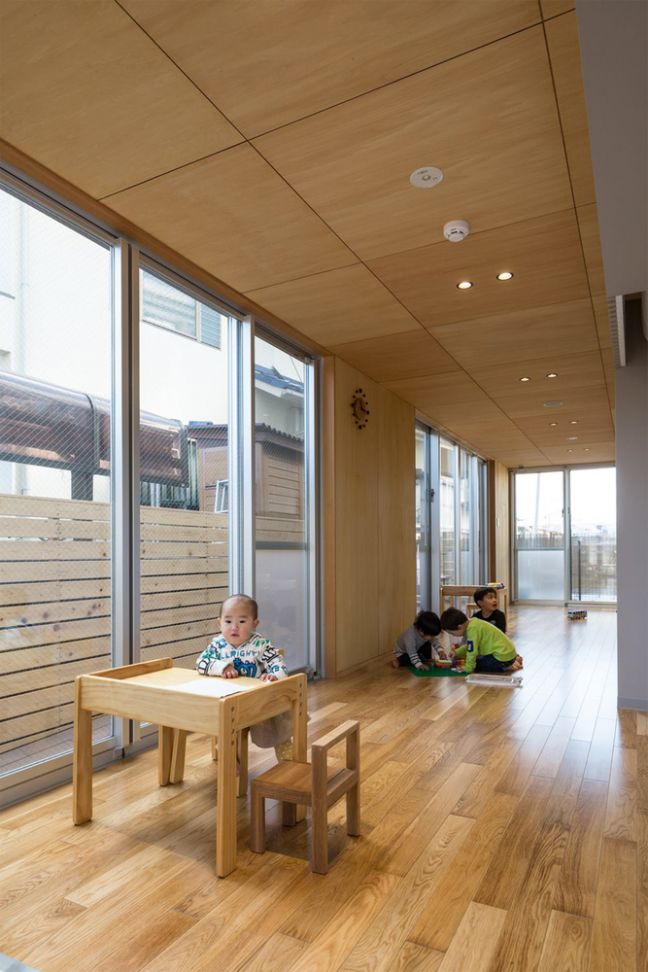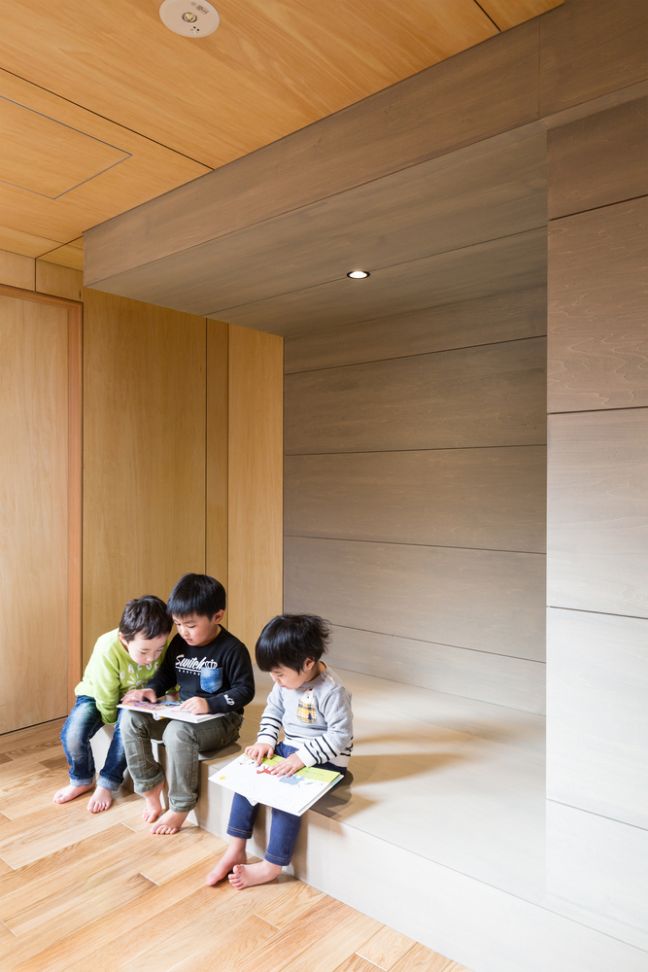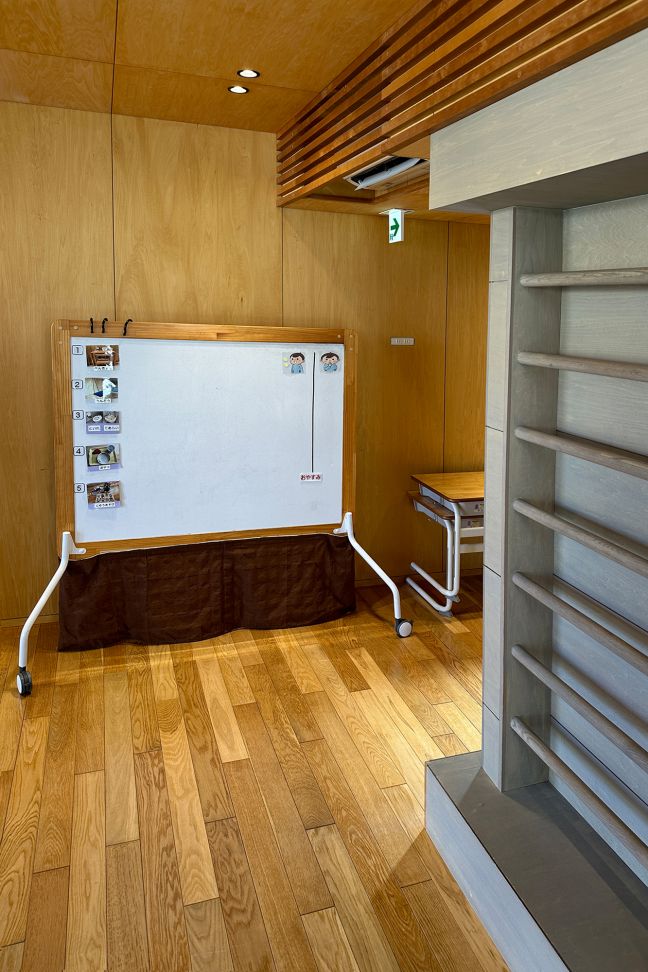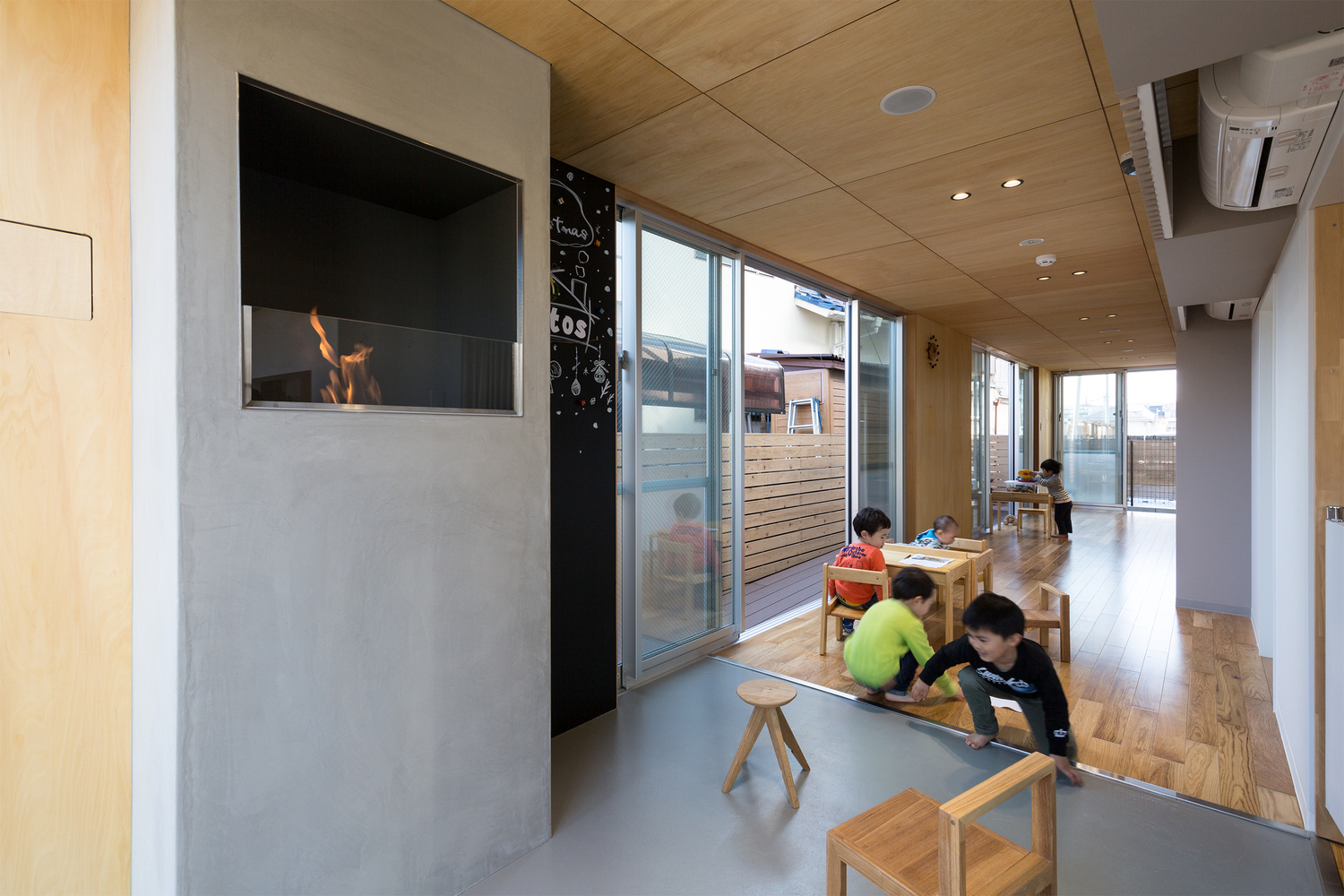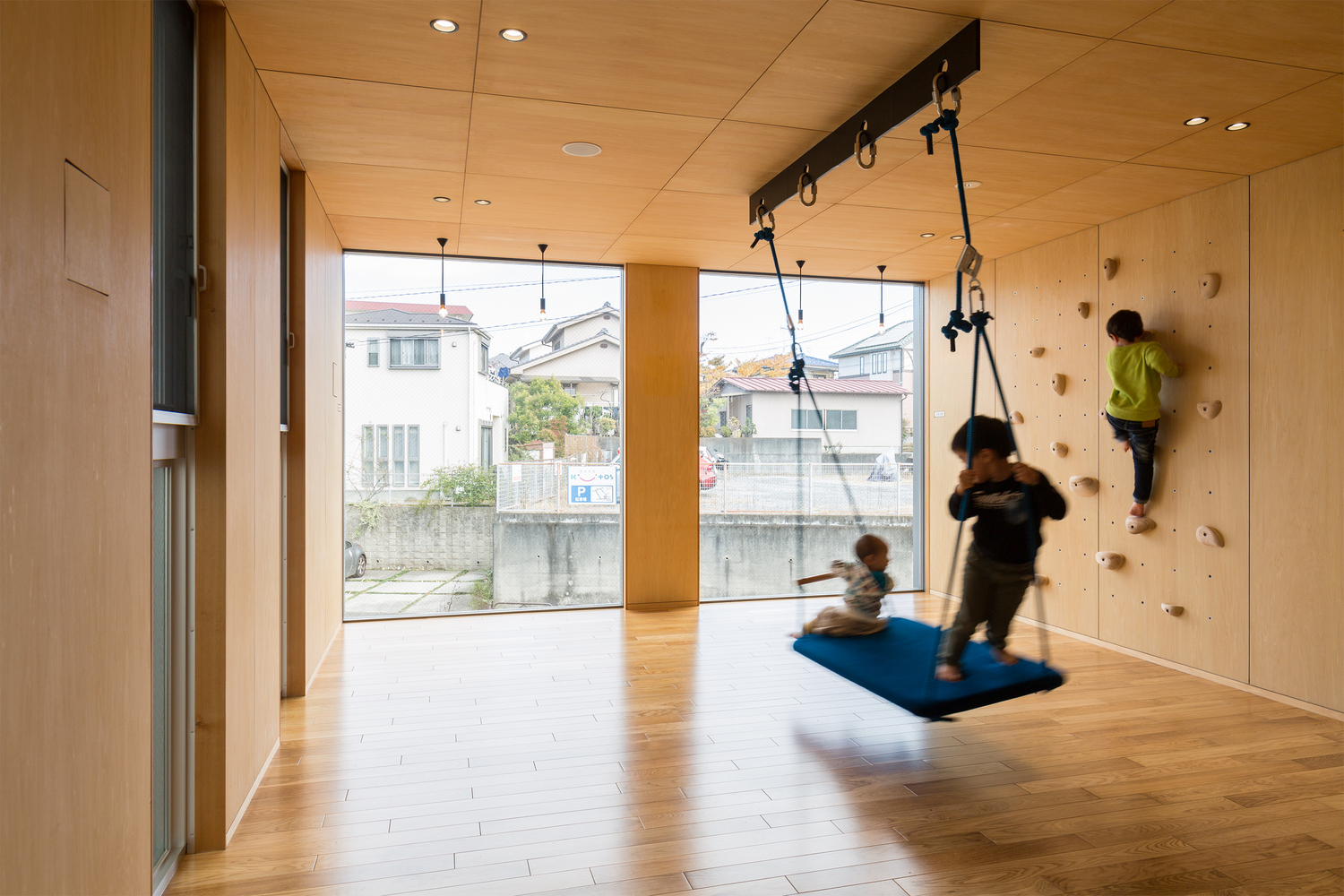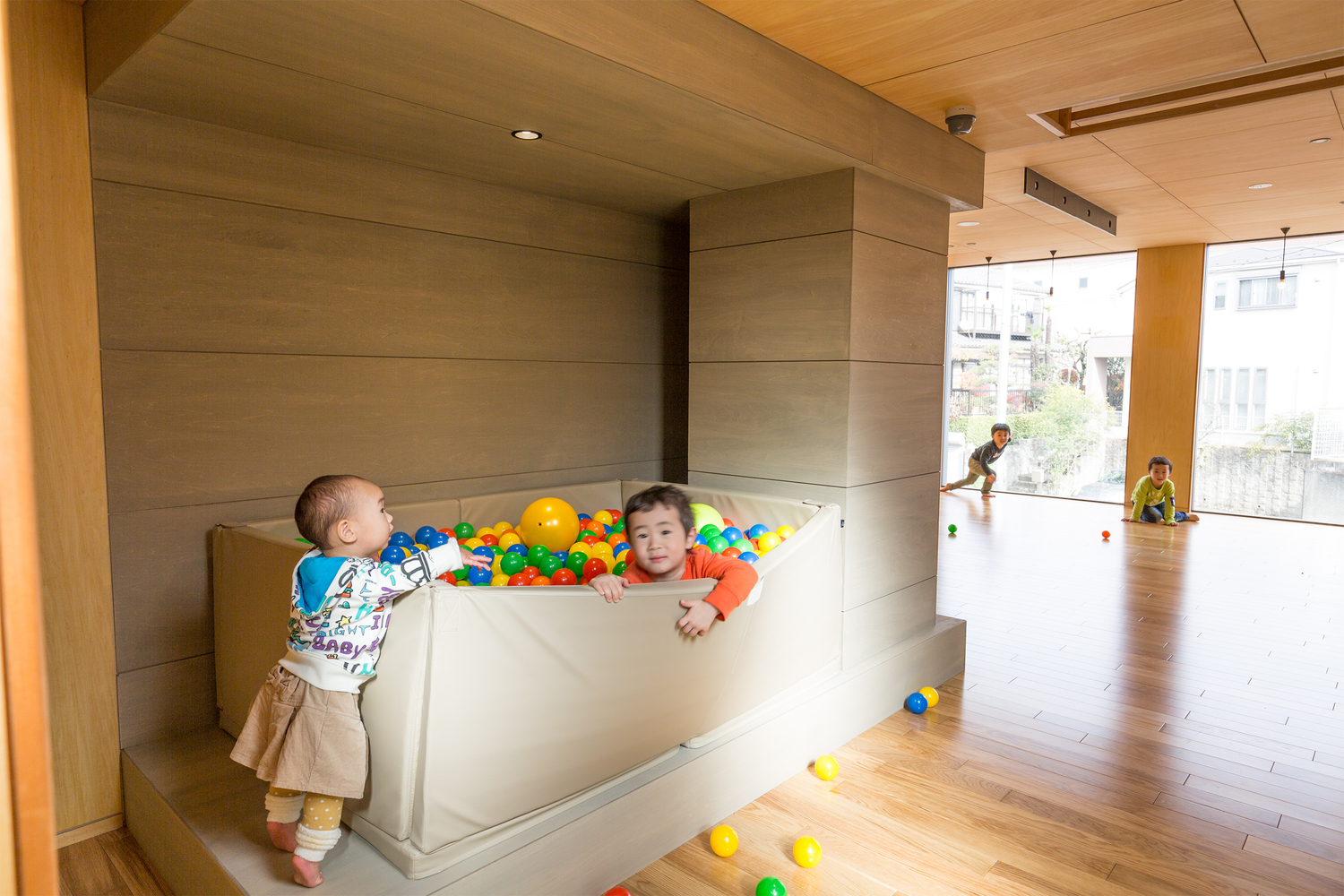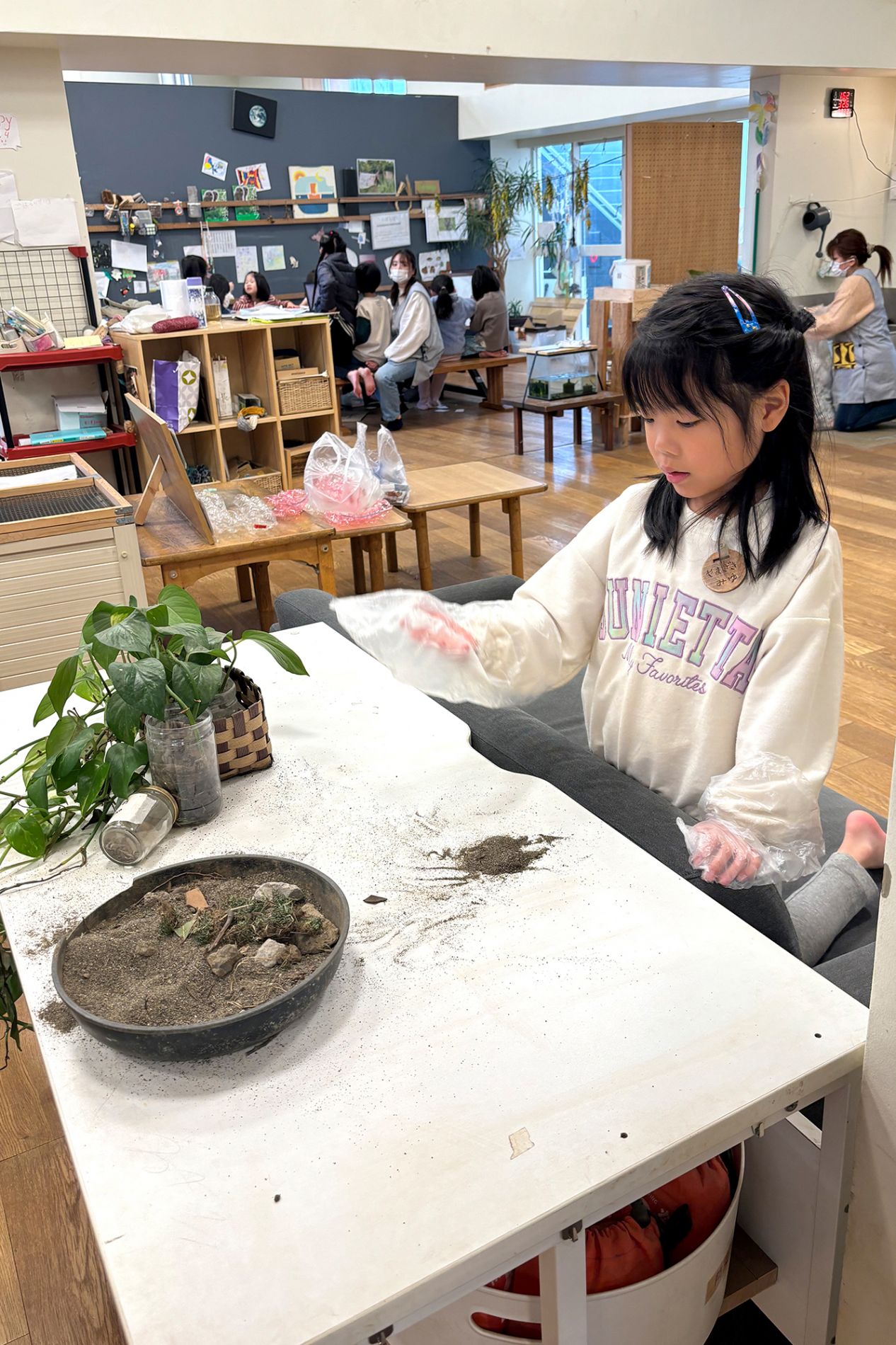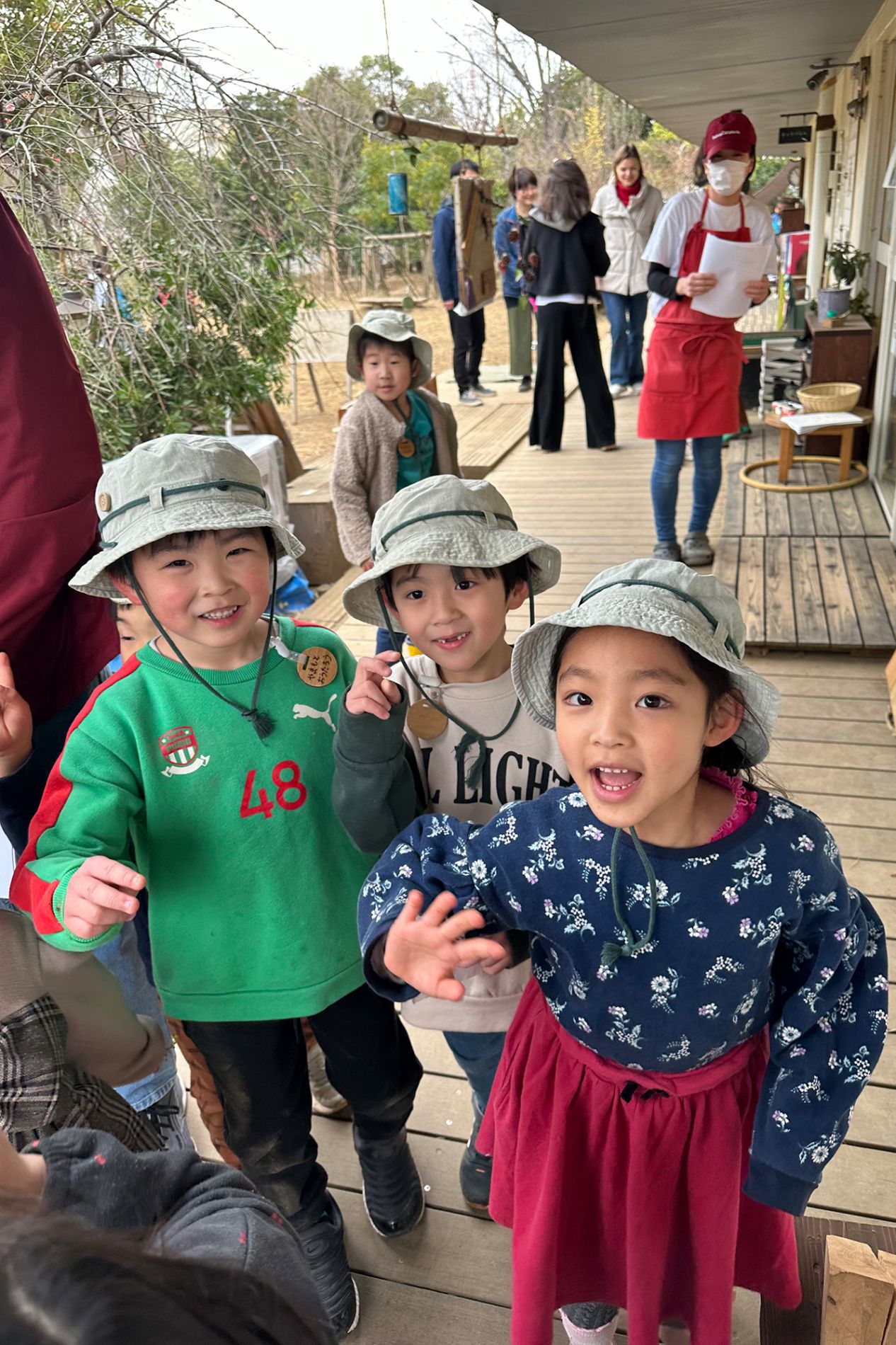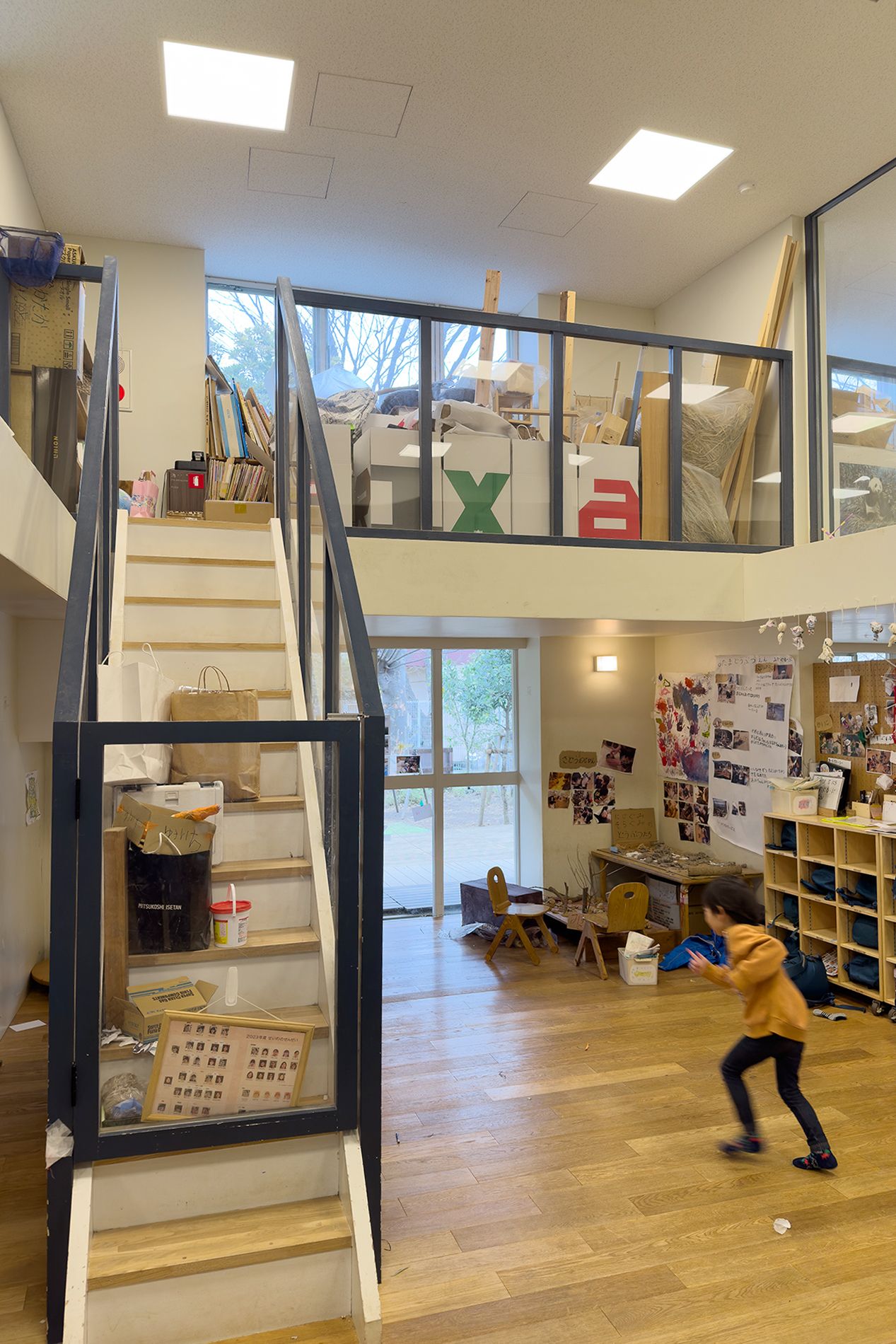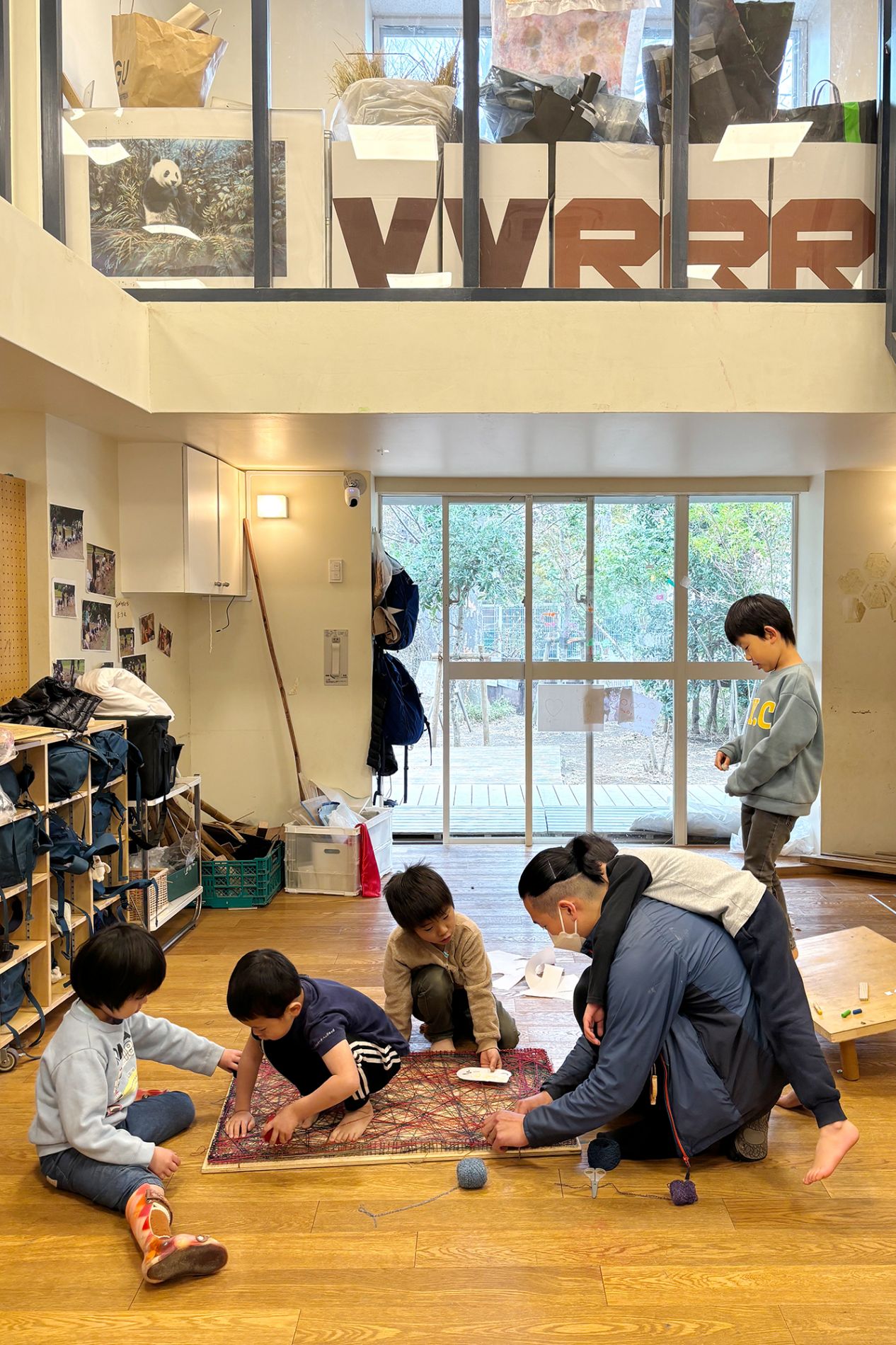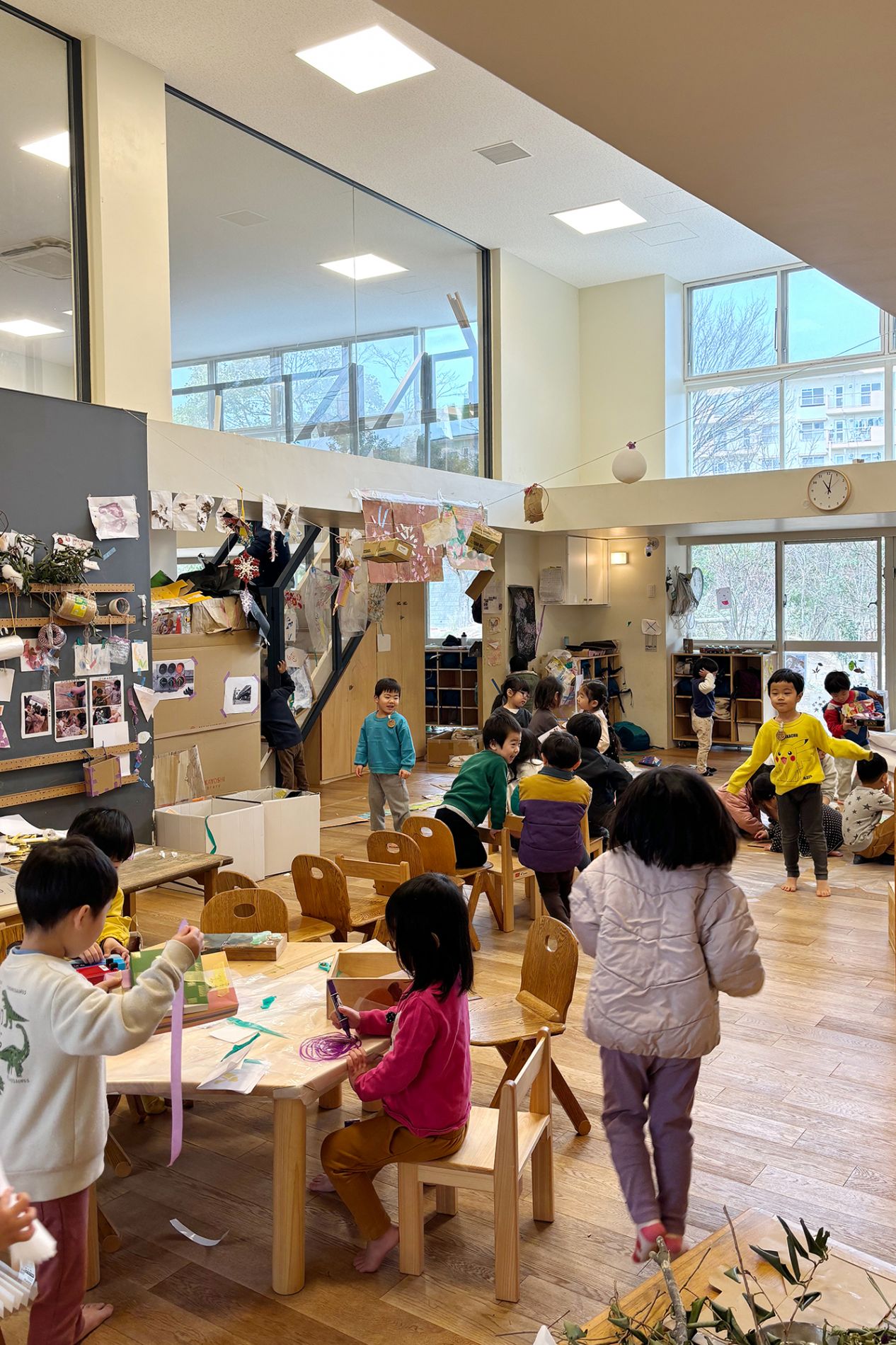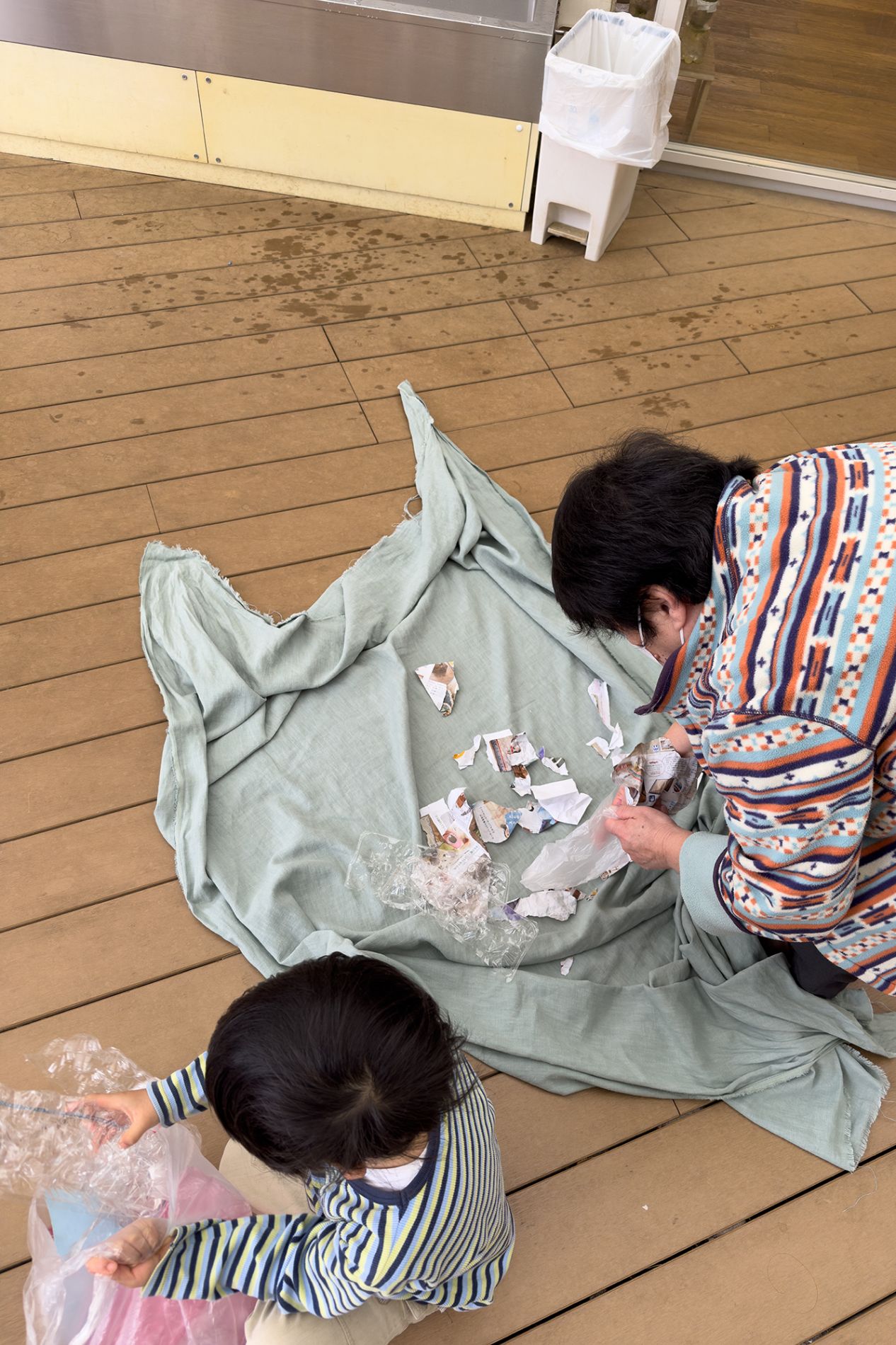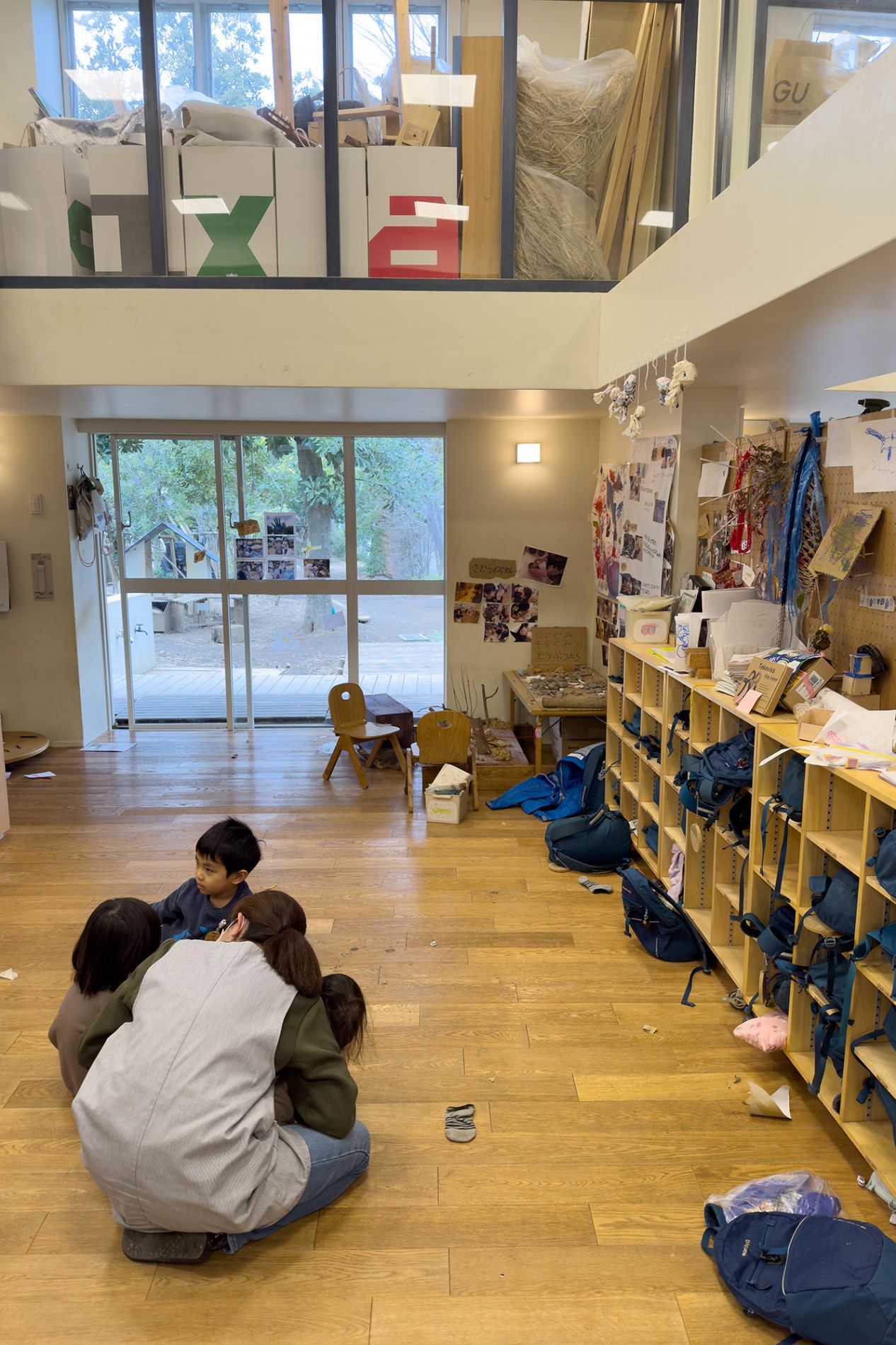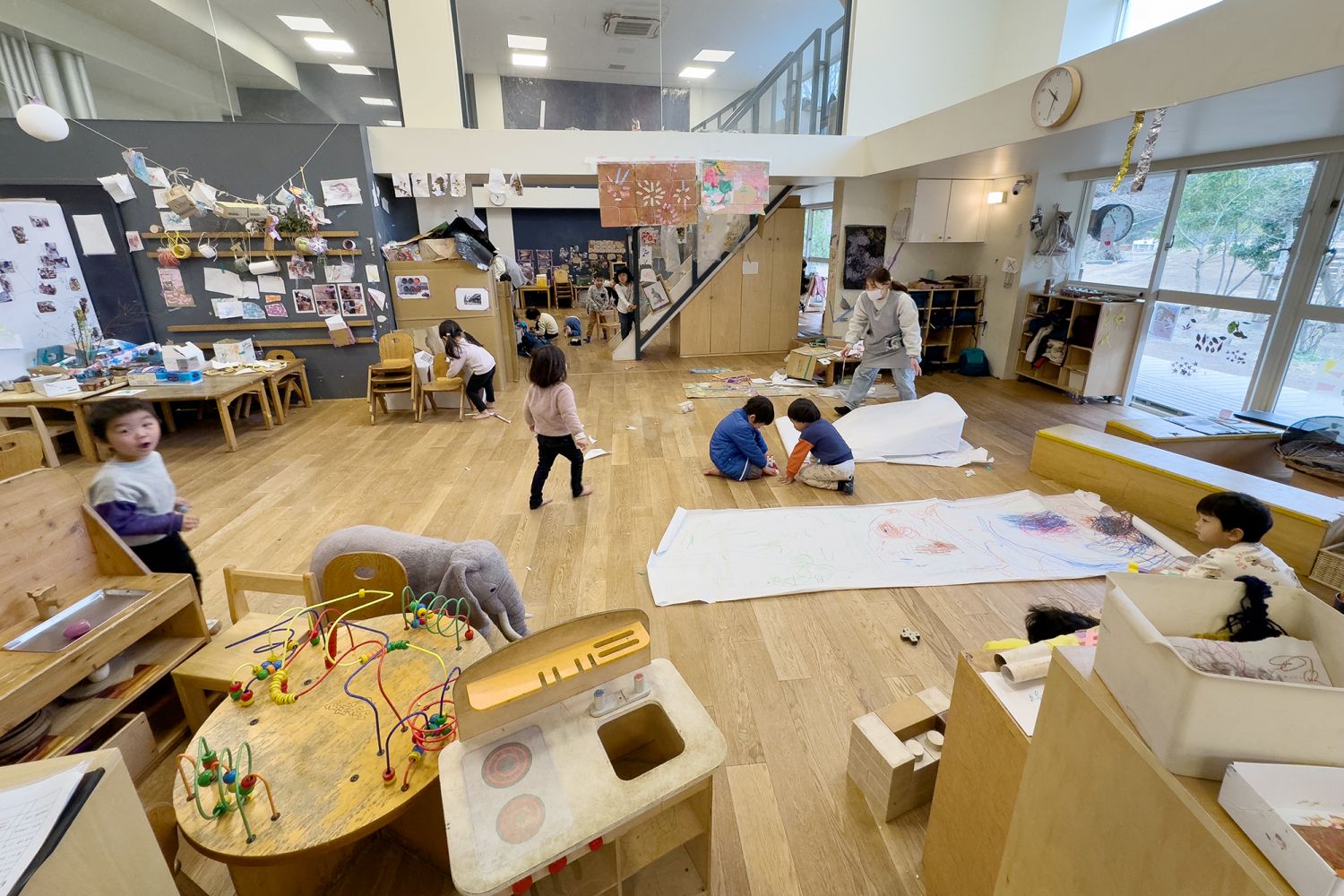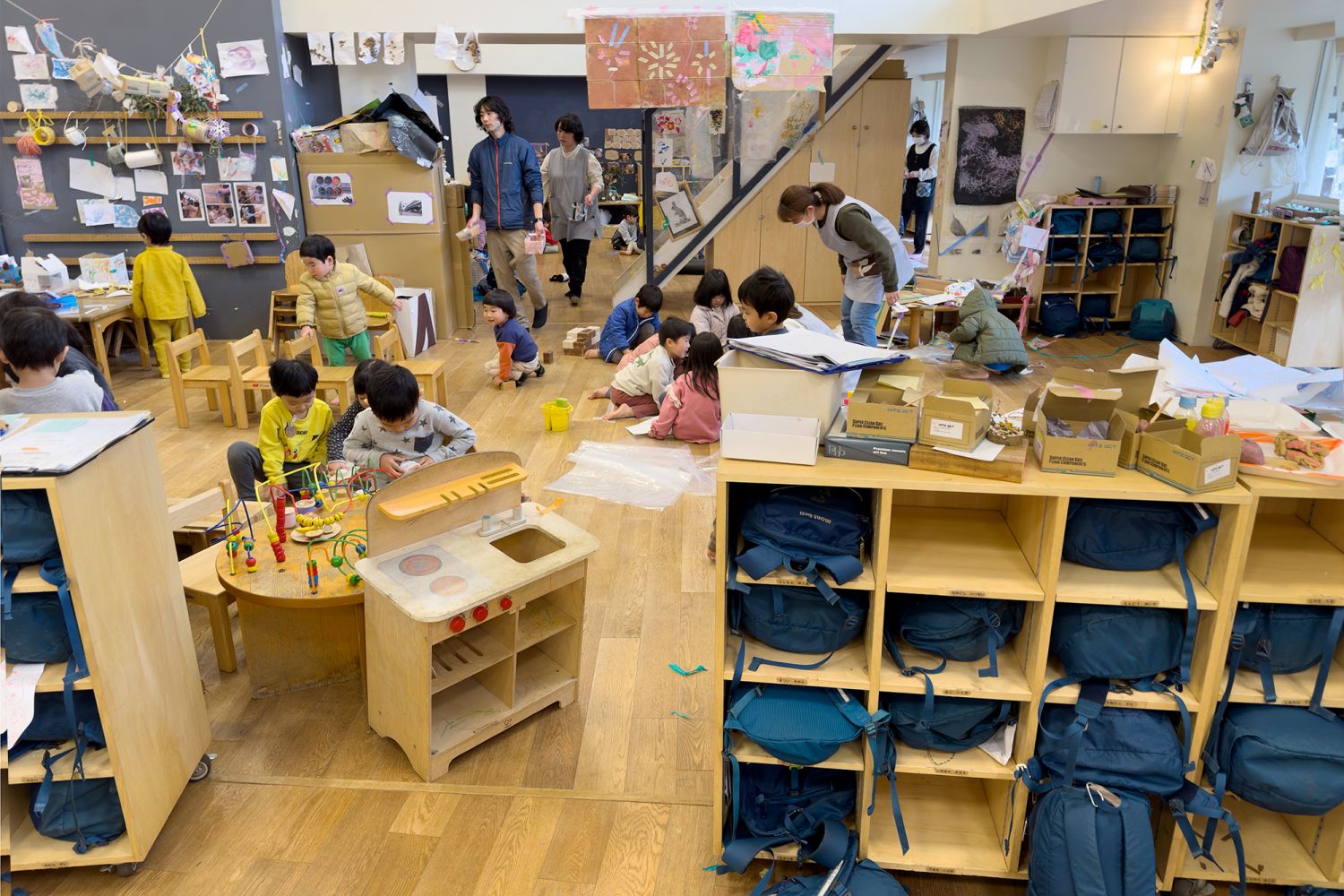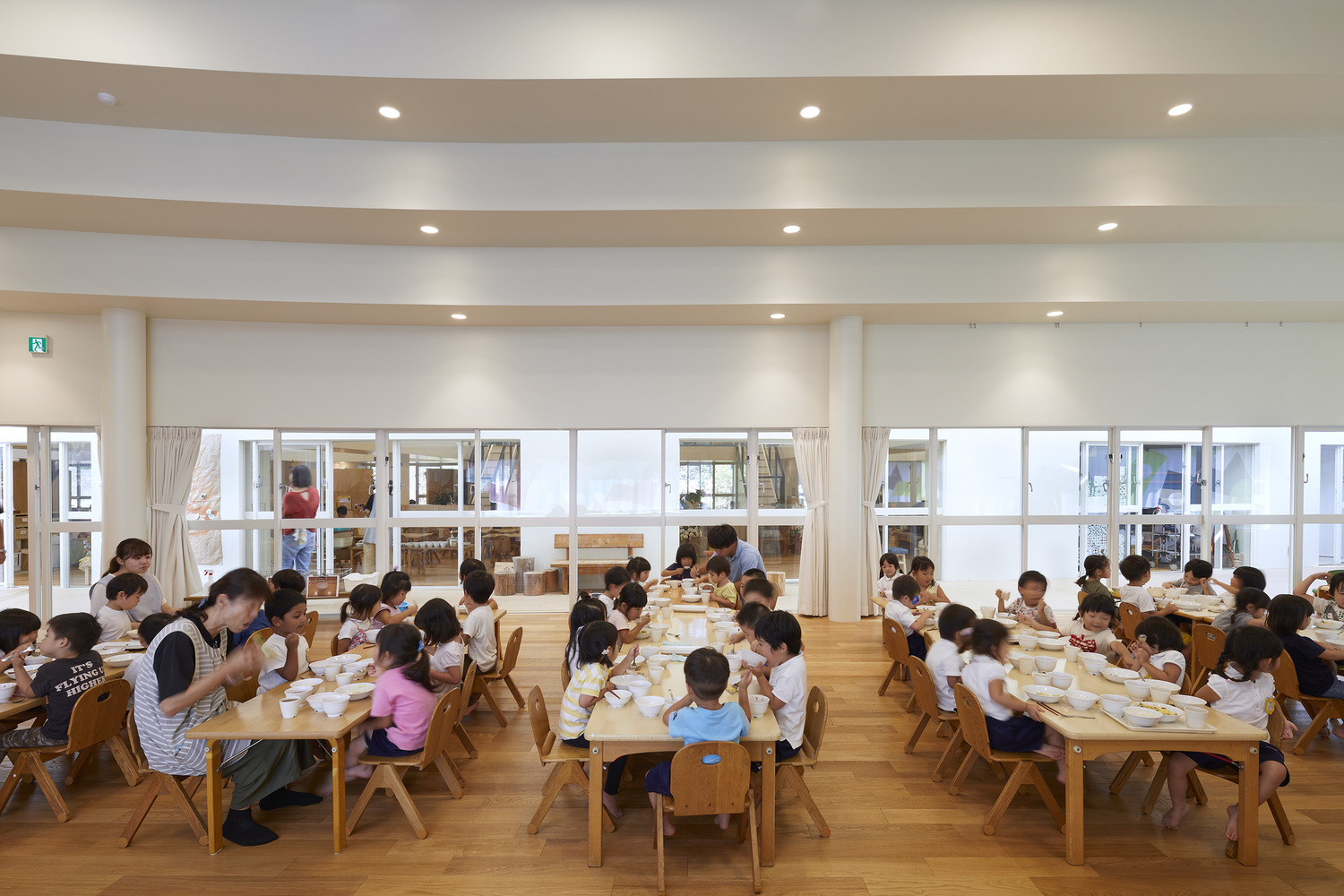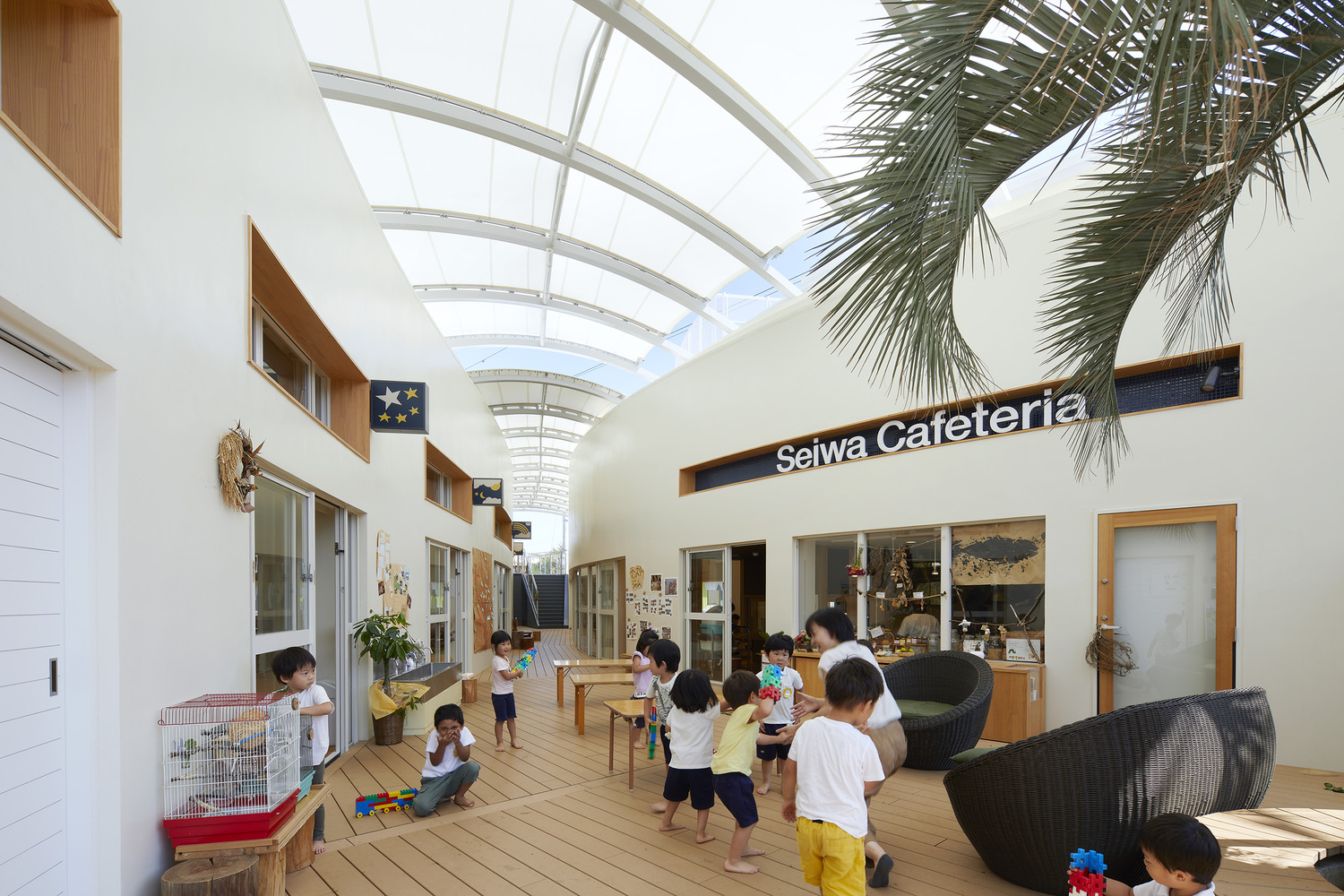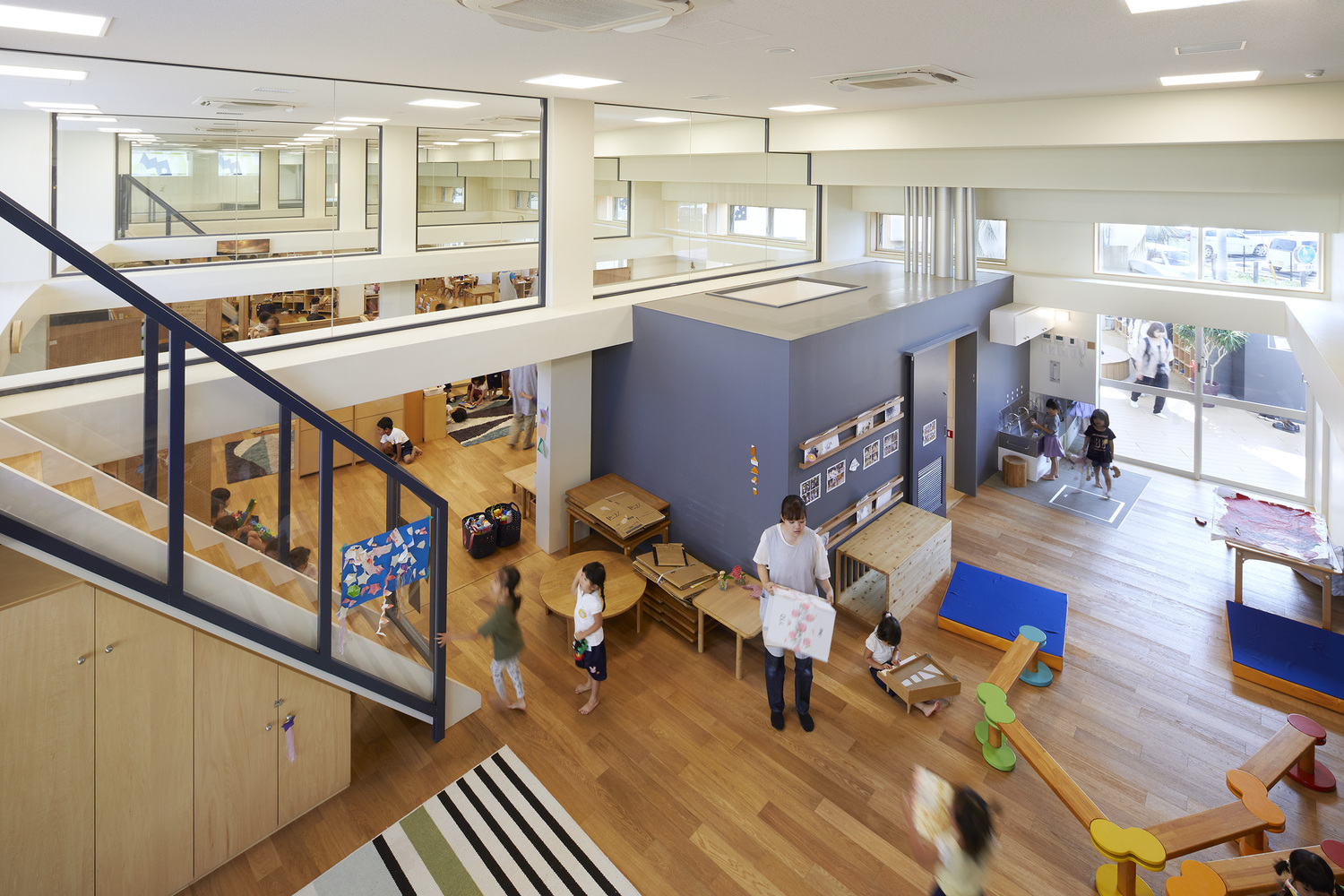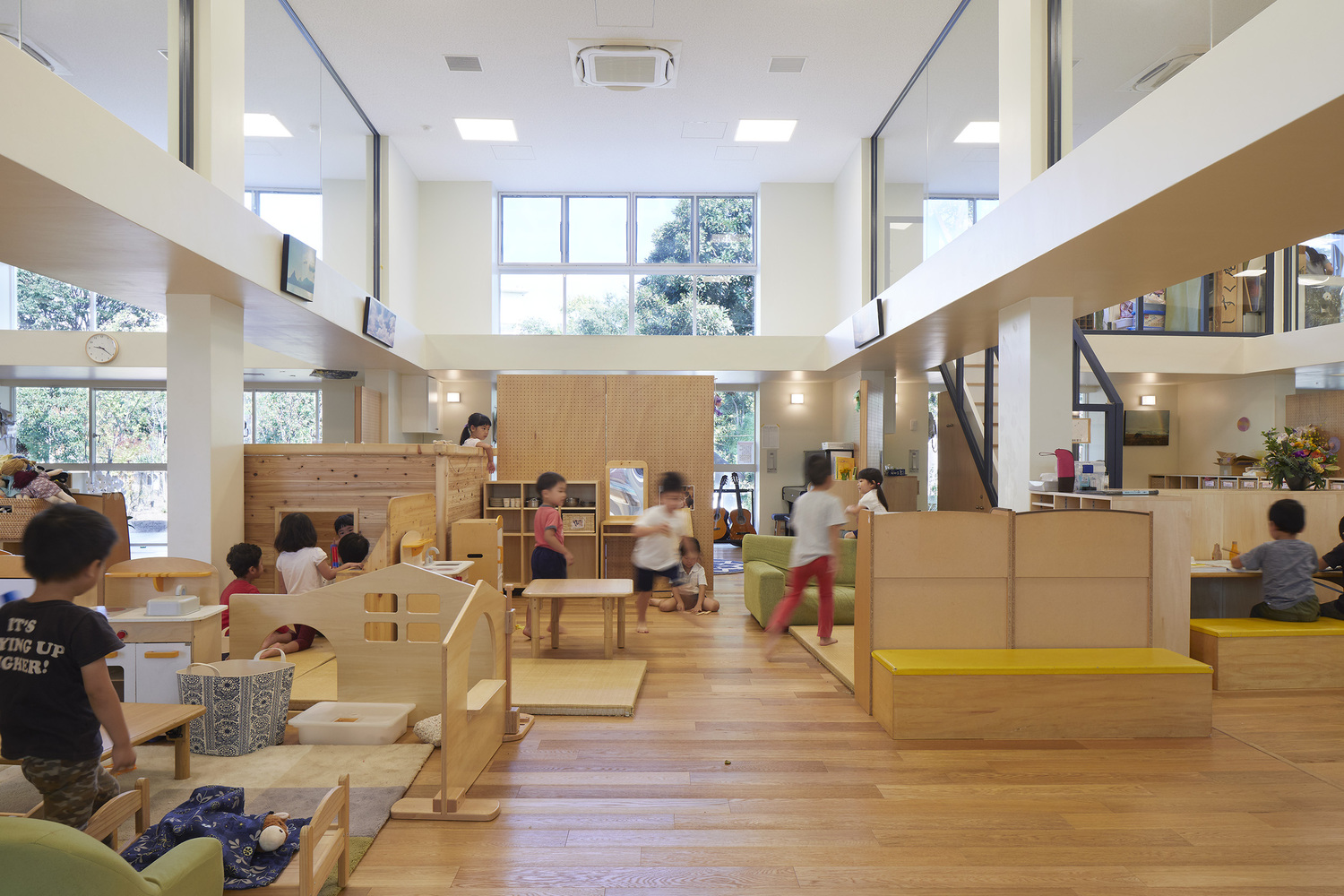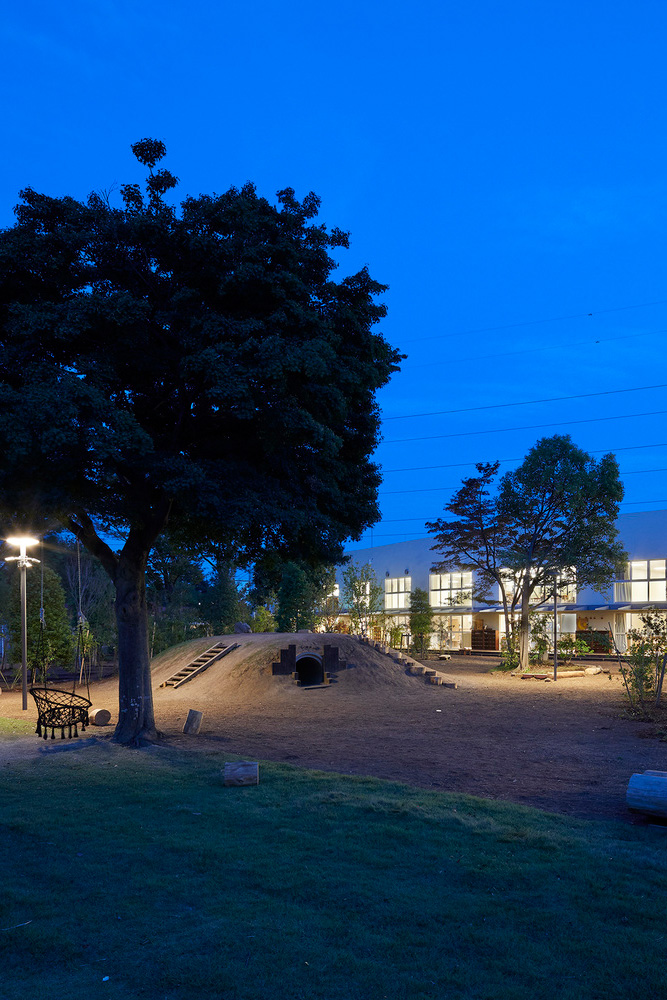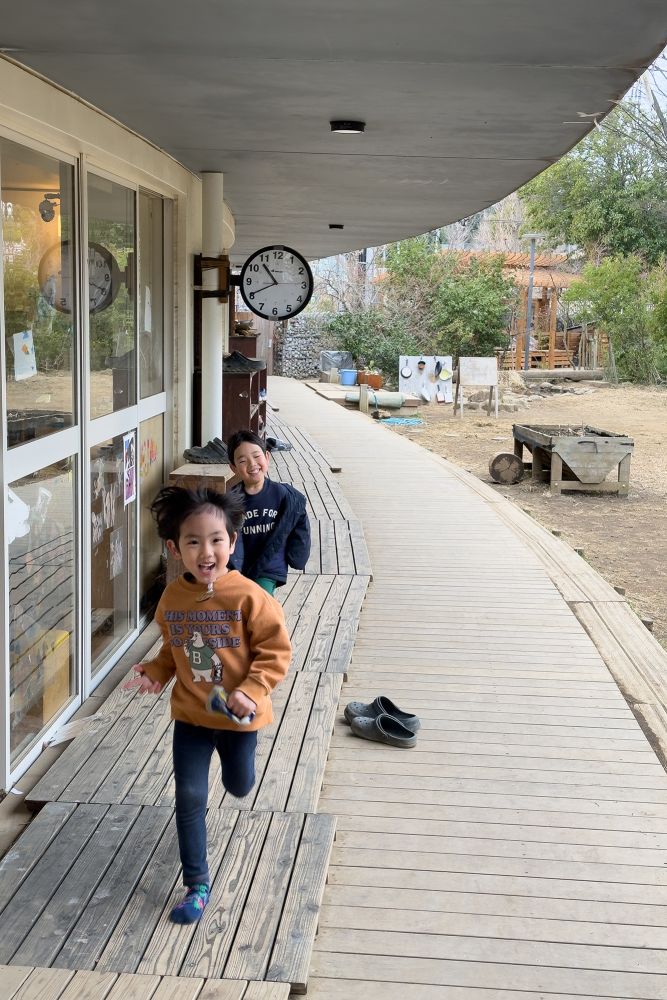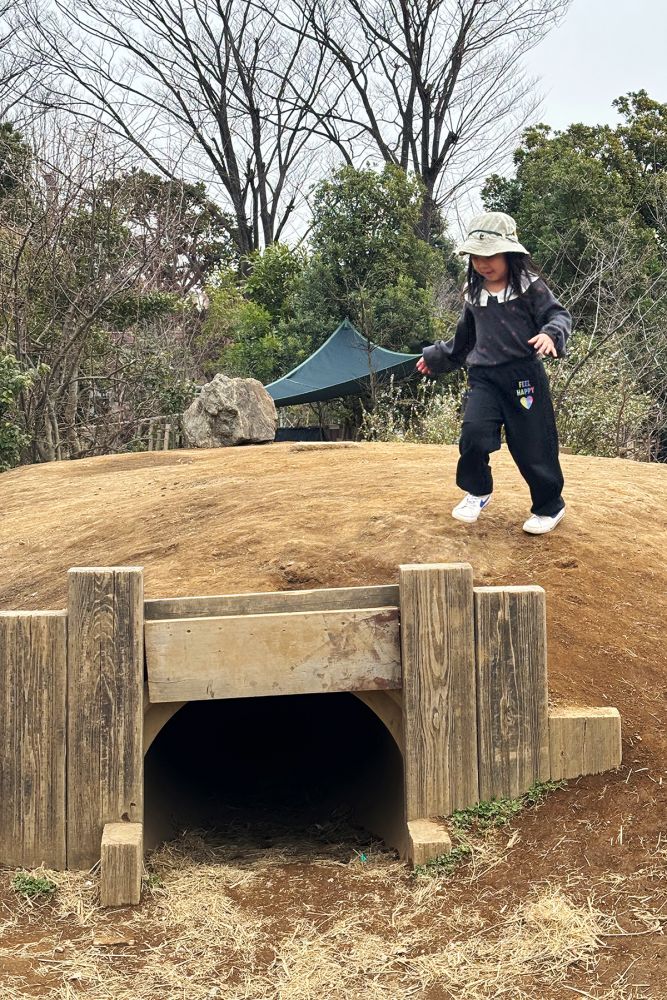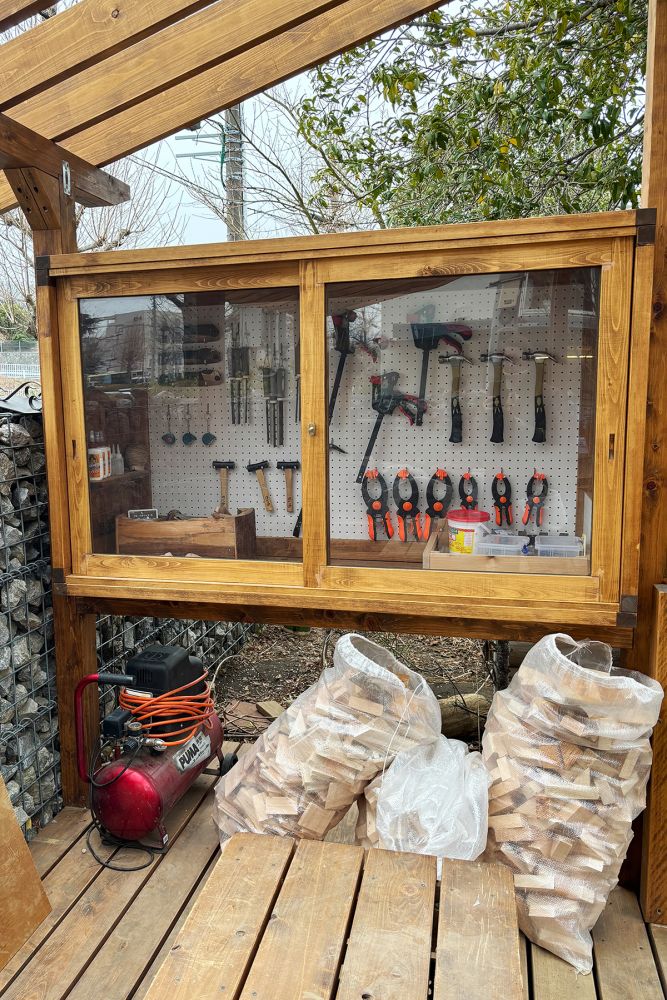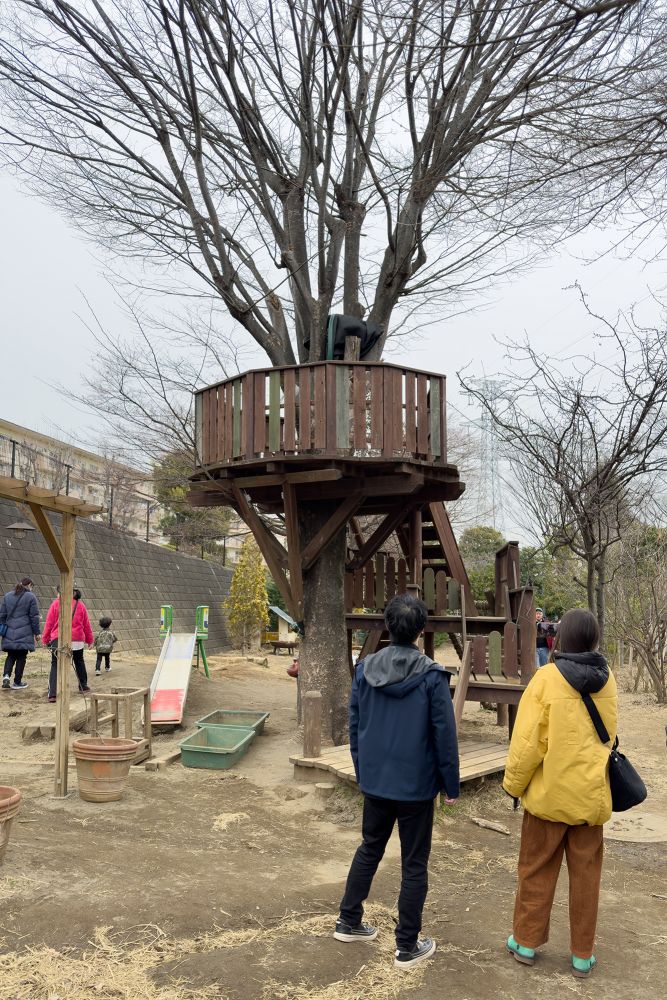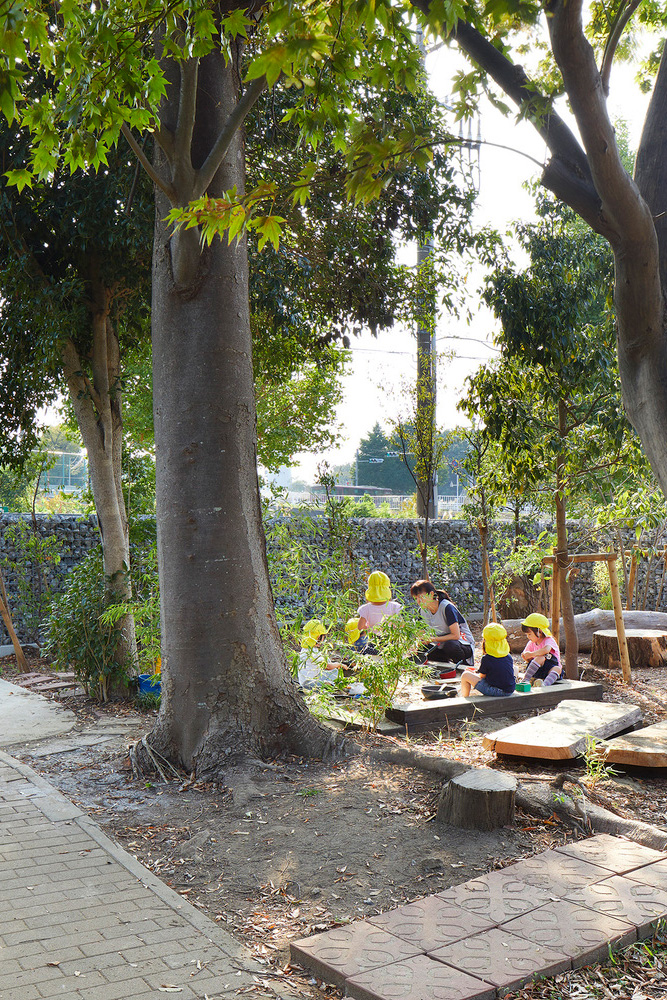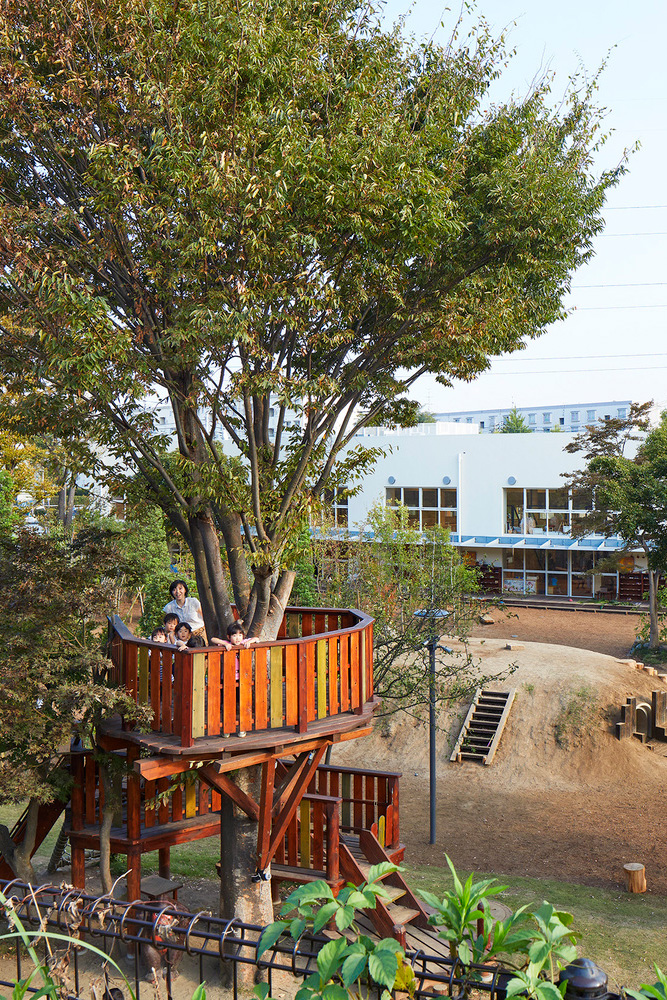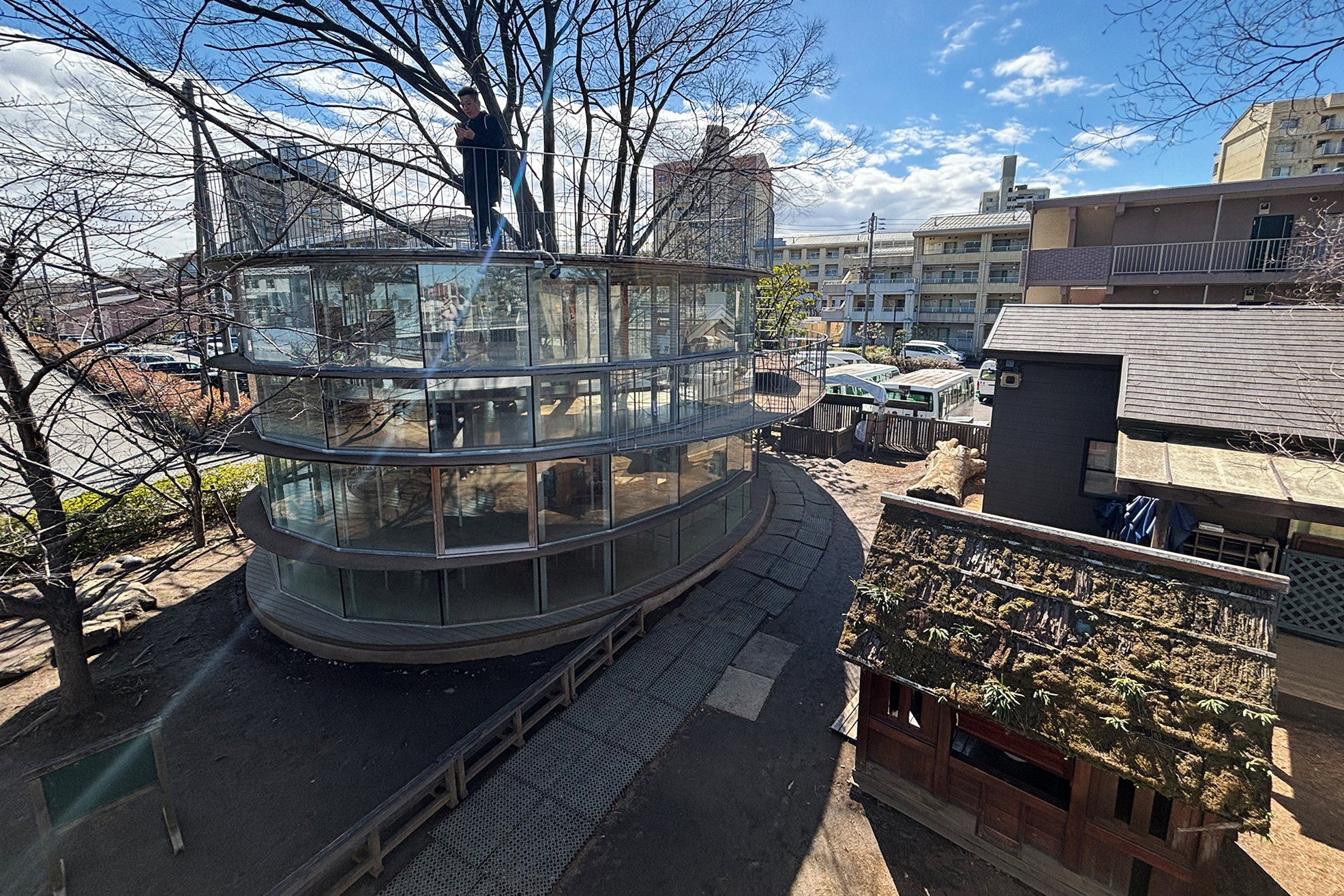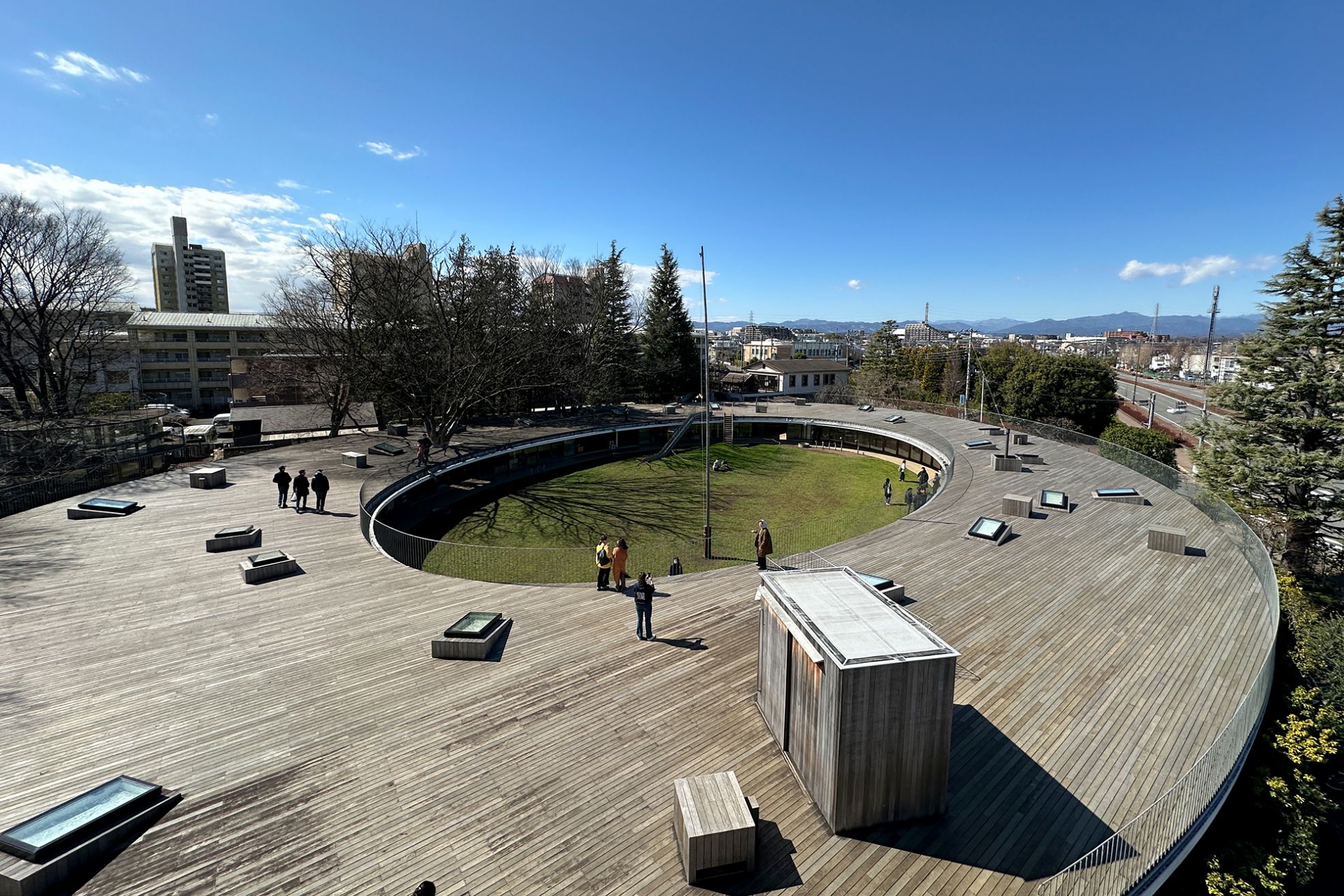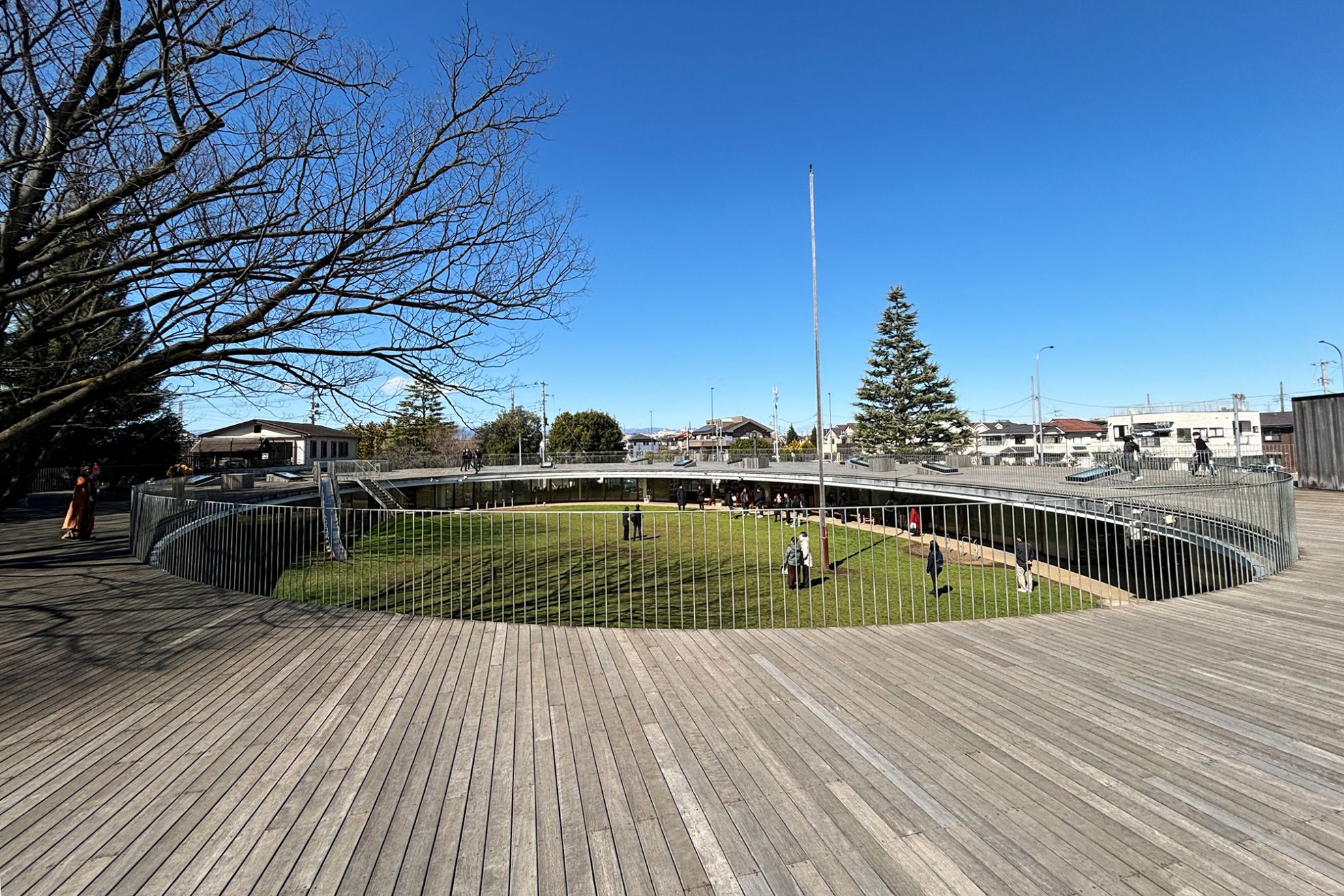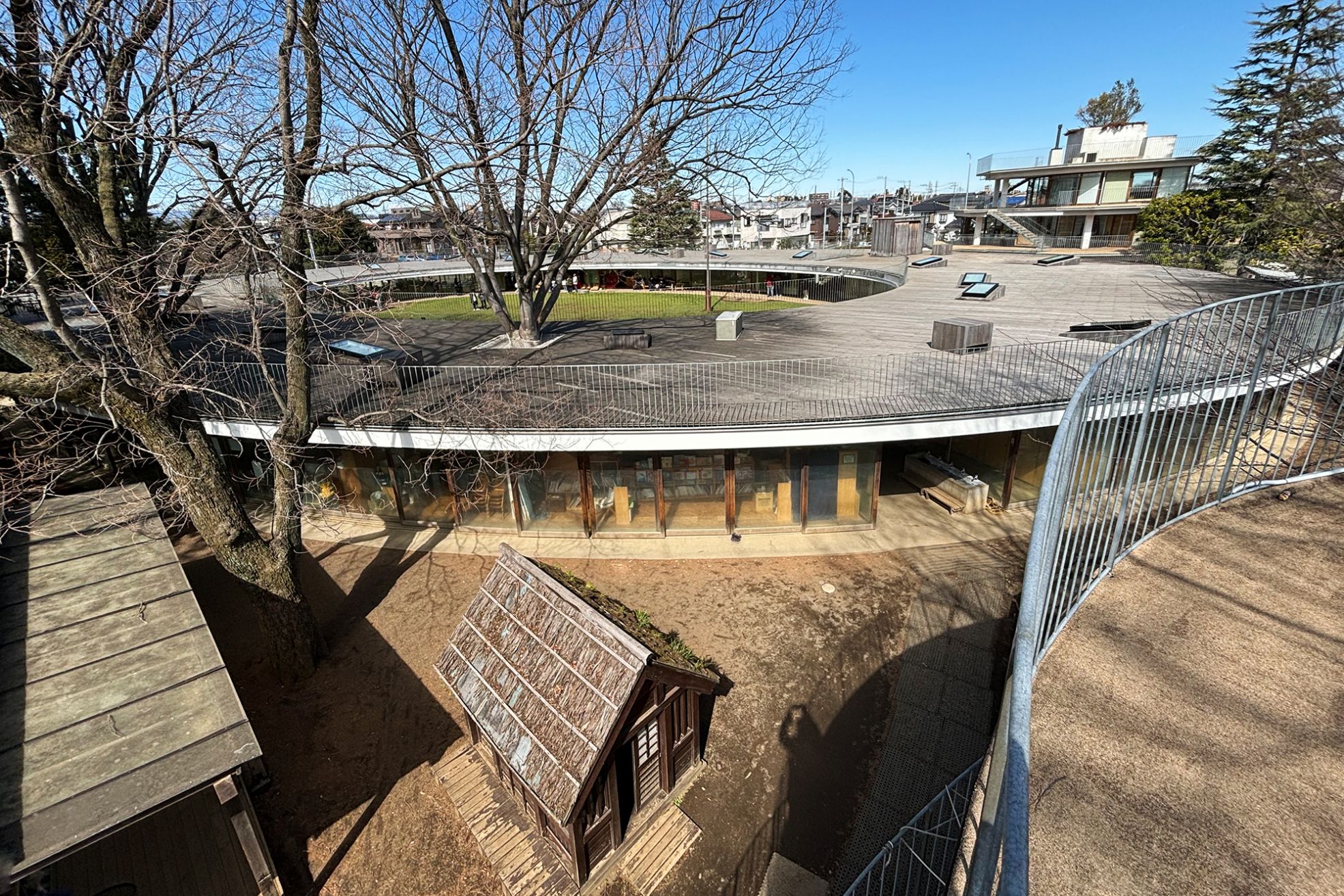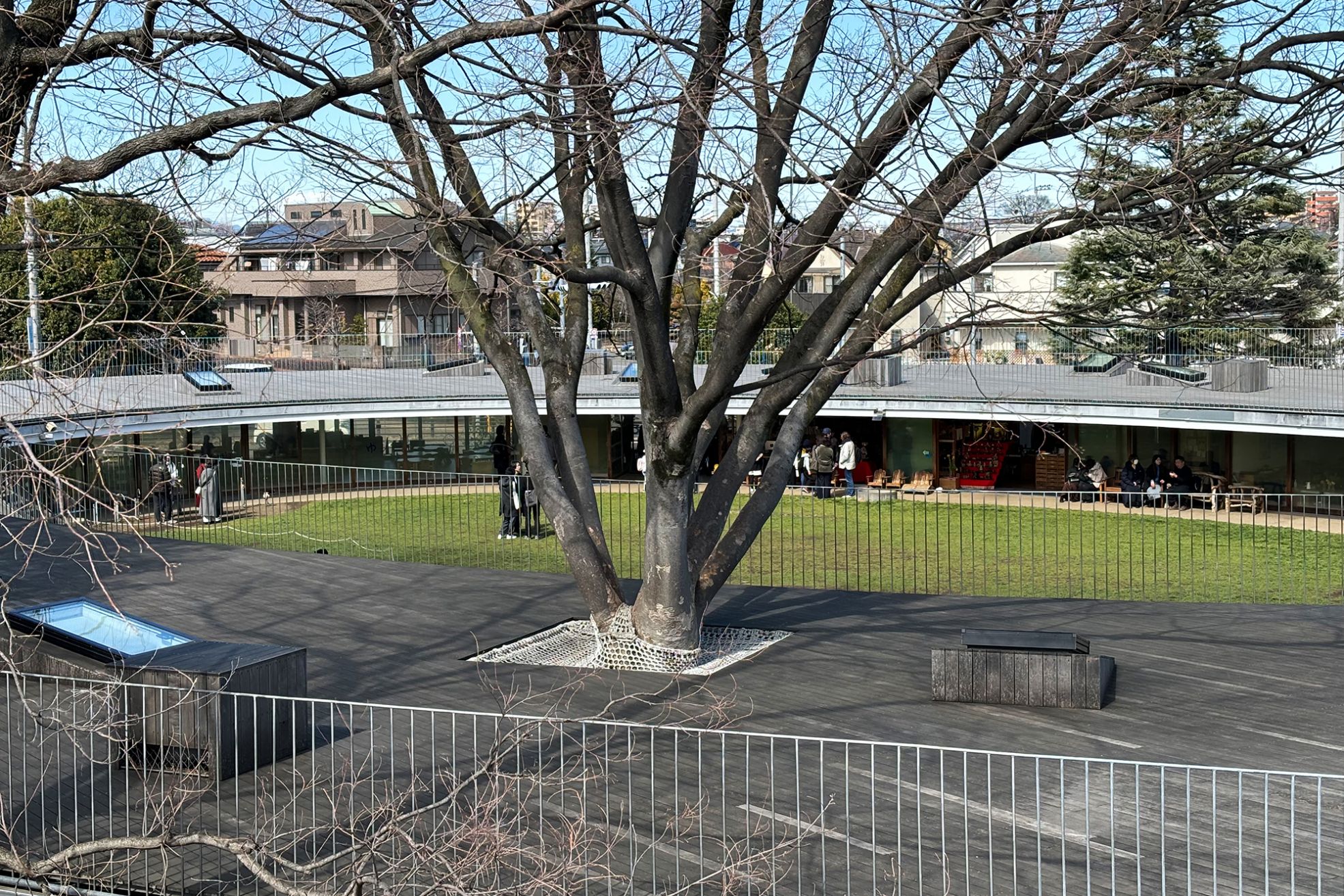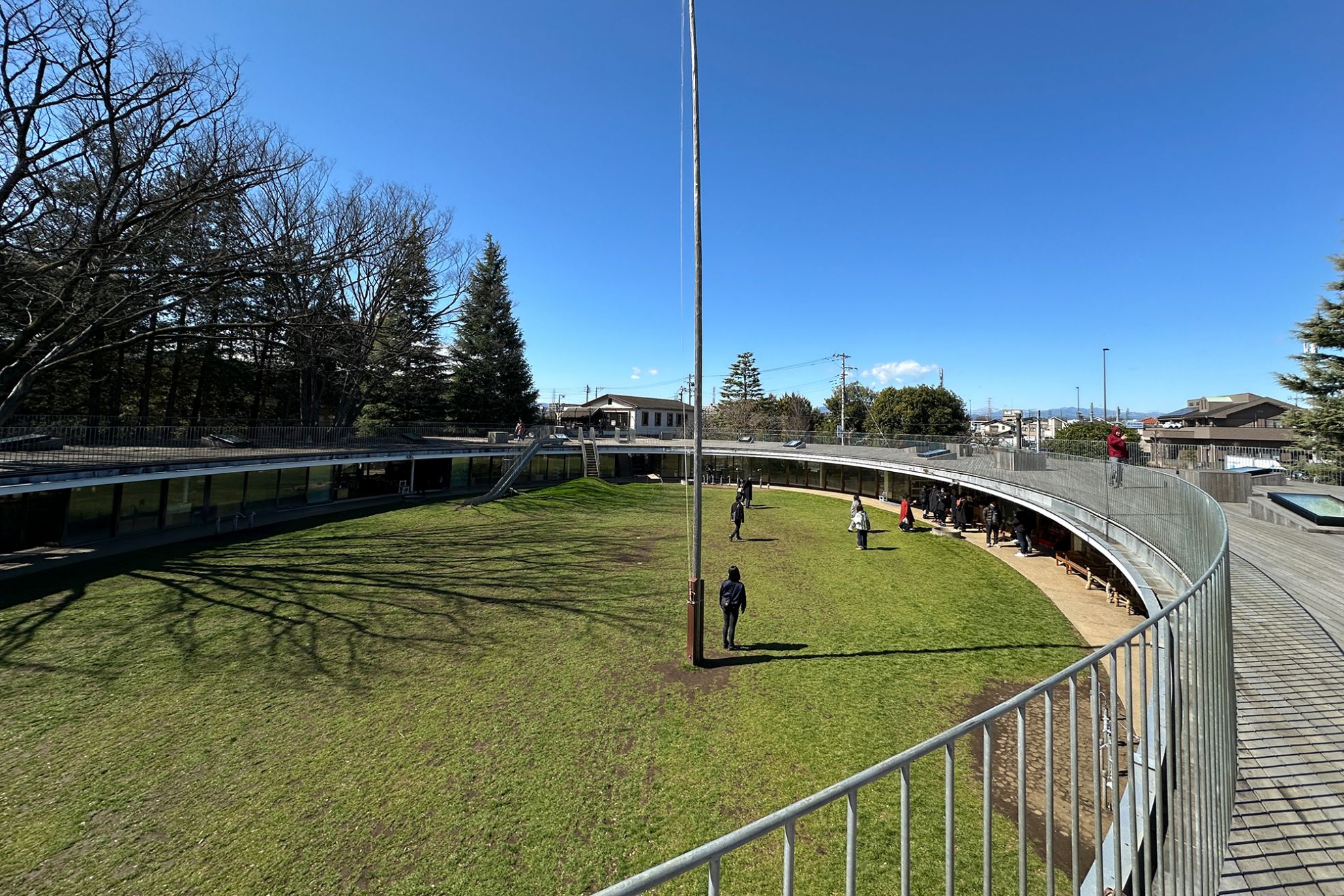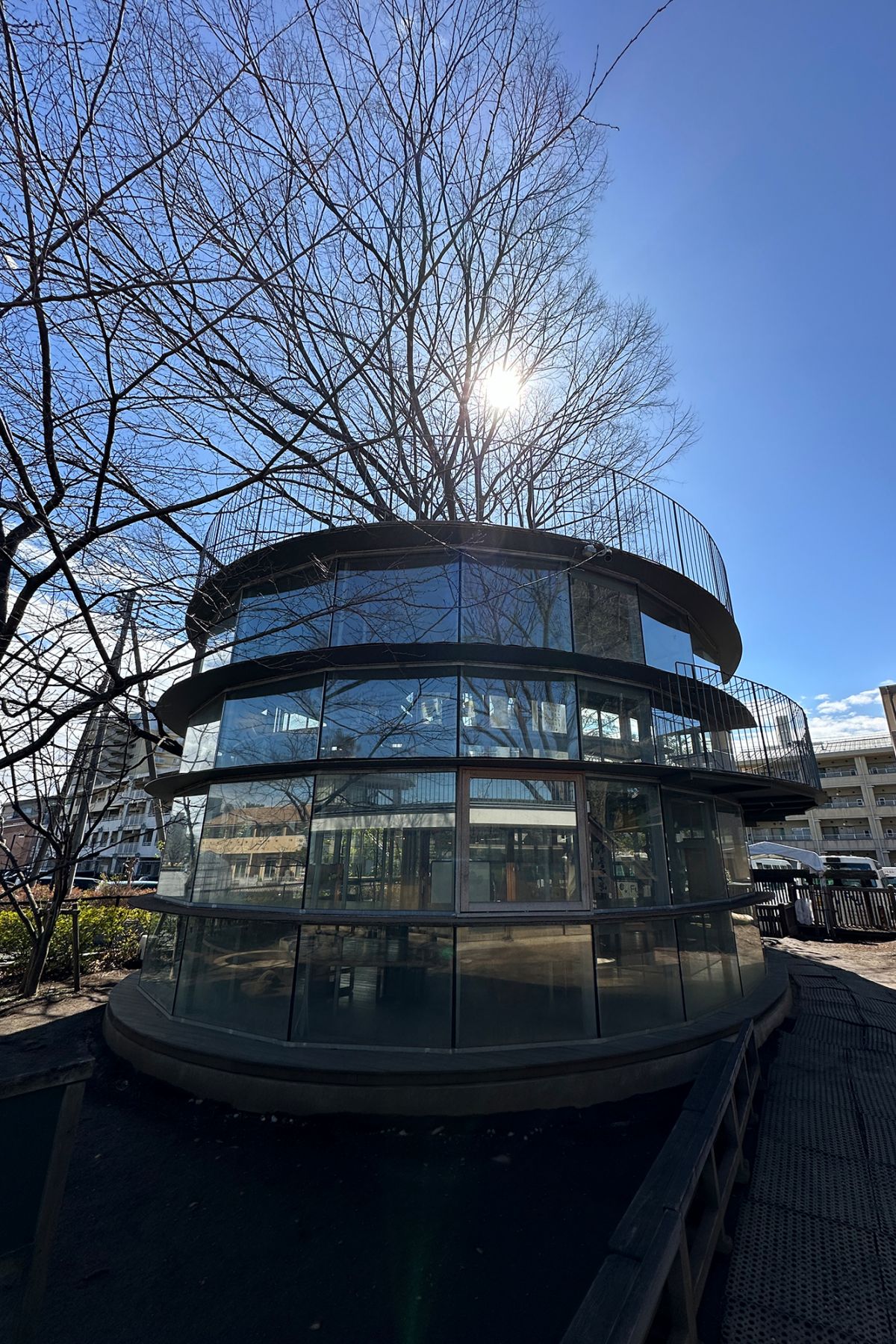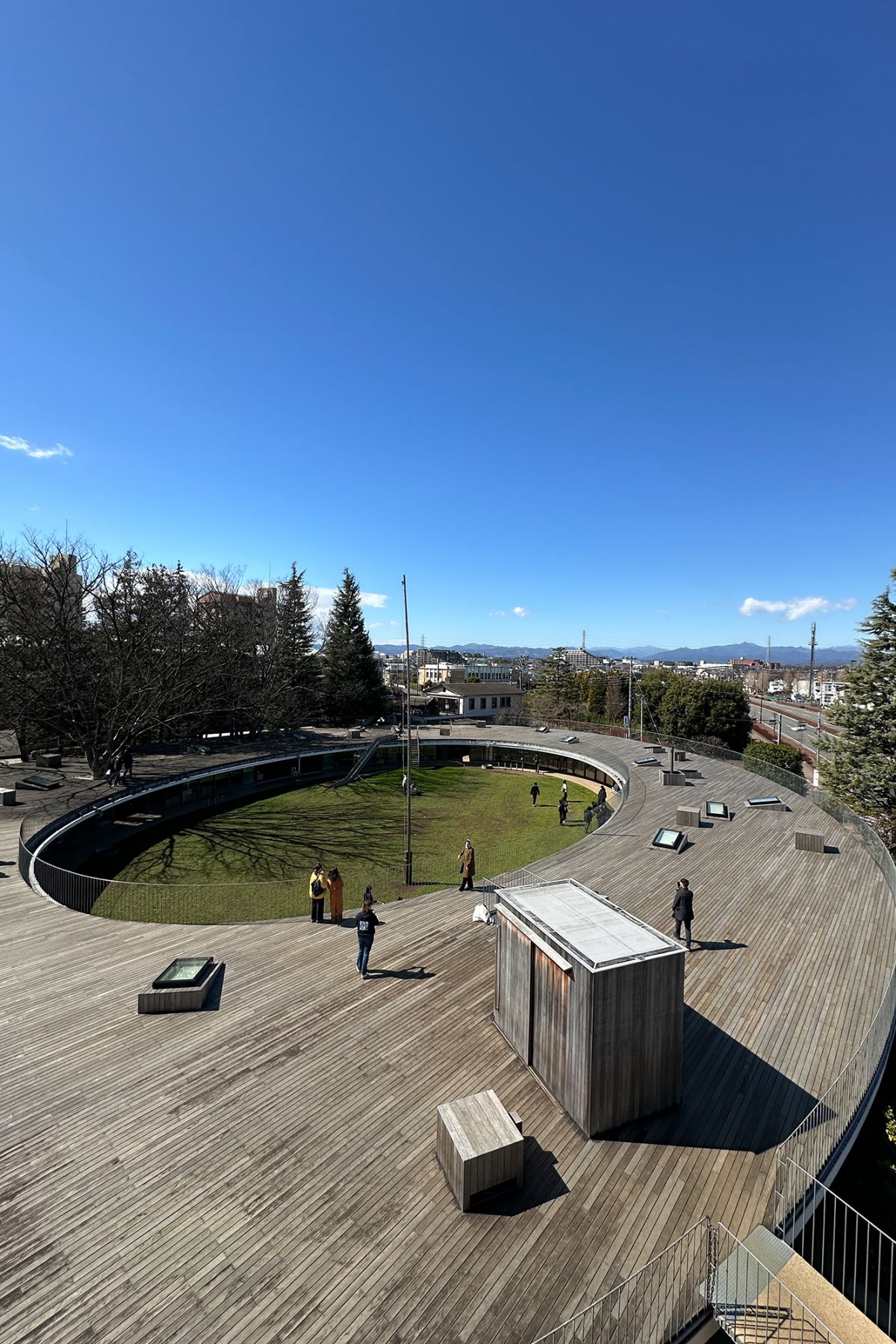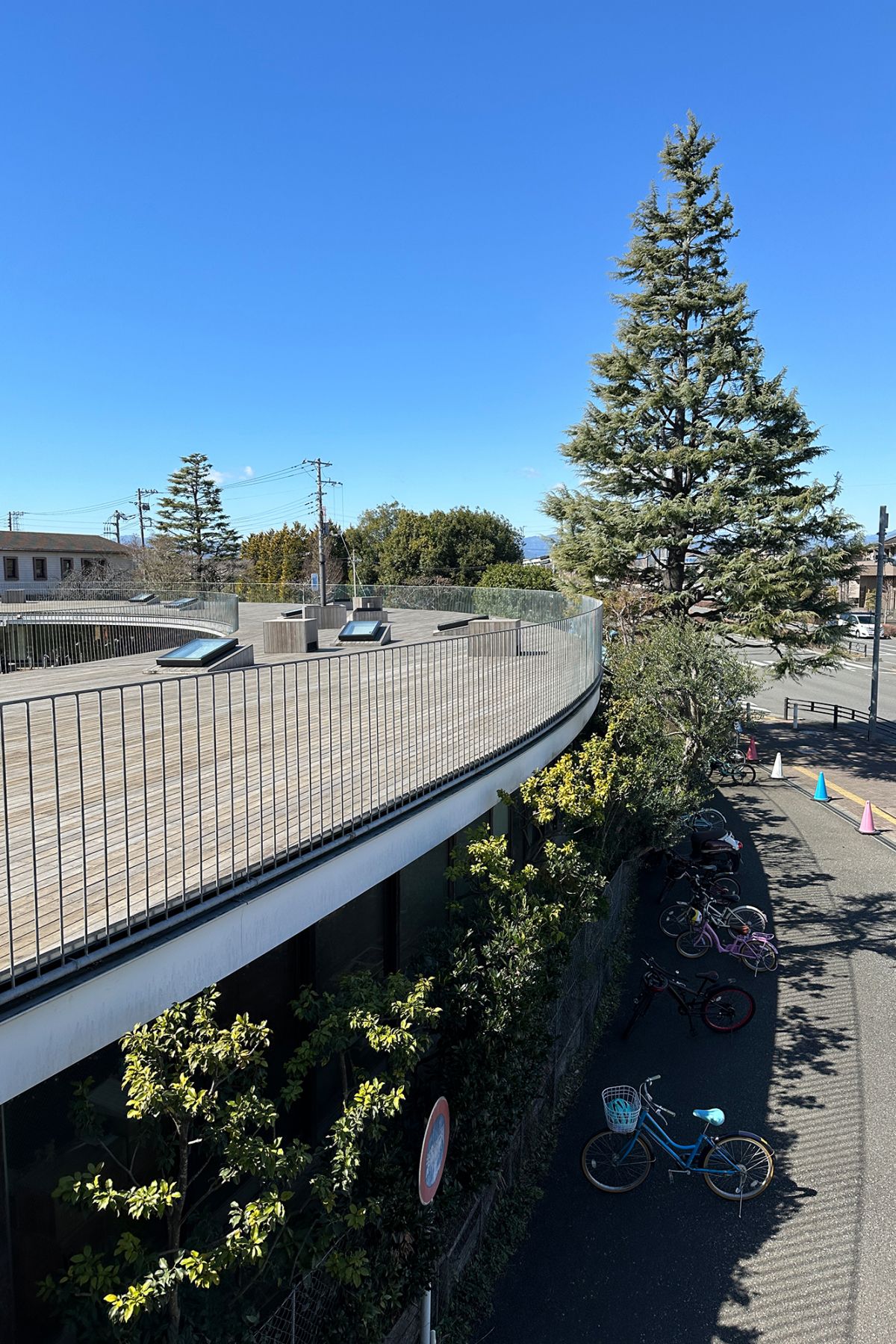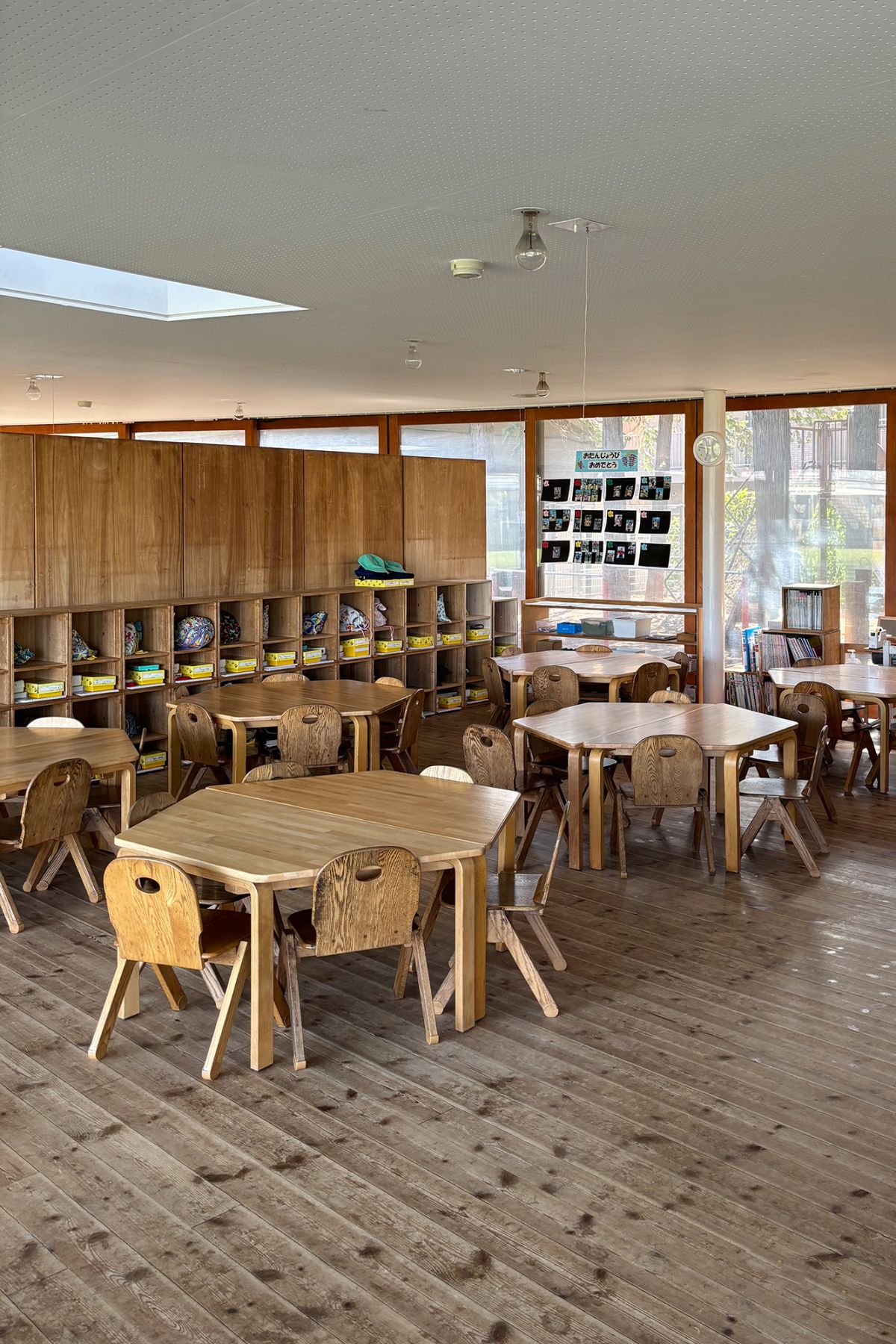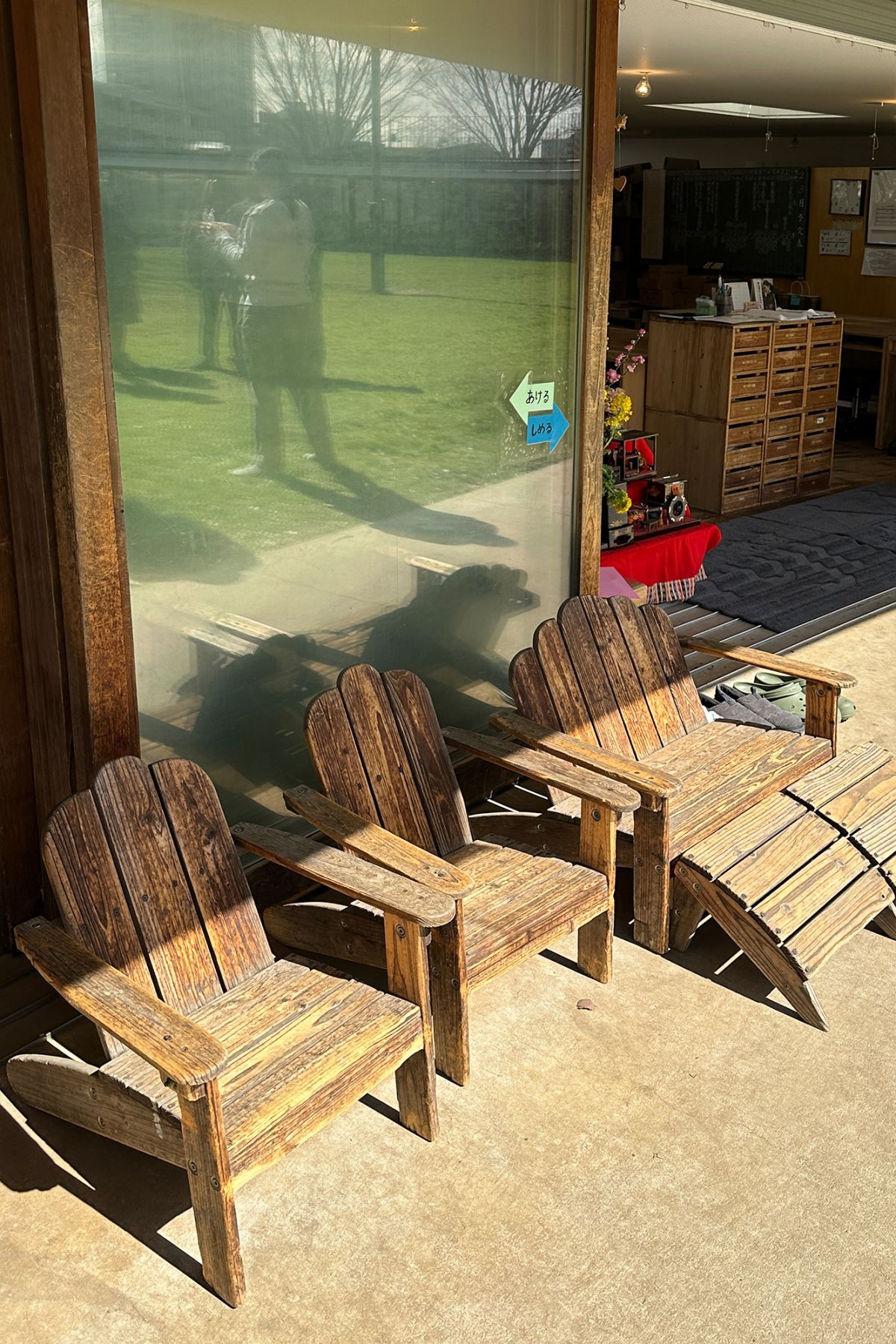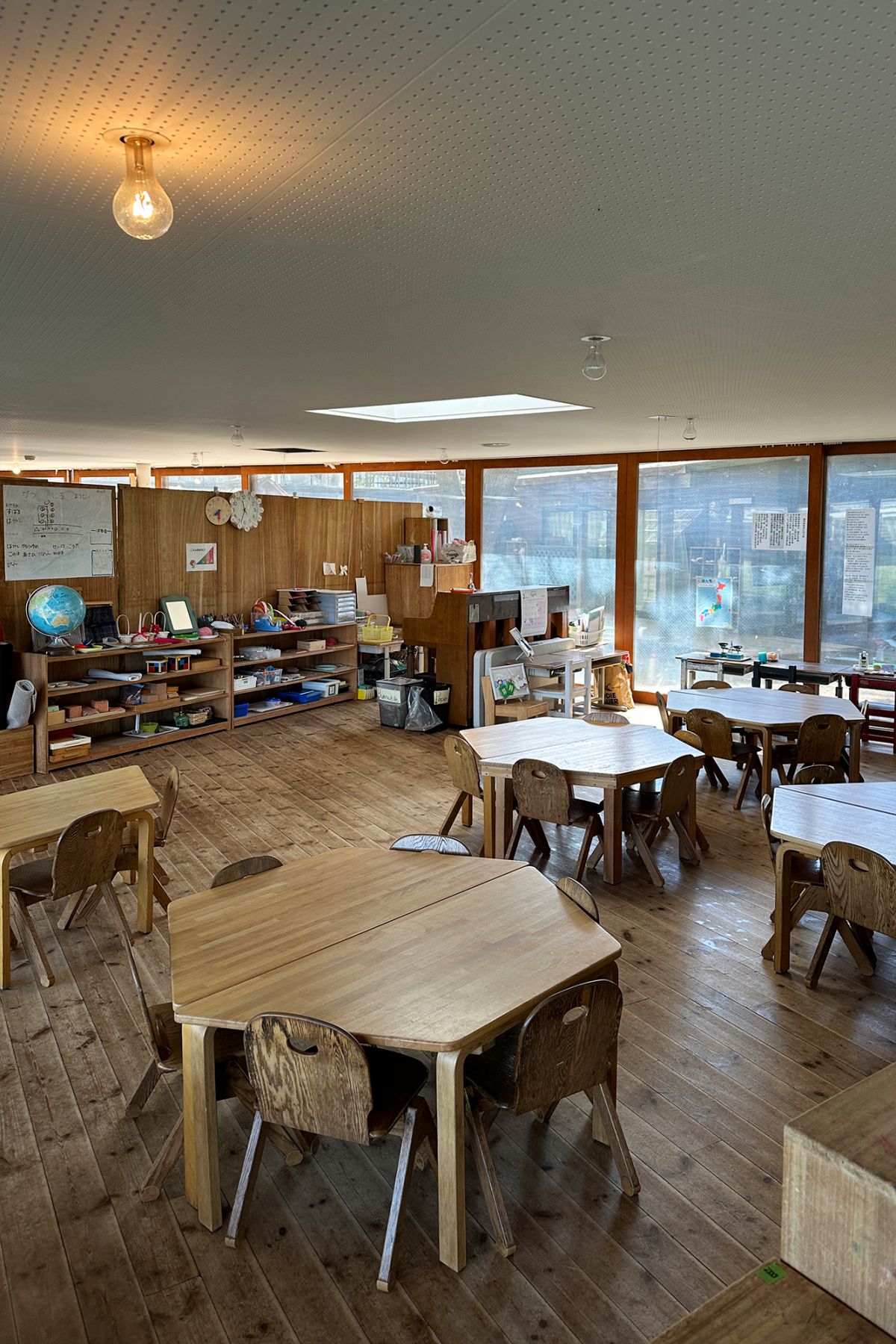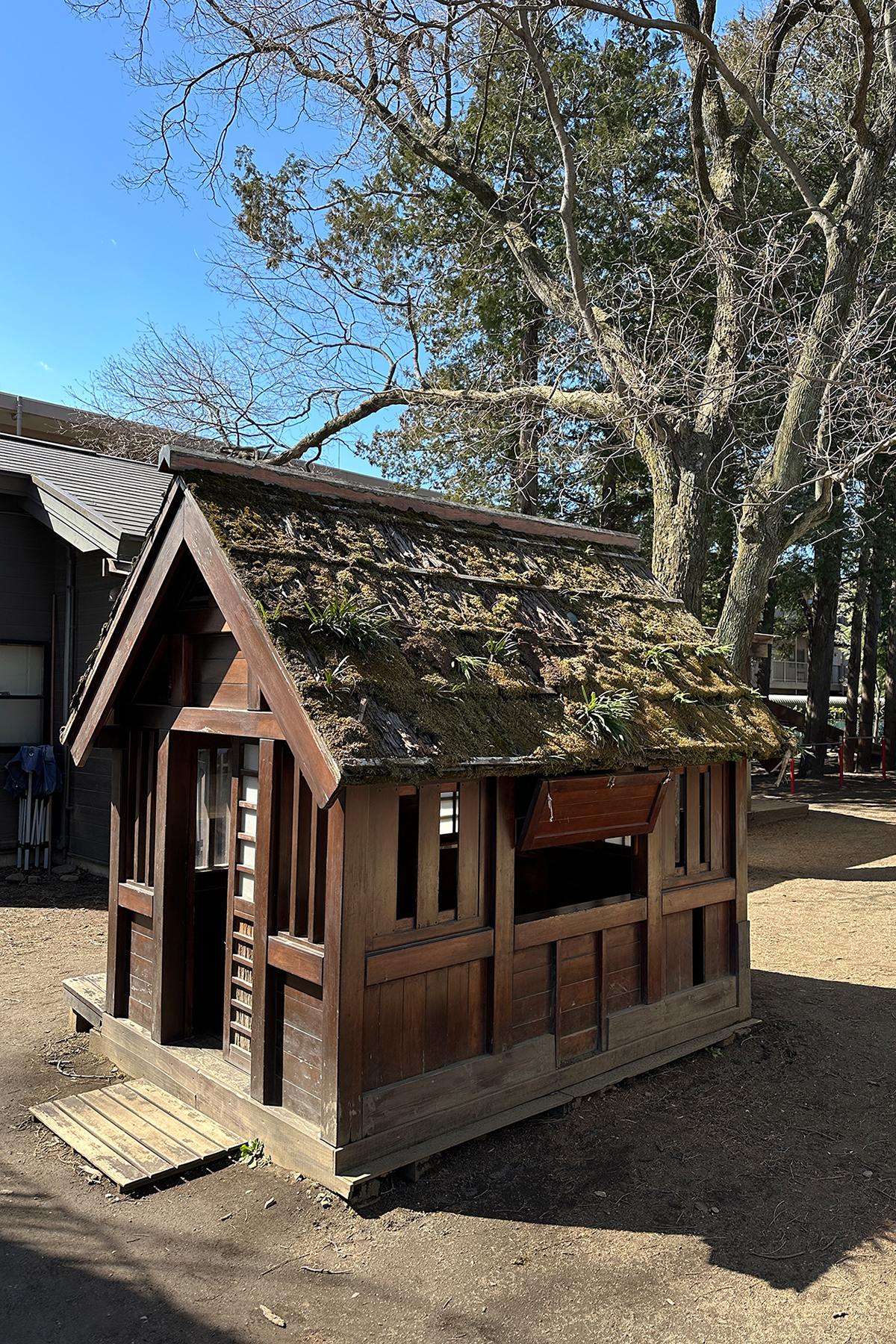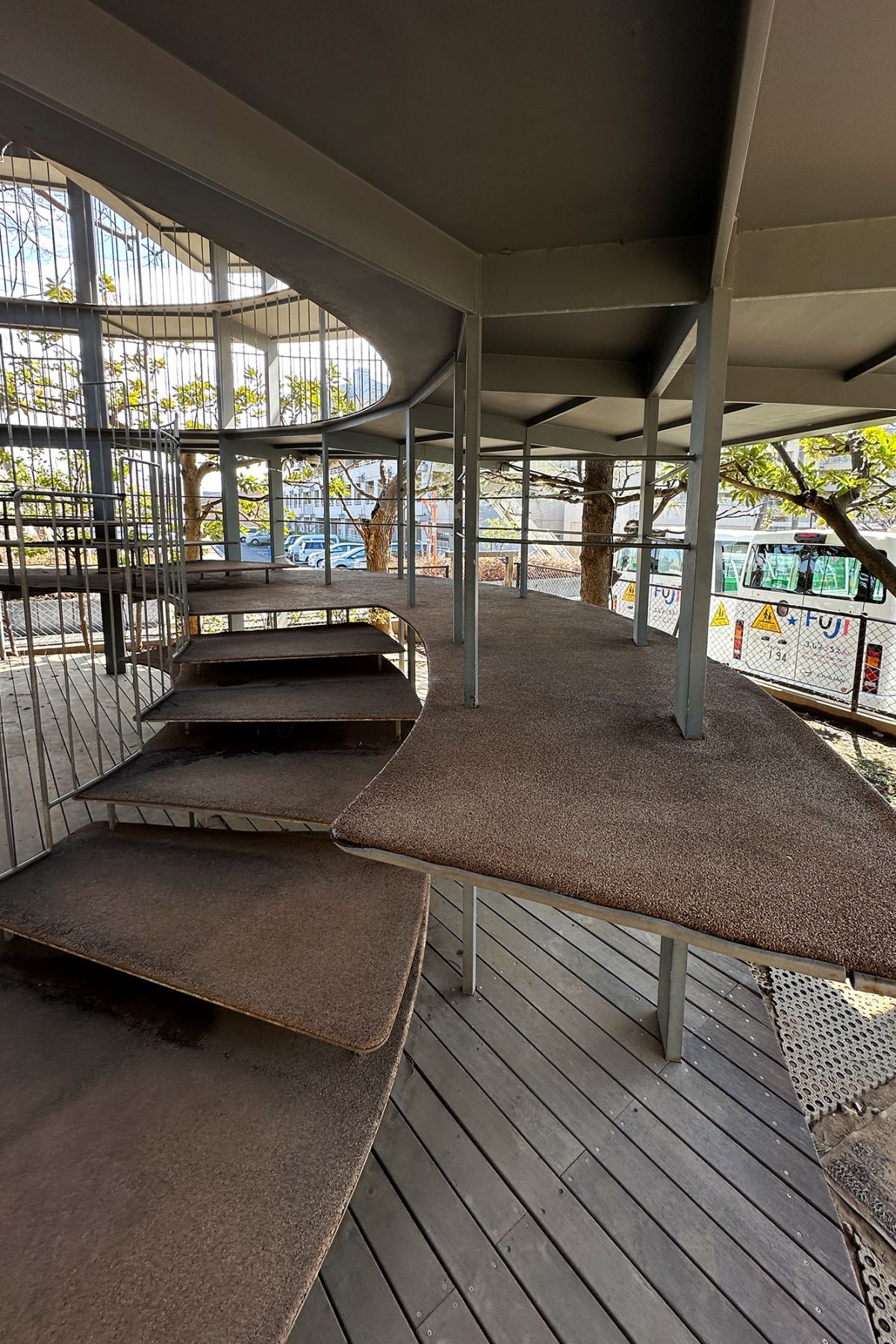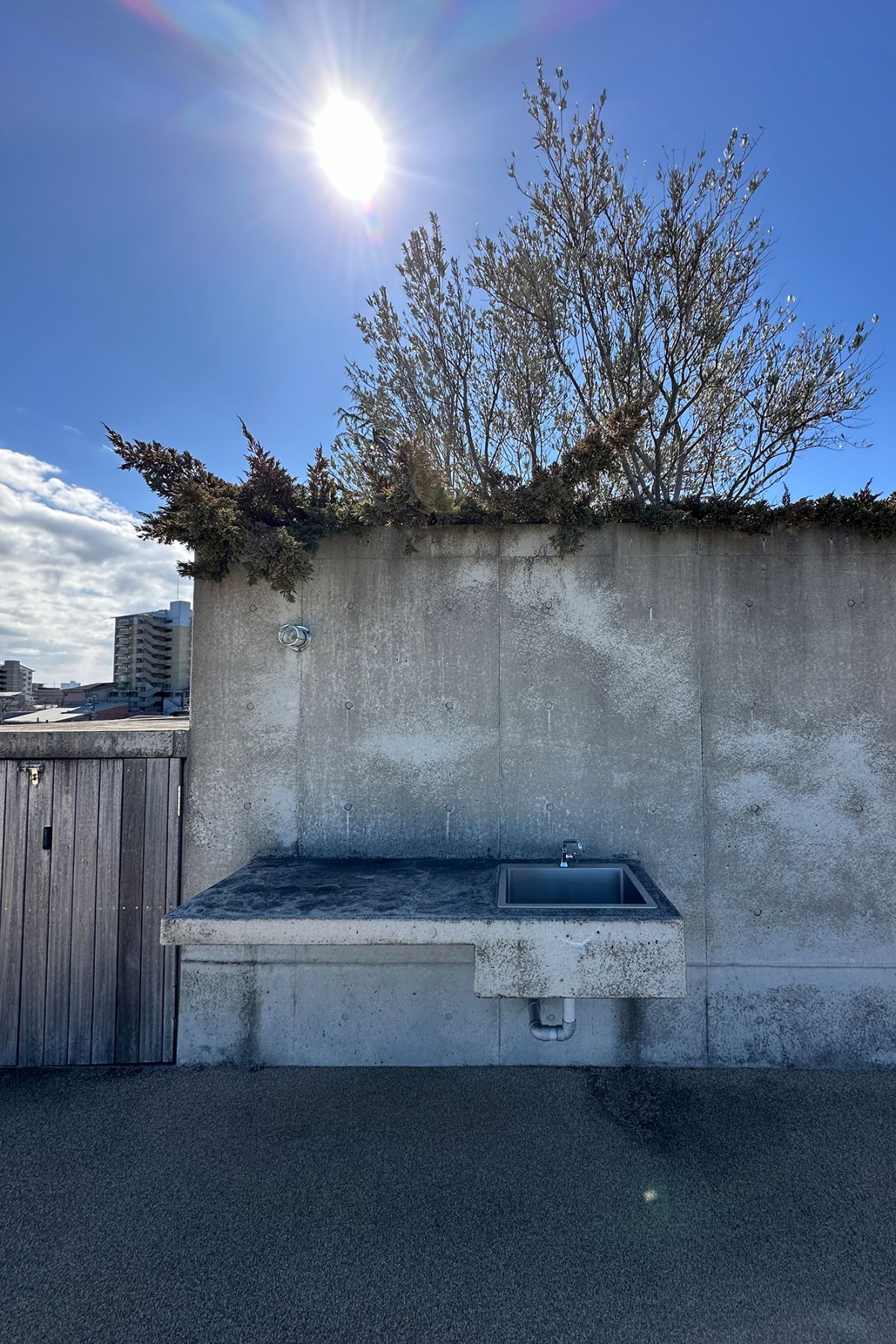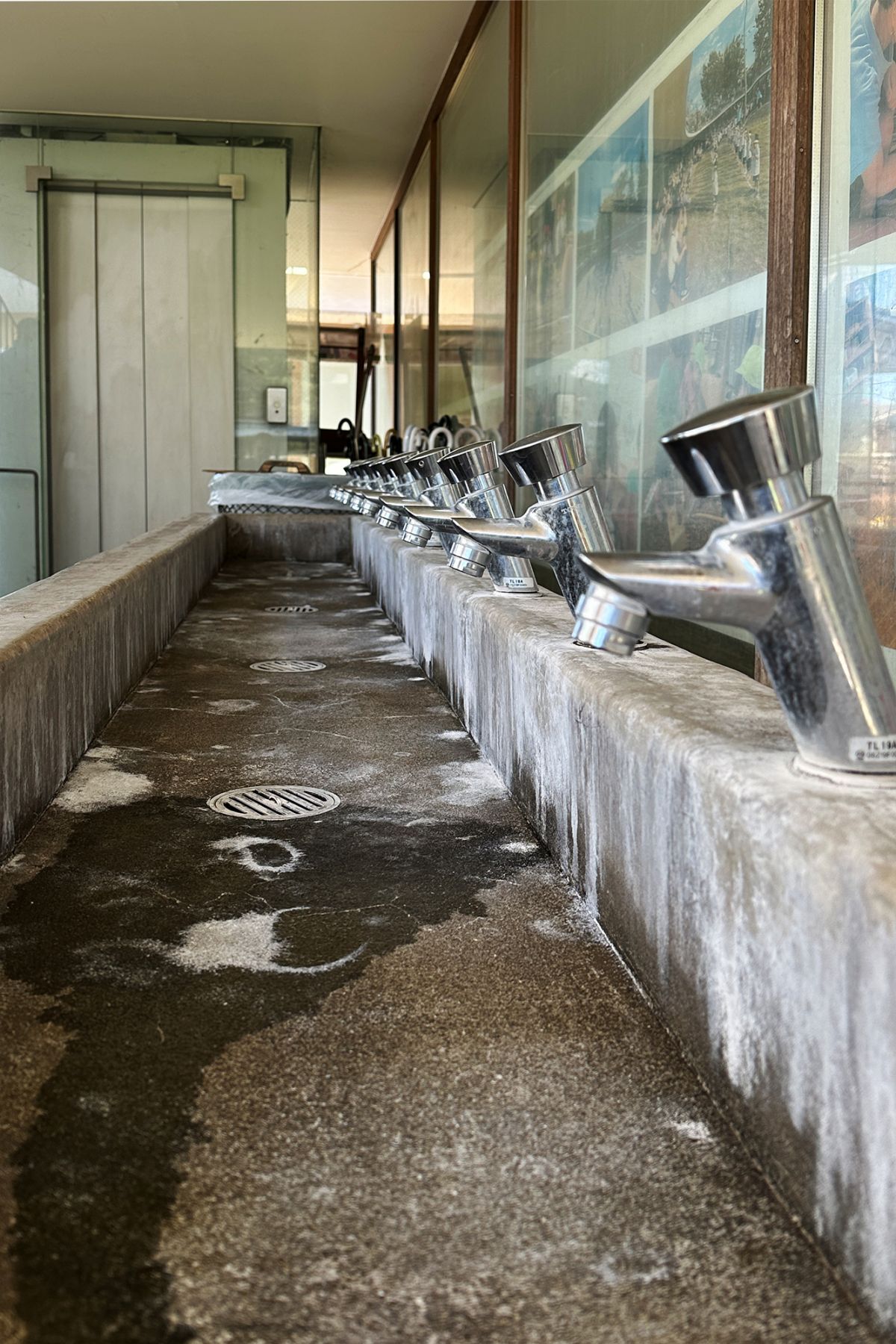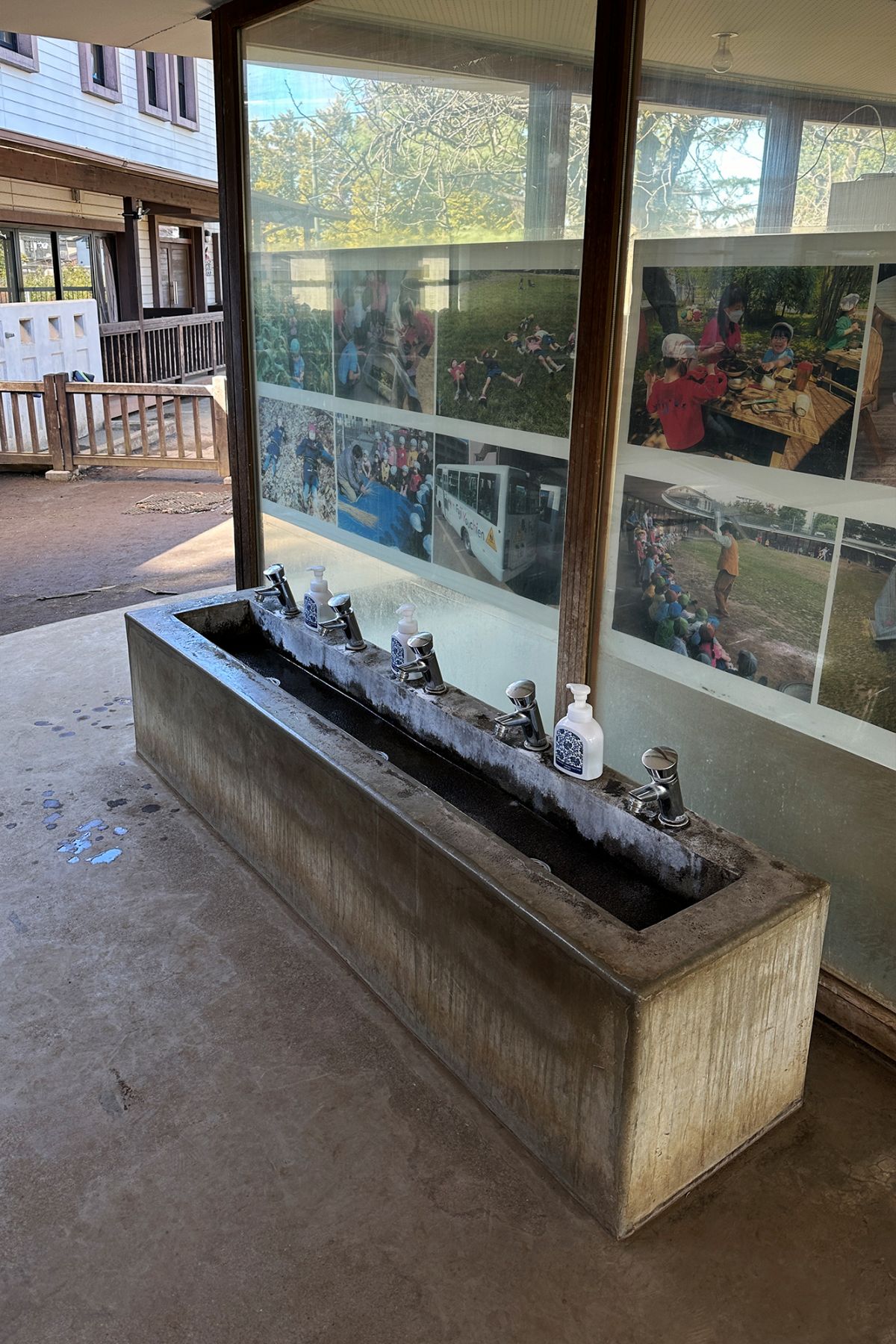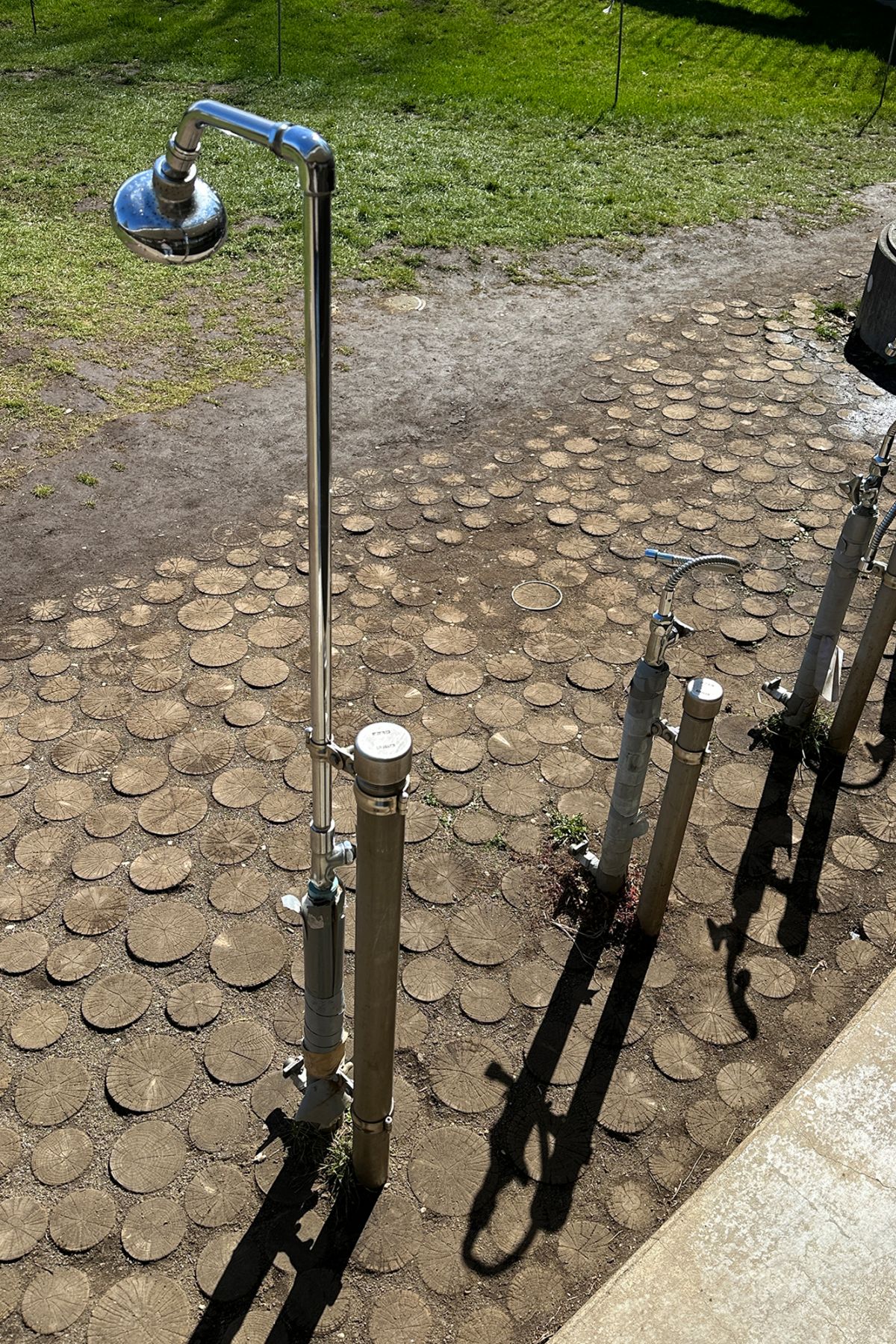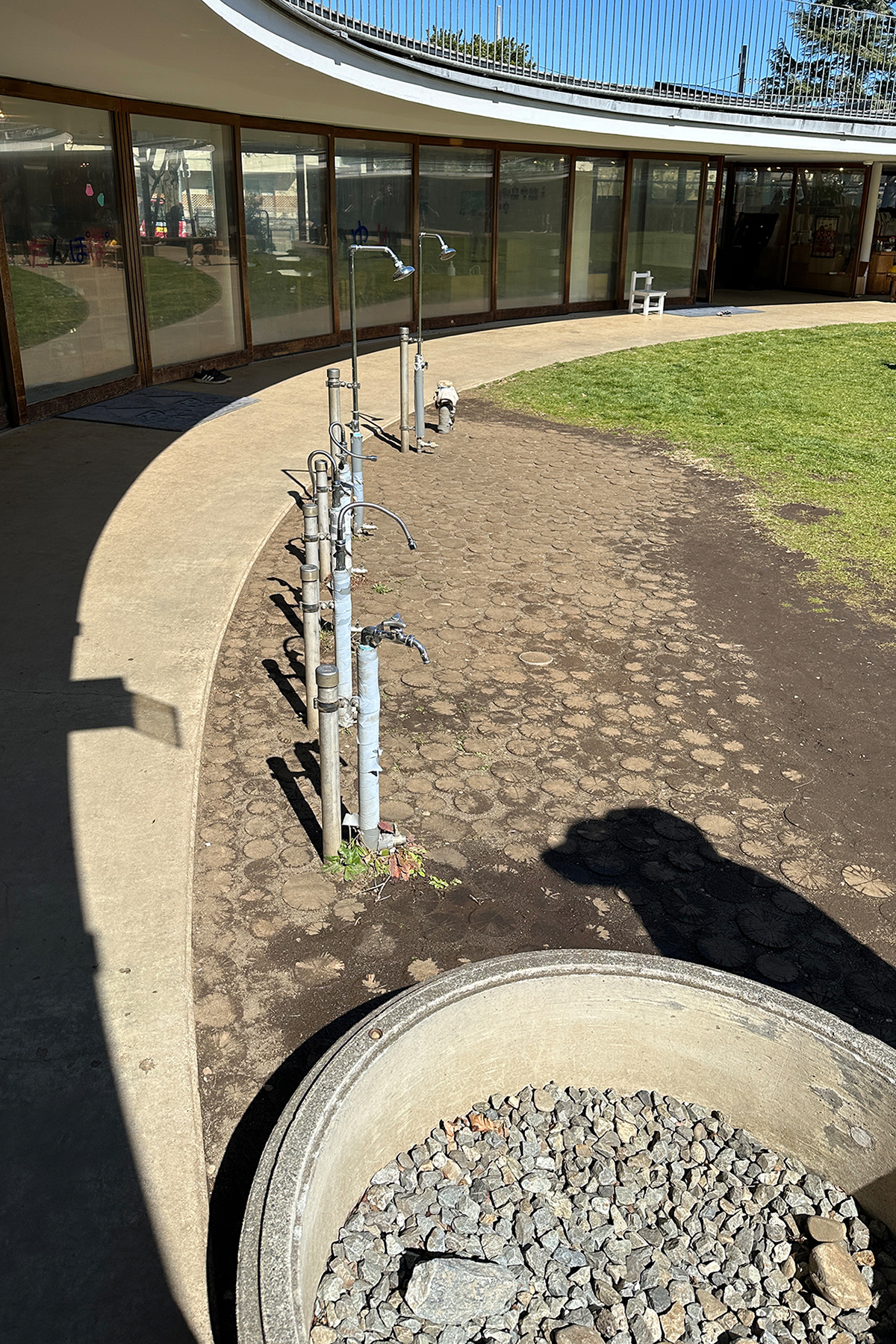Educational trips are an important part of EdDesign Mag’s work: this is both exploring the world educational experience and reflecting on the situation in the school-building market. During the last several years, magazine’s team visited Finland, Singapore, UAE, Saudi Arabia, Khazakhstan, China, Turkey, Japan. The core issue of the trip to Tokyo was preschool and primary education. We visited projects that are interesting in terms of the pedagogical approach, the learning environment and architecture.
If you are interested in joining us on the next trip or in organizing a custom-designed tour to explore both modern educational architecture and pedagogical approaches, just send us a message: ev@eddesignaward.com
Preschool Education in Japan
In Japan, children go to kindergartens from 3 to 6 years old, there is also a nursery where the child can be enrolled almost from birth. Preschool education is not compulsory, but about 90 % of families send their children to kindergartens.
There are both public and private kindergartens. There can be long expectation lists in public institutions, with parents monthly paying an average 5,000–30,000 yen (30–190 US dollars), and this amount is subsidized by the government. Private kindergartens are more expensive than public ones, ranging from 50,000 to 150,000 yen (from 190 to 950 US dollars) per month, and often have shorter working hours. On average, children stay in the kindergarten 5–7 hours a day.
In kindergartens, much attention is paid to games, socialization and preparation for primary school: children are taught to read, write and count. Following rituals and rules are of great importance. For example, children are taught to clean up after themselves. Cleaning is perceived as a practice of daily conscious movement. Children are also taught to take care of their health and follow safety rules. Besides, in Japanese culture, great importance is attached to the ability to work in a team, which is reflected in preschool education, where children are taught to cooperate and help each other.
Photo: Toshiyuki Yano, Katsuhisa Kida, Yuichi Higurashi
The Japanese education system is a kind of combination of traditional values and the Western approach. Until the 20th century, education was the elite’s privilege, and training was conducted in temple schools and private ones. Under Emperor Meiji, education became universal, and focused on natural sciences, foreign languages and technical disciplines. After World War II, the system was seriously changed, having taken European models as examples, in particular, the French one: the law that made education free and compulsory, with obligatorily studying at school for 9 years, was adopted. It is believed that this contributed to the emergence of the large number of highly skilled workers and the economic success of Japan.
The Japanese school is divided into three levels: primary, secondary and high. Most often, these stages are implemented not on different floors, as is the case in Russia, but in different buildings, and transition from step to step is ritually accompanied by transition from building to building.
At elementary school, children study from 6 to 12 years old: they study Japanese, Mathematics, Natural and Social Sciences, Music and Arts. At secondary school, the program becomes more difficult. They go to high school at the age of 15, though this stage is optional: a pupil can go to college instead. Entering high school implies passing quite difficult exams.
In Japan, higher education (as well as high school) is paid. The bachelor’s degree training usually lasts 4 years, the master’s degree – 2 years, and the doctoral degree – 3 years.
The Kashimada: independence and skills assessment
The kindergarten Kashimada is located in the suburbs of Tokyo. This preschool was designed by the TERRAIN architects bureau and built in 2022, on the site of a former water distribution complex.
Photo: EdDesign Mag, Yuichi Higurashi
In Japan, preschool education receives only general guidelines from the ministries, and kindergartens choose the daily routine and the program of classes themselves. Kashimada implements the methodology combining traditional preschool education and elements of international programs, including English-language learning.
“We recurrently assess the children’s development”, says Mitsuro Tanizawa, Director of the kindergarten. “If educators understand that a child is lagging behind in some way, for example, (s)he does not know how to sew a button, they assign classes, prepare helpful toys. And in 6 months, we check and assess again. If the skill has formed and fixed, then everything is all right. For each child, the table is compiled: gross motor skills, fine motor skills, social skills, communication skills – assessment, re-assessment in six months. Educators share this information with the parents and discuss how the family can help the child learn necessary things.”
Educators encourage children to take things off the shelves and put them back in place. Training regular habits is one of the important features of Japanese education. Educators also try to motivate children to be independent: children change clothes themselves and fold their clothes.
“After World War II, there were not enough educators in Japan”, says Mitsuro Tanizawa, “so children were grouped into so-called ‘teams’ for independent activities. This tradition still exists today.”
Photo: EdDesign Mag
Japanese educators and parents are very attentive to food. The word ichijuissai describes the minimal set of dishes: one serving of soup, fish and one vegetable dish with a plate of rice. In Kashimada, the dining room and the food hall are located on the ground floor.
On the second floor, there are four small rooms united around a central column. In the common room, there are storage spaces: some of the shelves are open and intended for children to use, closed cells are for teachers. During the nap hour, the common room turns into a bedroom: children spread out their futons – thin cotton mattresses.
The kindergarten consists of two pent-roofed buildings resembling a windmill. In the site where there used to be a round water storage tank, there is now a playground. There is no outdoor play equipment usual for us, in fact, it is a large sandbox, in which educators take out movable children’s furniture and umbrellas protecting from the sun.
Photo: EdDesign Mag, Yuichi Higurashi
The Kiitos: Inclusion and Neurodiversity
In Japan, there is the preschool system to help children with special needs. We visited the Kiitos Child Development Support Center located in the city of Hamura. Children come to the Center for therapeutic activities and rehabilitation.
Photo: EdDesign Mag, Kenjiro Yoshimi
The Japanese inclusion system is based on playing: the experts believe that this develops feelings and emotions of children with developmental disabilities the best, strengthens their sense of balance. The entire architectural concept of the Center is subordinated to this: the HIBINOSEKKEI company provided for in the project many places for children to play. The kindergarten has a sandbox under the canopy, a swing to train the children’s vestibular apparatus, and a small climbing wall.
At the Kiitos Center, they try to provide reasonable attention to each child, giving children some space with the low level of incentives, so that they could live with a sense of perspective and spaciousness. Creating comfortable conditions for children makes it easier for educators to work: a child prone to impulsivity can go to the recreation room and calm down, meanwhile the educator will deal with other children.
Photo: Kenjiro Yoshimi
According to Sato Hiroko, Director of Kiitos, in Japan, the term inclusive education is not always used correctly, because it implies specialized educational institutions. And when children with special needs study separately from their peers, there is no inclusion to occur. At present, Japan implements the model of integrated child care, when children with and without disabilities are in the same institution, but study in different programs. This approach is considered helpful for both groups, but still does not always ensure full inclusion.
Now in Japan, they increasingly more talk about the concept of neurodiversity, which considers differences in thinking, attention and other mental functions not a deviation from the norm, but a natural part of human diversity. This approach calls into question the idea of establishing the society where everyone is similar to each other, and offers the alternative of the society where differences are recognized and appreciated. According to Sato Hiroko, widespread introduction of this concept in preschool institutions will be the first step towards establishing the truly inclusive society for everyone to feel comfortable.
“Each child needs to be supported in developing his/her individual strengths”, assures the director of the Center. “That’s why we consider our children’s diversity as wealth, and try to integrate them into the group without forcing to assimilation. But since Japanese society values harmony, we strive for giving the children skills to help them live in harmony with others. I believe that the inclusive environment contributes to developing each child’s strengths by forming social and emotional skills that seem to us more important than cognitive ones.”
The Seiwa Kindergarten: Freedom and Creativity
The Seiwa kindergarten in the city of Machida is an unusual kindergarten that is out of the Japanese preschool education system. It applies Emilia Reggio’s methodology, which is quite rare in Japan. The children learn new things by following their interests: the child’s natural curiosity helps him/her develop and learn, and adults just observe and assist.
Photo: EdDesign Mag
“Our philosophy is that children should learn independently”, says Shiho Osaki, Administrative Director of the Seiwa kindergarten. “Each of them learns by playing, makes various projects, which eventually form their portfolio. We give children access to materials and tools: paints, clay, musical instruments… and provide freedom of creativity. Educators keep observation diaries, take photographs of the children’s works, so that they could analyze them later, for the purpose of better understanding interests and needs of their pupils.”
The kindergarten premise is organized in such a way, as to stimulate the children’s curiosity and creativity. The Seiwa kindergarten is one large space that can accommodate 100–150 people simultaneously. At first glance, complete chaos seems to reign in the kindergarten, but teachers are sure that this is what freedom looks like: children do what they like, and the way they want.
Photo: EdDesign Mag, Toshiyuki Yano
Initially, the Seiwa kindergarten was created for the residents of the large Yamazaki housing complex, built in the late 1960s. In 2020, the kindergarten was renovated and refreshed by the company naf architect + design. The architects proposed the project of the building consisting of two blocks united by a terrace with the membrane roof that lets sunlight in.
At any time, children can go out into the large open courtyard, where there are no outdoor play equipment and verandas to be usual for us. In the huge yard, there are huts to be built by the pupils together with adults, many slides, hiding places, and devices for playing with water. Around the kindergarten, the architects planted over 350 trees, which should eventually turn into a real forest.
In Japan, they always try to include the landscape in the educational process: there is practically no play equipment to be put in the courtyards, adults do not give children game scenarios, but try to develop their independent thinking, imagination, and train children’s vestibular system.
Photo: EdDesign Mag, Toshiyuki Yano
Fuji: How the Architectural Legend Lives
Fuji kindergarten designed by Takaharu Tezuka has long been a legend. 25 years ago, sociologist Sekiichi Kato, who, according to his own words, “wanted to raise happy children”, bought the private kindergarten Fuji and decided that it needed a new building. Kato gave a blank check to architect Takaharu Tezuka, who created the kindergarten building in the form of an oval, and received many awards for his project.
Photo: EdDesign Mag
Senses caused by the Fuji kindergarten turned out to be contradictory. On the Internet, it is usually shown from above: it seems that there is much air and space inside the kindergarten. In reality, the building seemed to be low and flat. Still the architectural shape found is amazing.
“It’s even interesting that the kindergarten is so simple”, reflects Elena Vavilova. “People are likely to expect some unrealistic wow-effect and eventually get disappointed, though there is certainly some charm in it, this simplicity is clear to be thought out, to be specially created, and it works. The Japanese treat space in a completely different way, not like the Europeans. On the one hand, they have a very developed sense of space, shape, proportions, on the other hand, they don’t really bother about how space looks, how it ages, what happens to it.”
Photo: EdDesign Mag
The building was constructed almost 20 years ago. Elena Vavilova believes that its aging is natural, as the children to live in it leave their traces there. For the Japanese, it is not perfection that is important, but cleanliness. Herewith, educators do not enclose pupils in the sterile environment: the children walk in any weather, the lawn in the open yard can be wet and dirty. “Just as a fish cannot live in sterile water, a child cannot live in the ‘clean’, quiet, controlled and safe environment. We are connected with the natural environment, with imperfect nature”, says Sekiichi Kato.
Around the perimeter of the yard, there are several stations with taps without touch faucets: the child learns not to waste water. Rainwater drains are installed on the roof to collect rainwater into the well below. During the rain, children can catch this “waterfall”, which becomes part of the game and natural hardening their bodies. Besides the water system, there are small changes in the yard terrain, which contributes to developing the vestibular system, and little stones – for improving motor skills.
Photo: EdDesign Mag
Family Business
The Japanese value education and are therefore willing to invest heavily in it. This creates the favorable environment for developing educational business. In Japan, as of 2022, over 80 % of kindergartens and about 7 % of schools are private.
The state plays an important role in regulating and financing education in Japan: it provides subsidies to private kindergartens and schools and sets quality standards for curricula, staff qualifications, financial sustainability, etc.
In Japan, there is a practice of passing the educational business on by inheritance. For example, one of the oldest and most prestigious private educational conglomerates, Keio Gijuku, was founded by Fukuzawa Yukichi back in 1858, and since then the kindergartens and schools have been passed on by inheritance. Keio Gijuku is now formally managed by the Board of Directors, which also includes representatives of the Yukichi family. The Kashimada nursery and the Seiwa kindergarten are also examples of the business by inheritance: for example, the Osaki family has been engaged in the Seiwa kindergarten for over 80 years, it was founded by the current owner’s grandparents.
Passing private schools and kindergartens on by inheritance happens because in Japanese culture, great importance is attached to family values. Heirs often grow up in the educational environment and gain necessary knowledge and experience to run the business, and do everything to preserve solid reputation of the kindergarten or the school, and pass it on to the next generation.
Although the educational business is not always passed on in the direct line: the owners choose the heir, taking into account his/her abilities. Mitsuro Tanizawa, Director of the Kashimada kindergarten, began his career as a lawyer, worked in one of the largest firms in Japan. But his father-in-law decided before his death that it was Mitsuro who should be engaged in the family educational business, and Mitsuro had to take over management of the kindergarten.
July 2024
